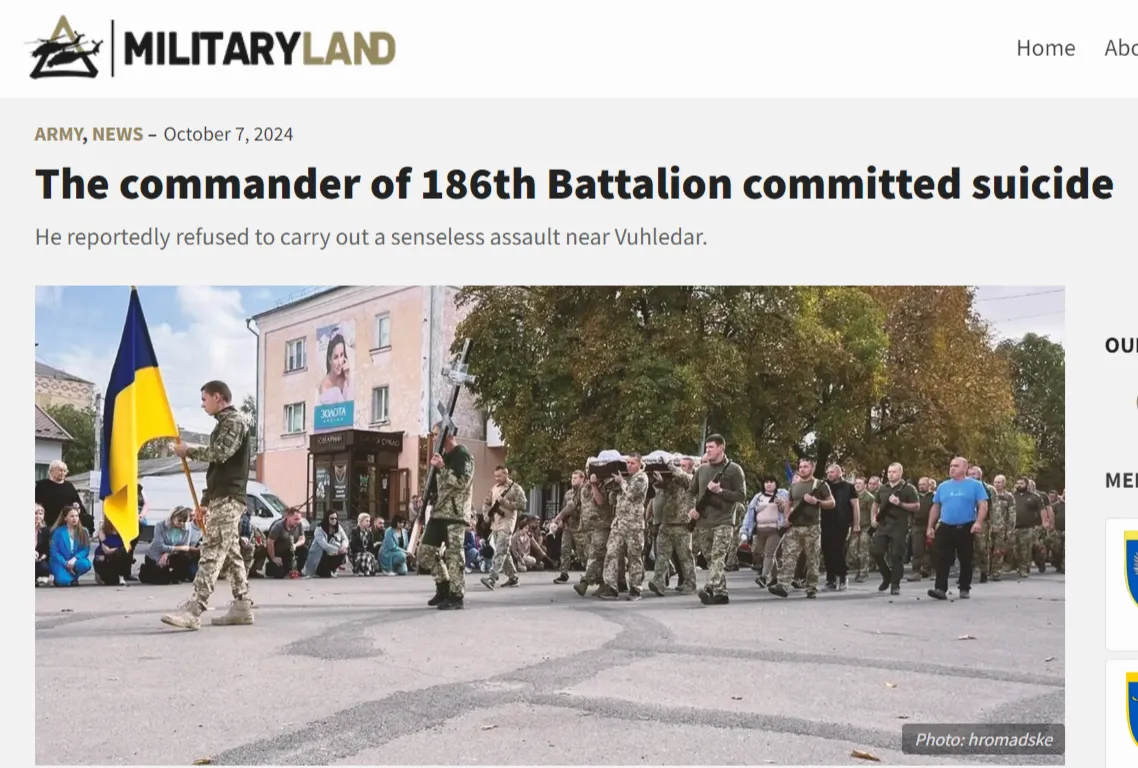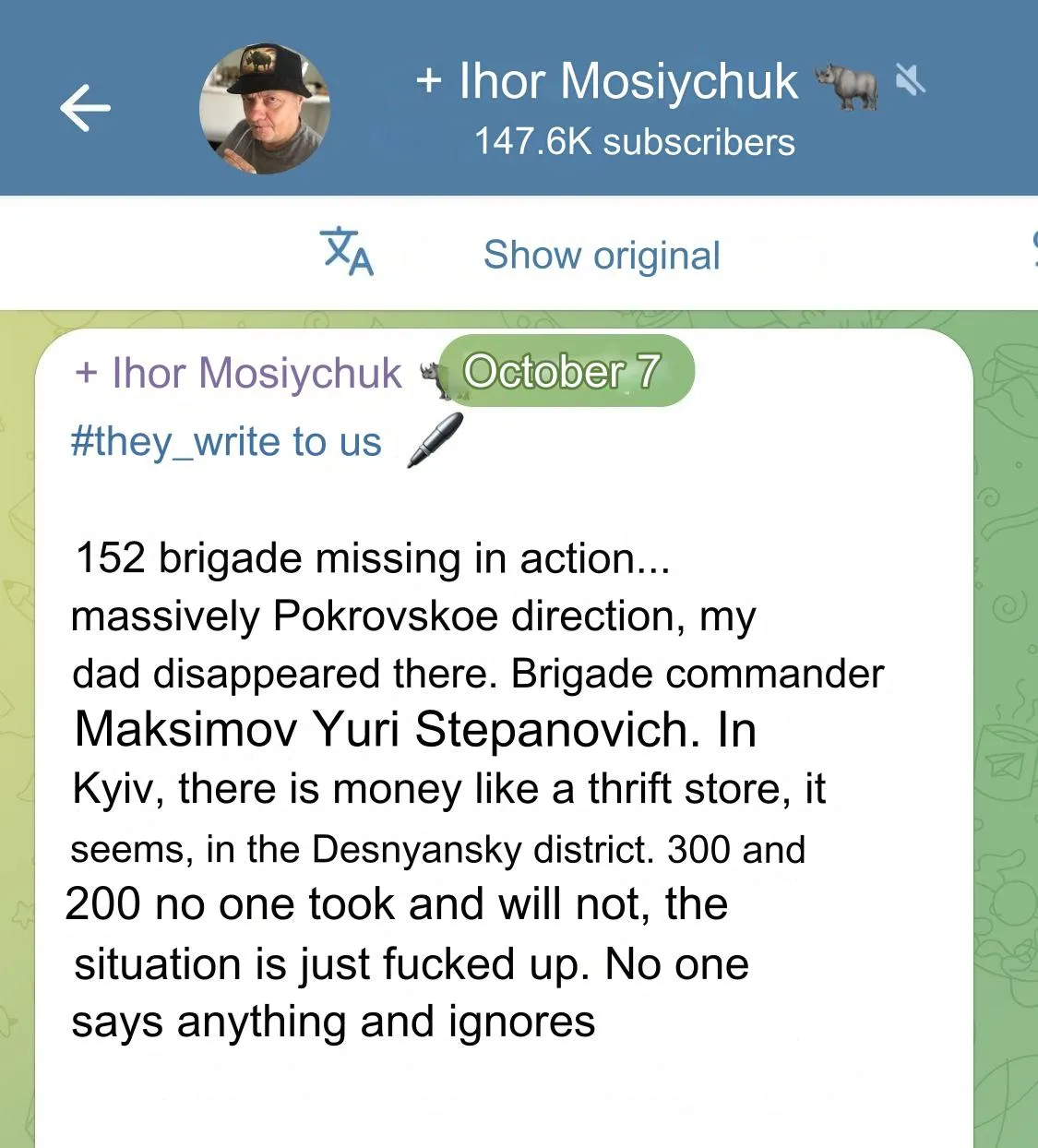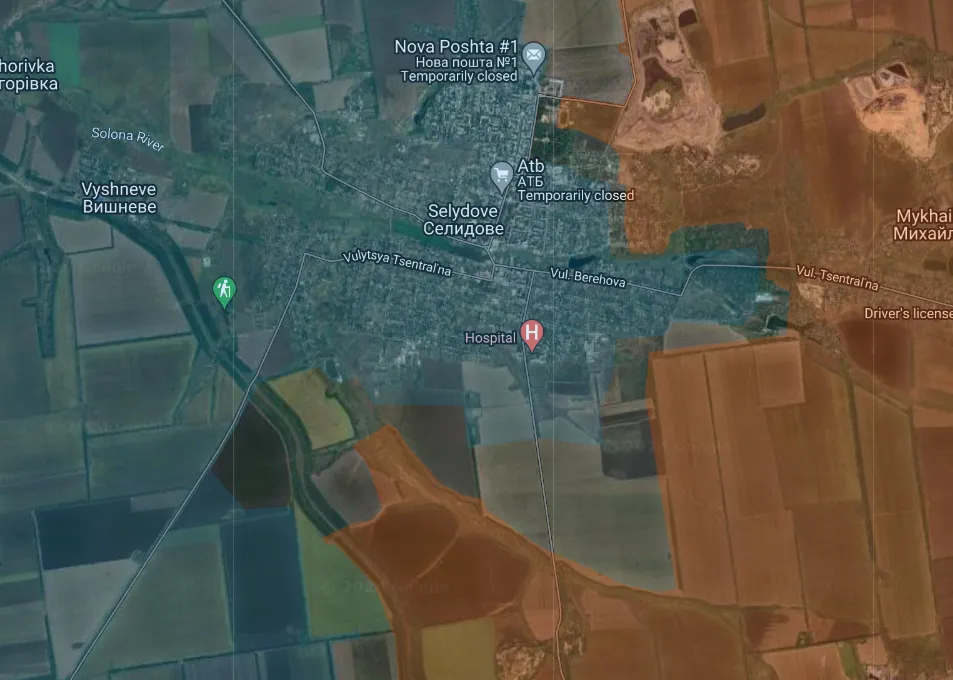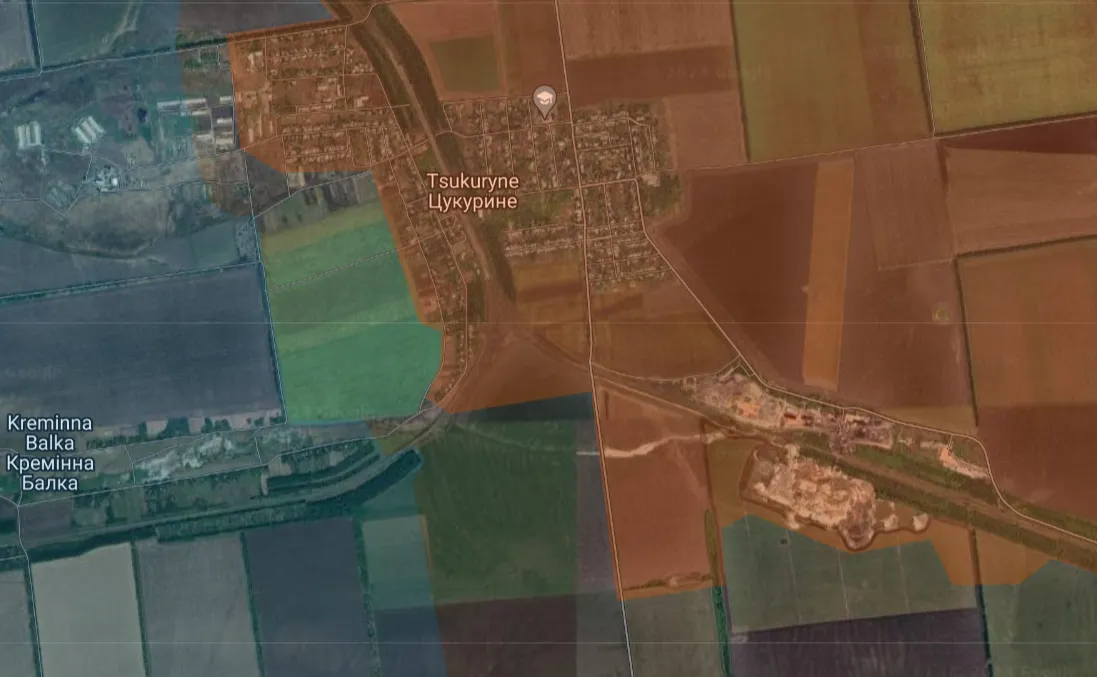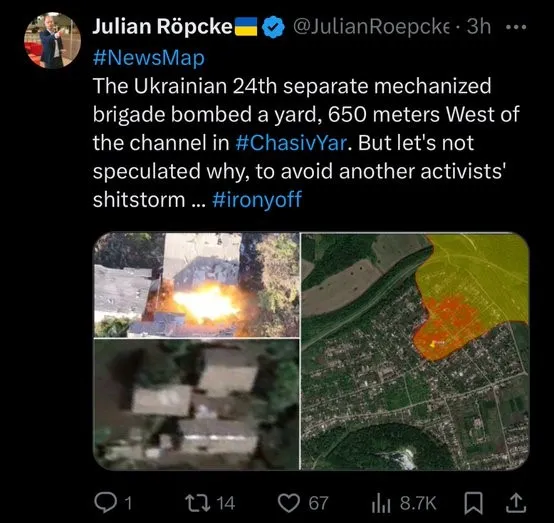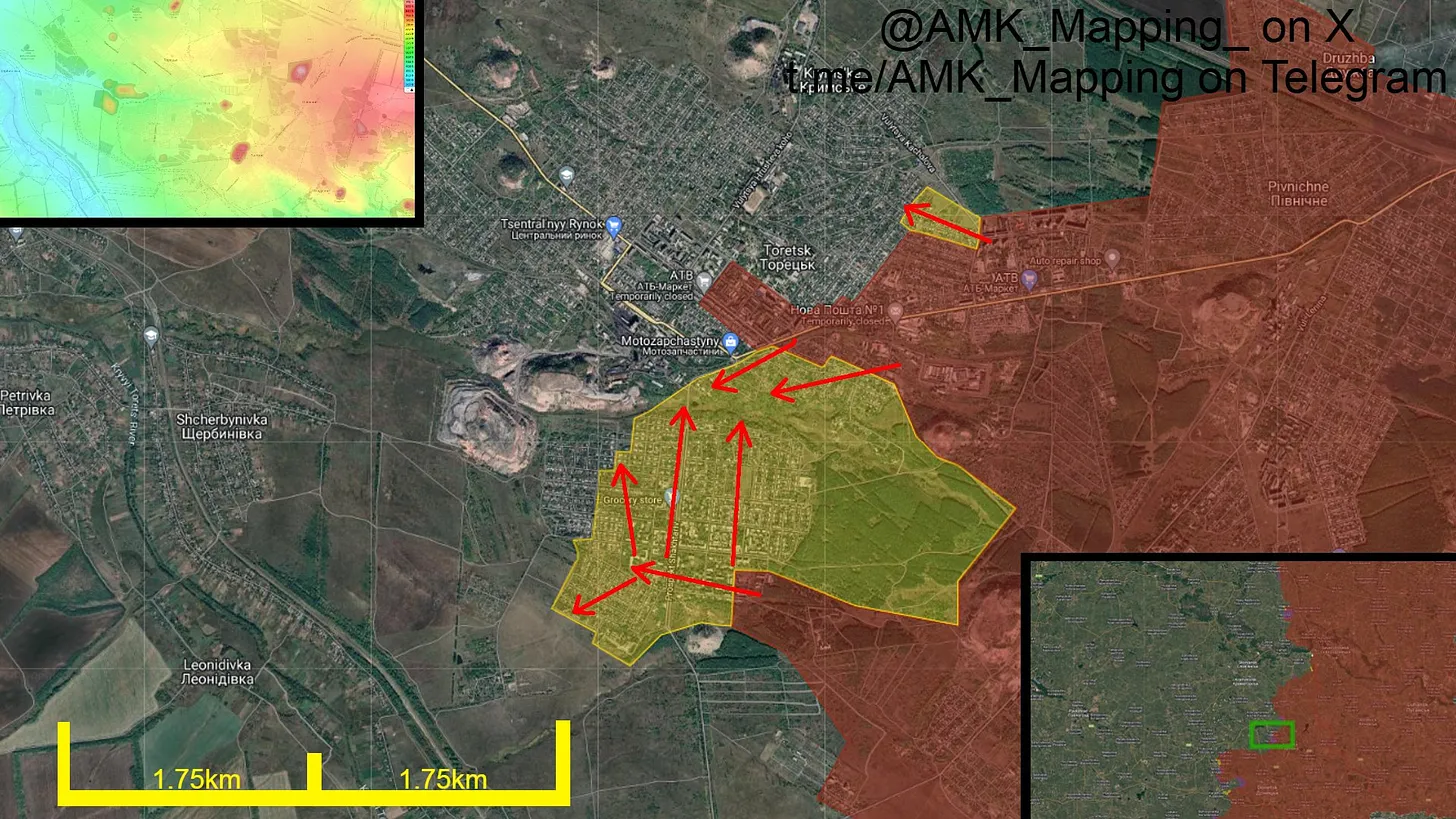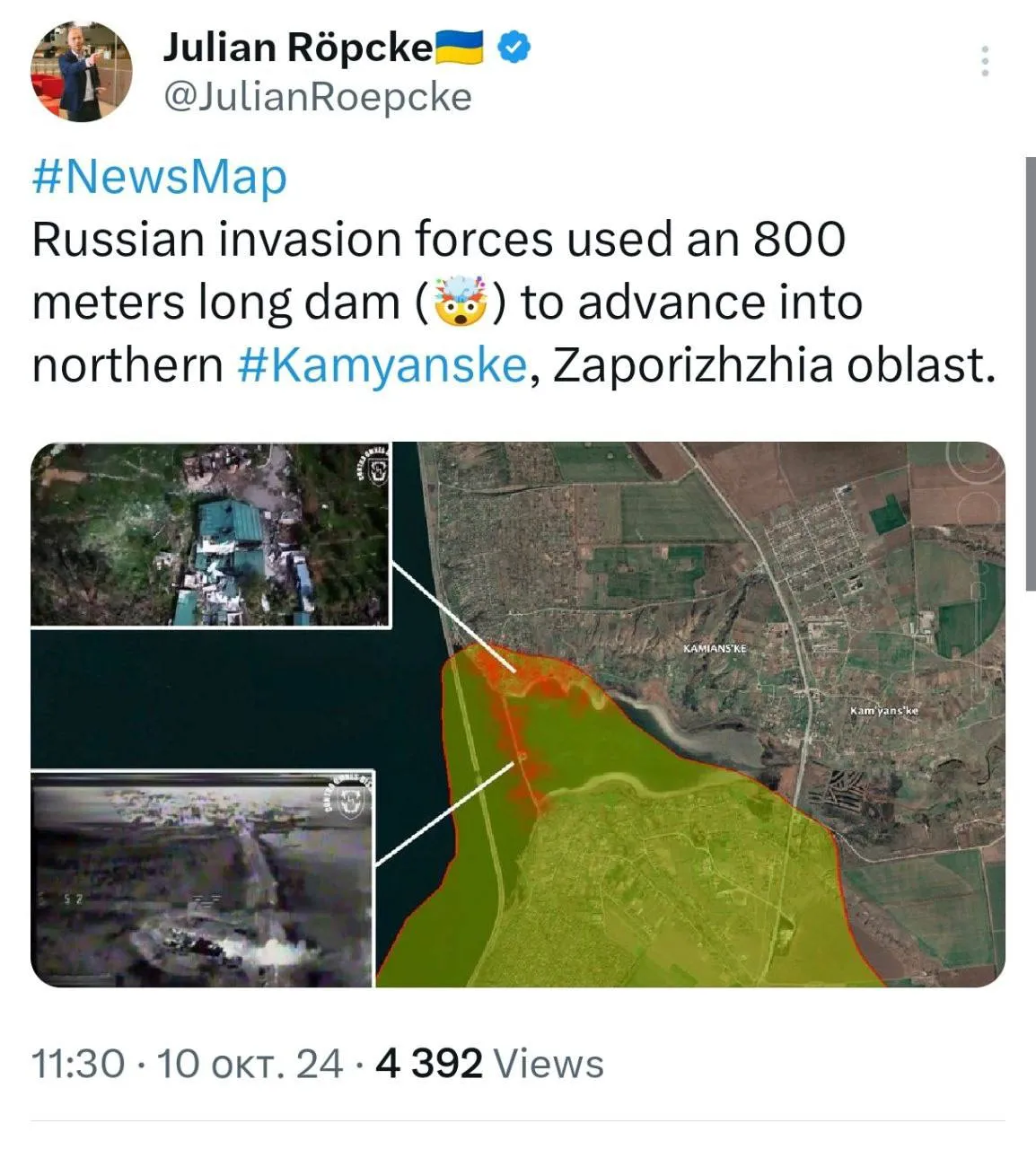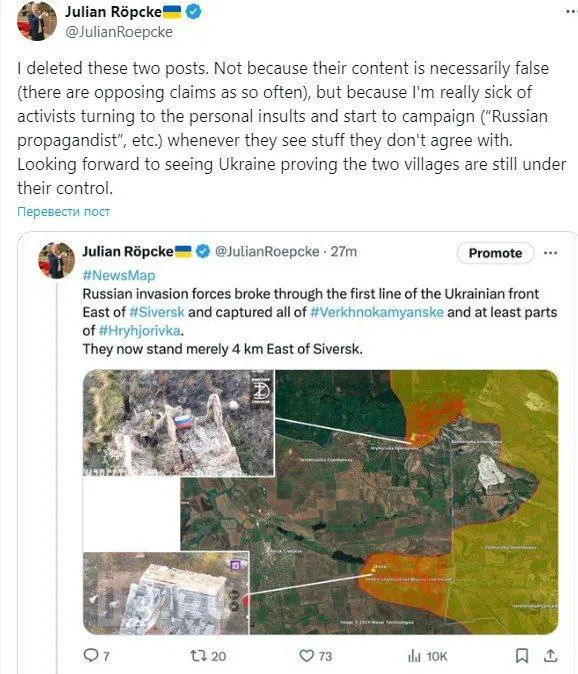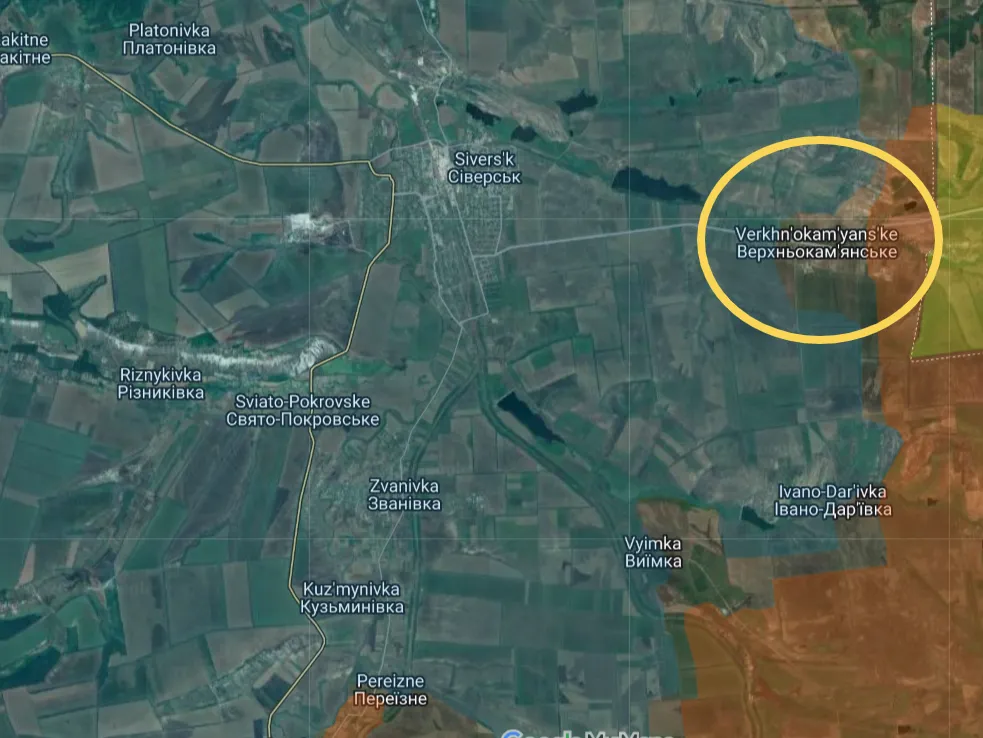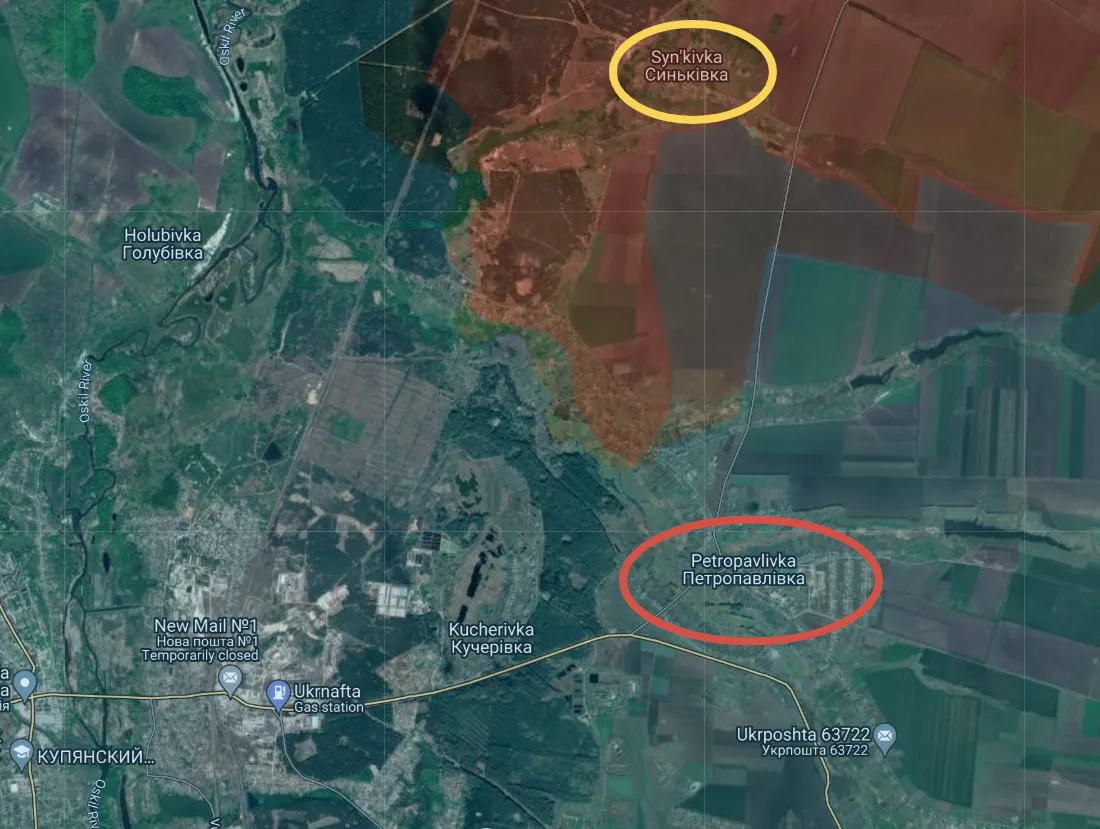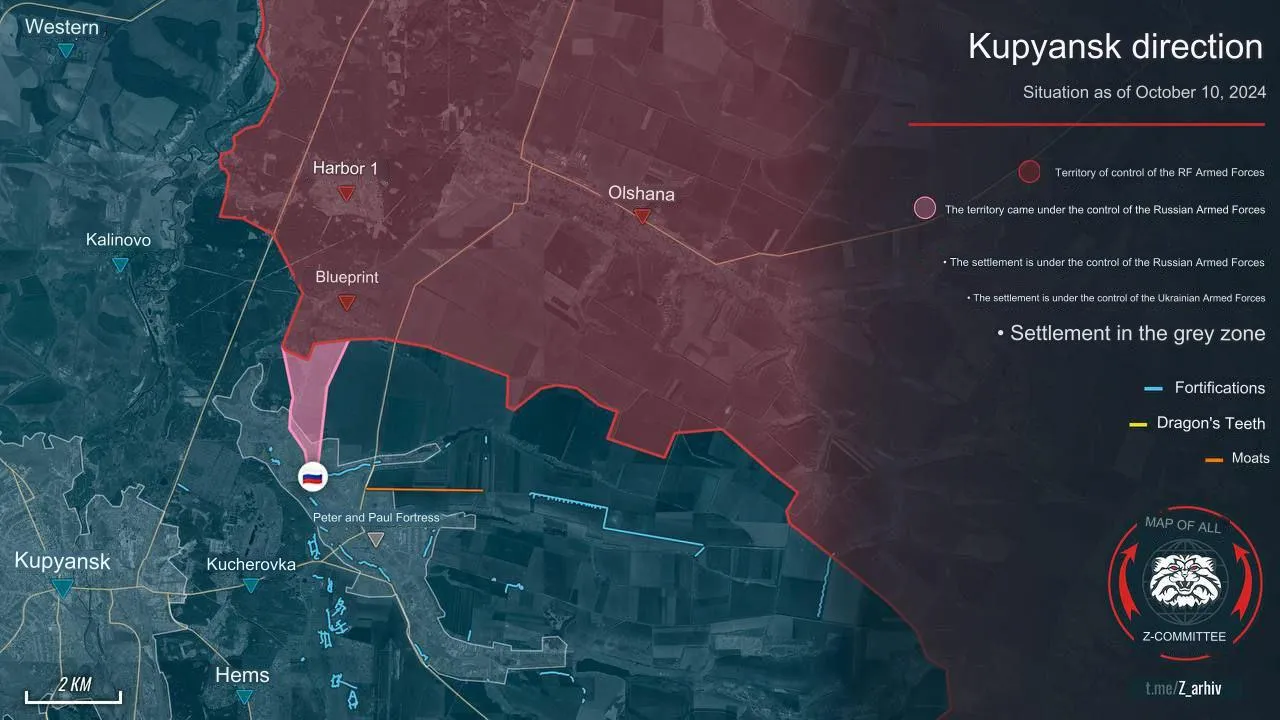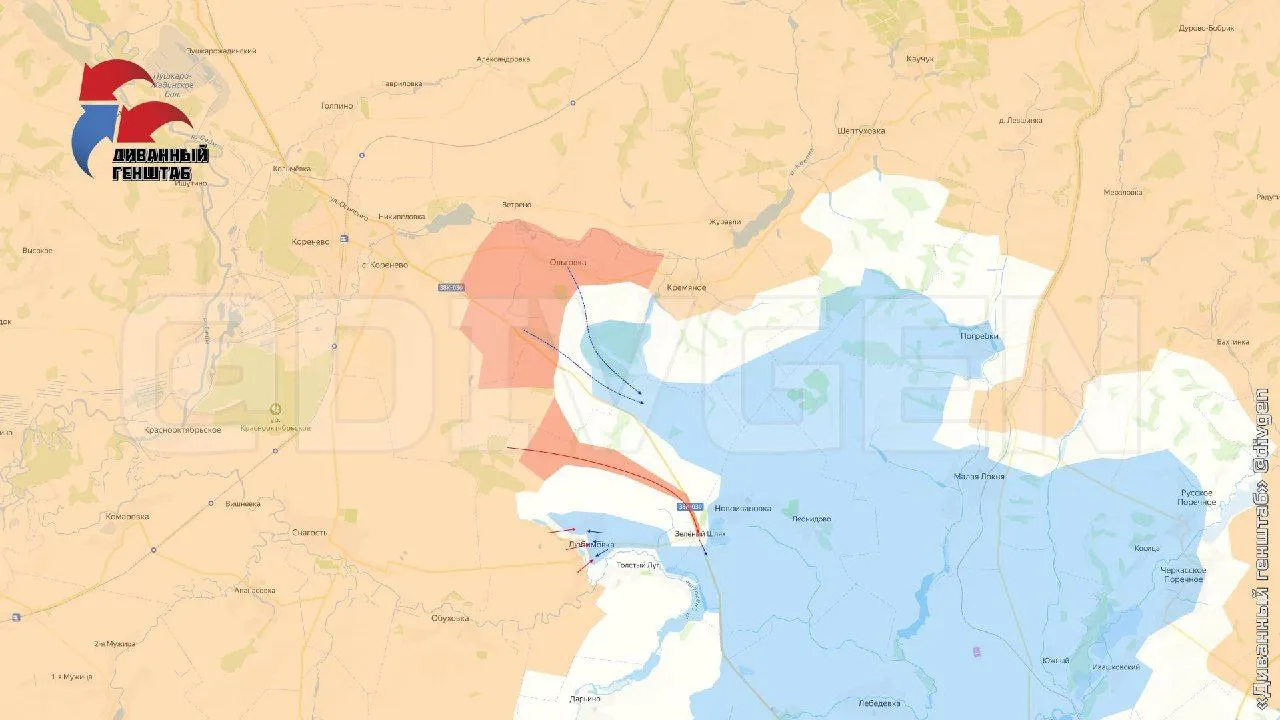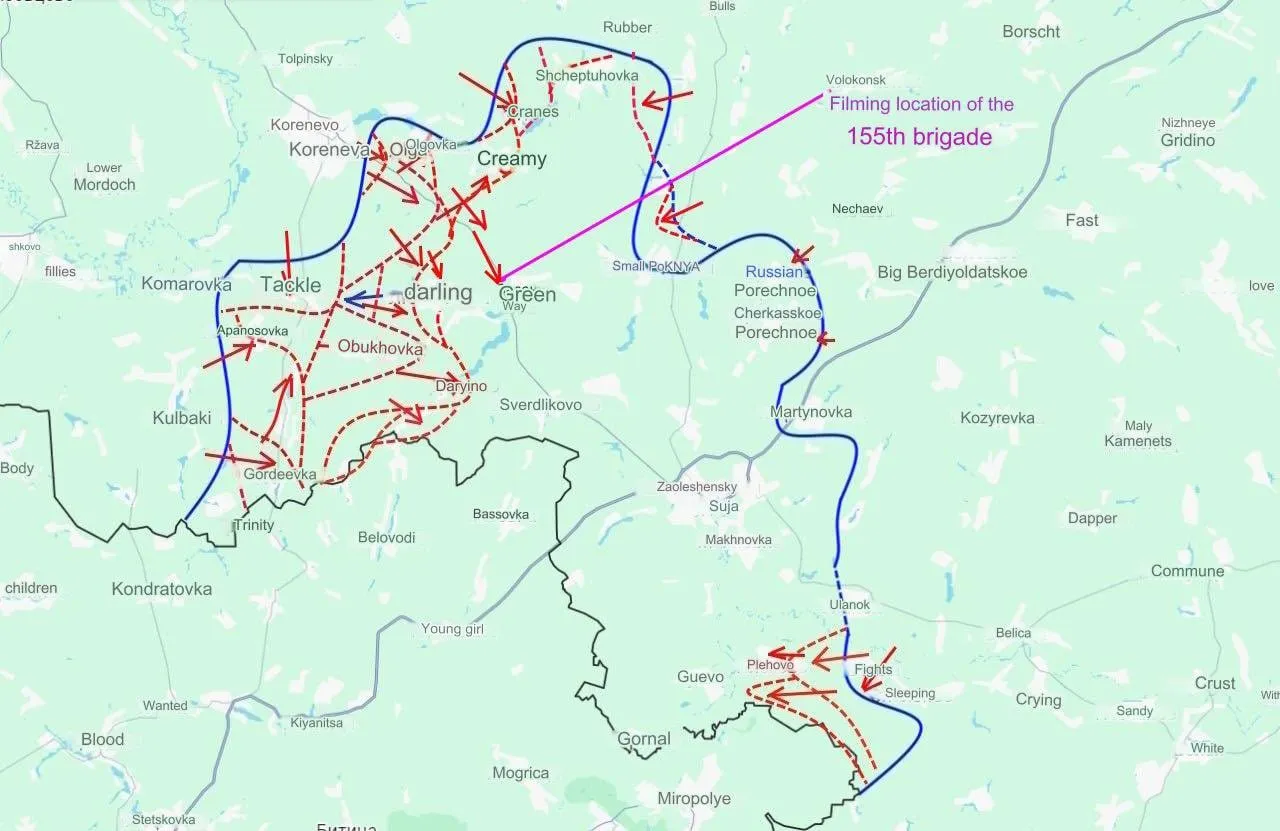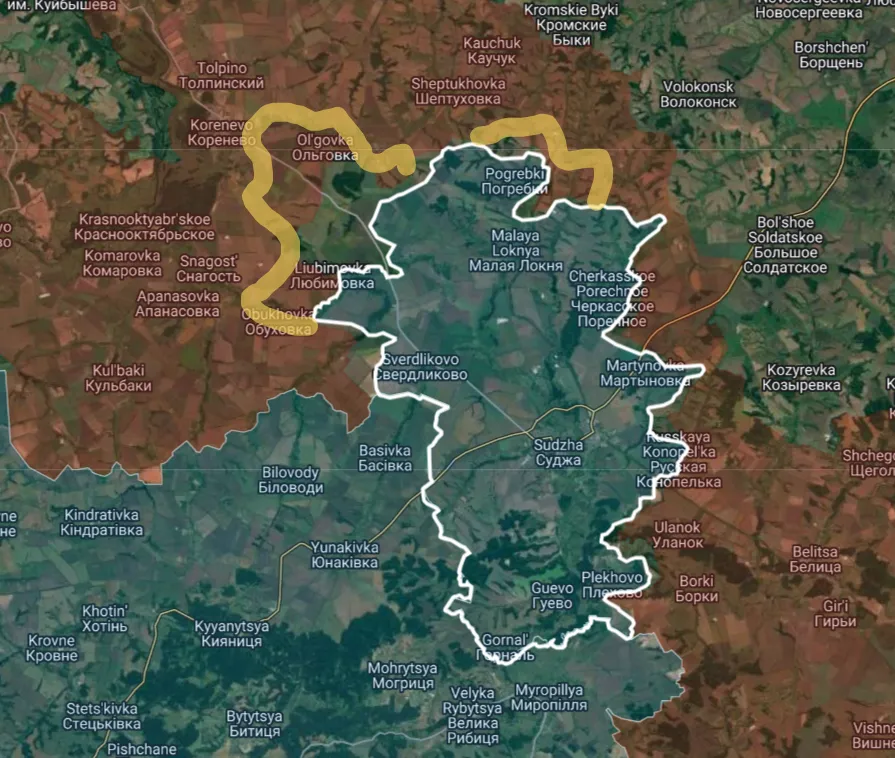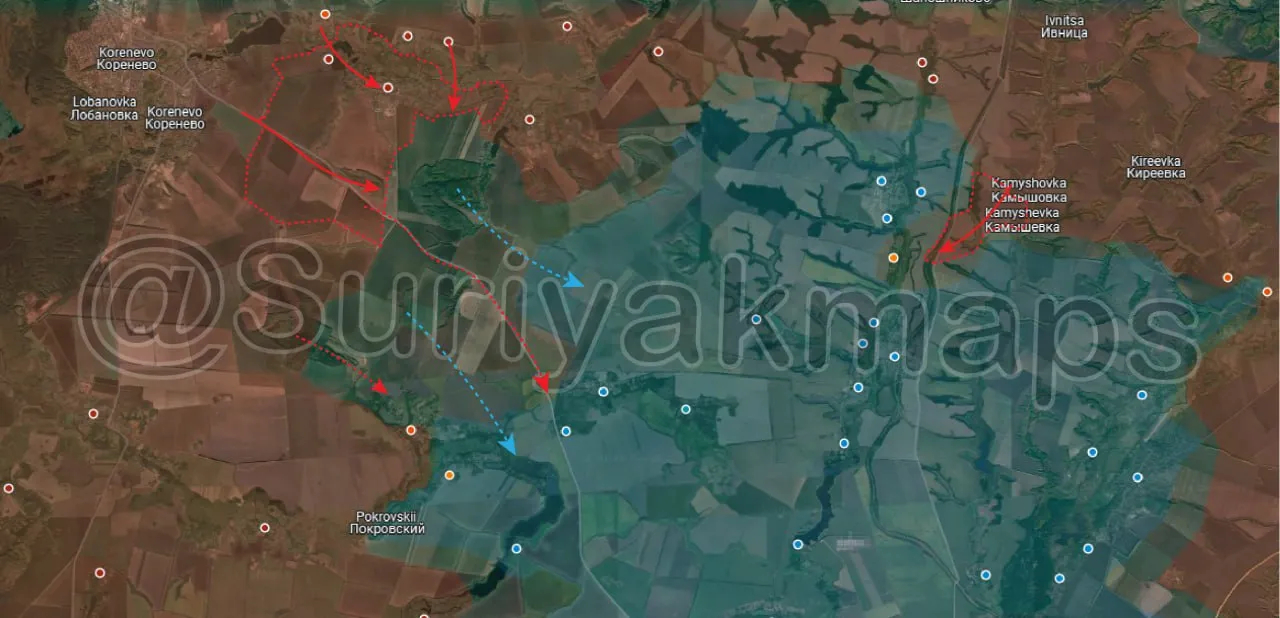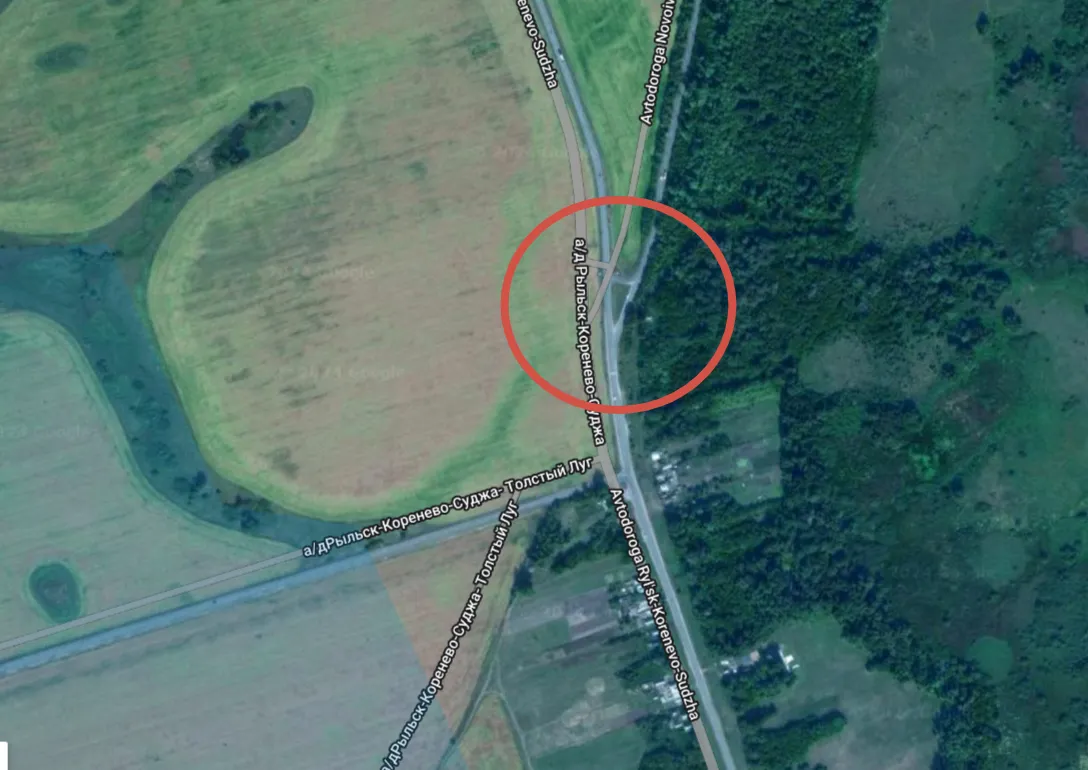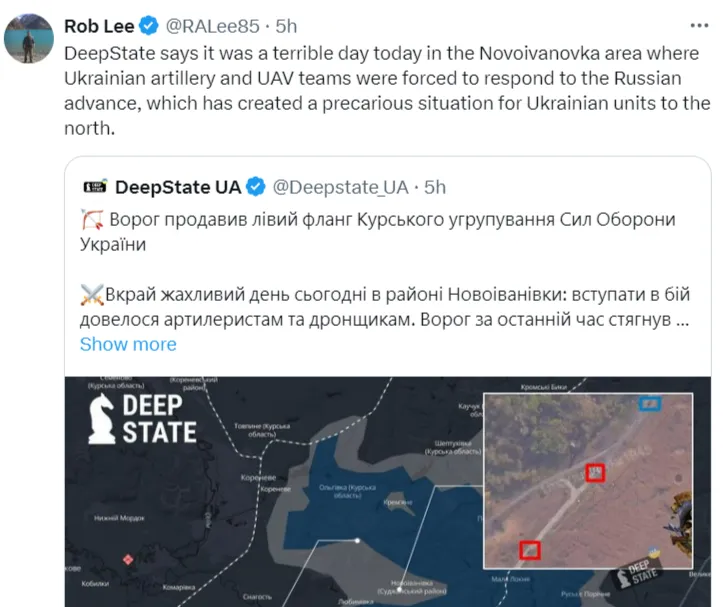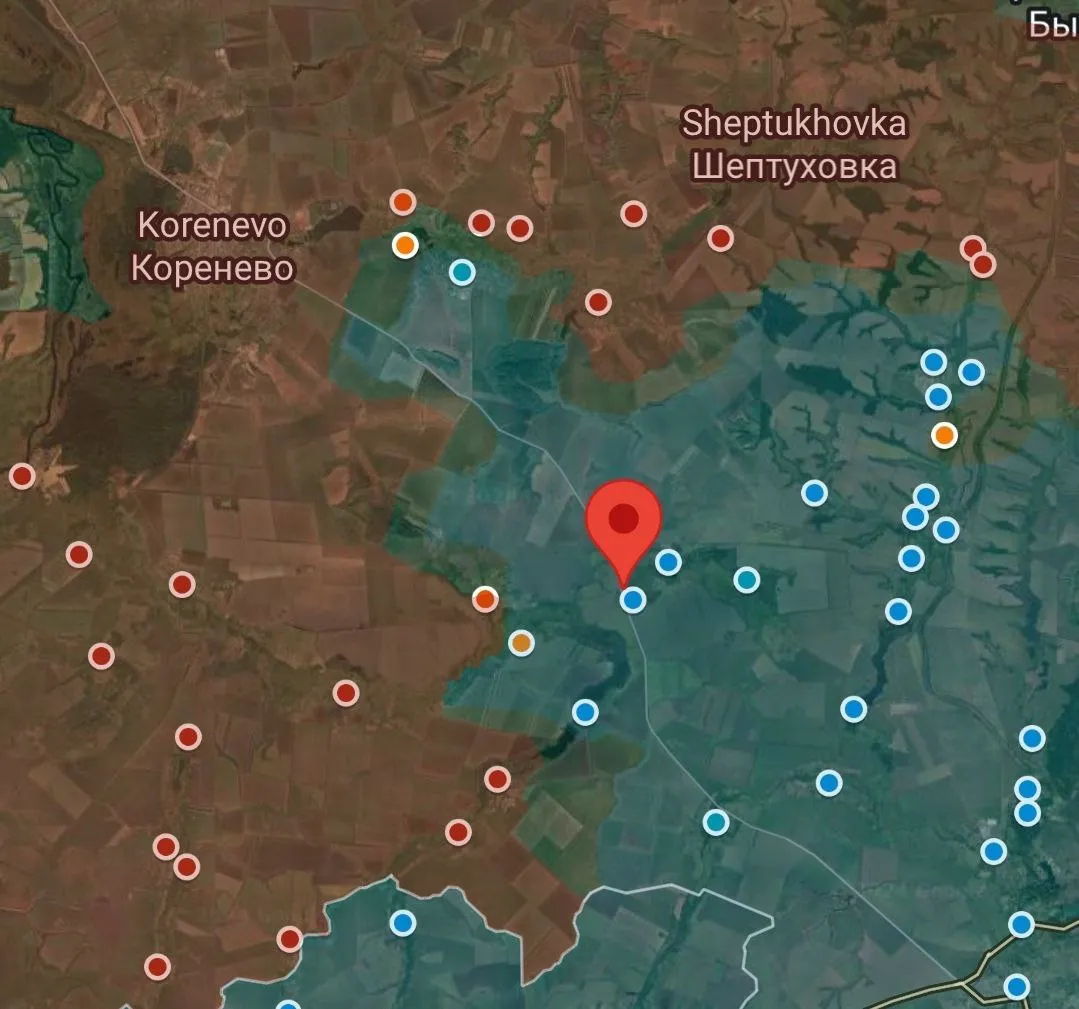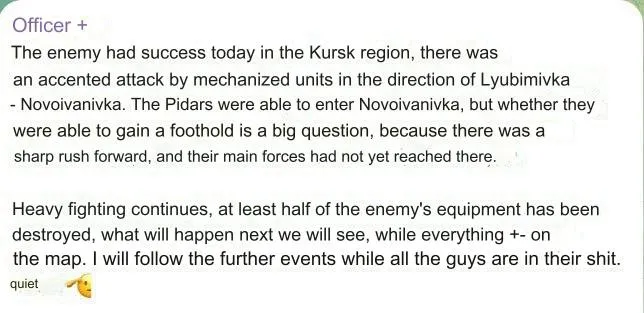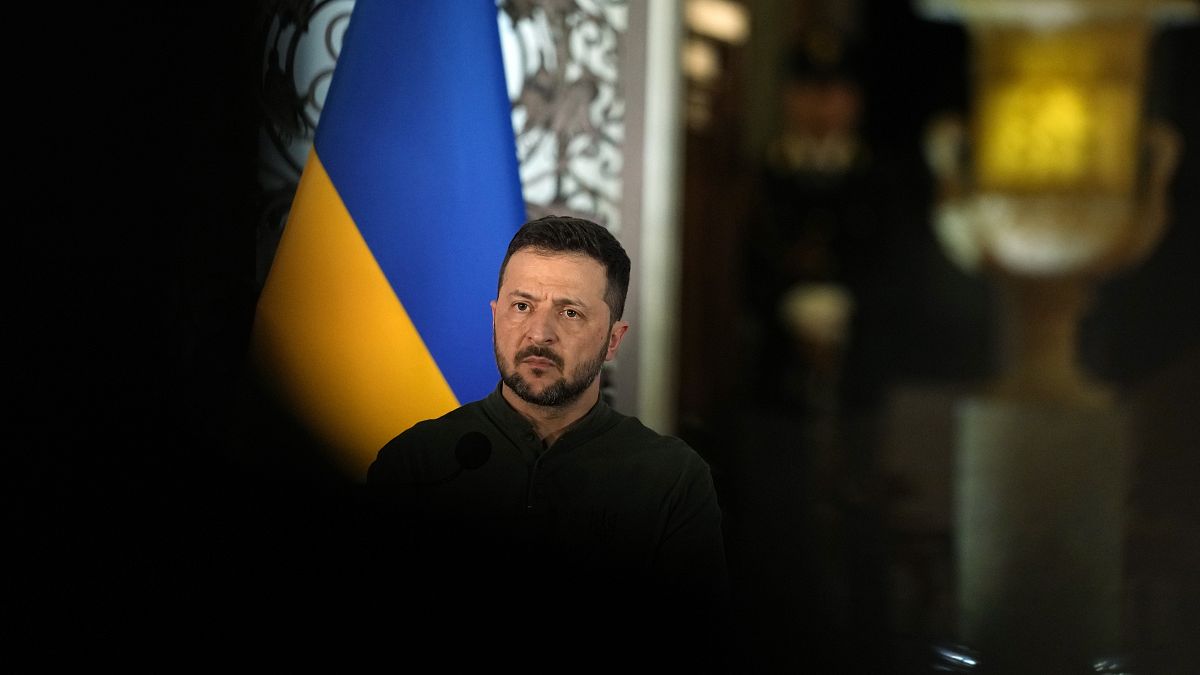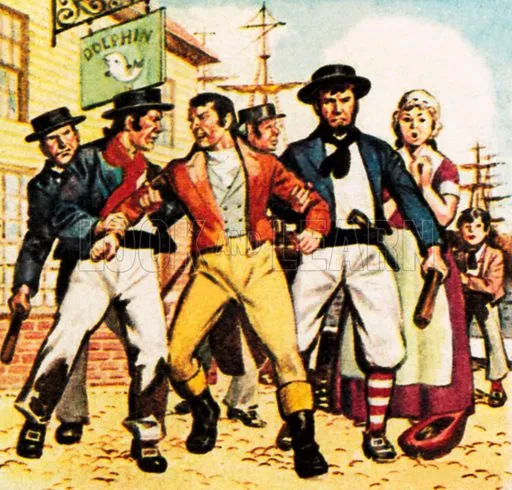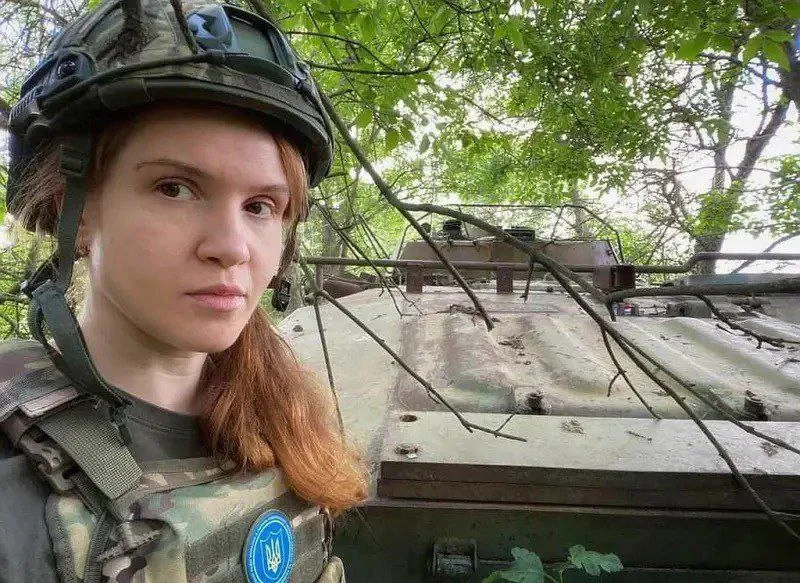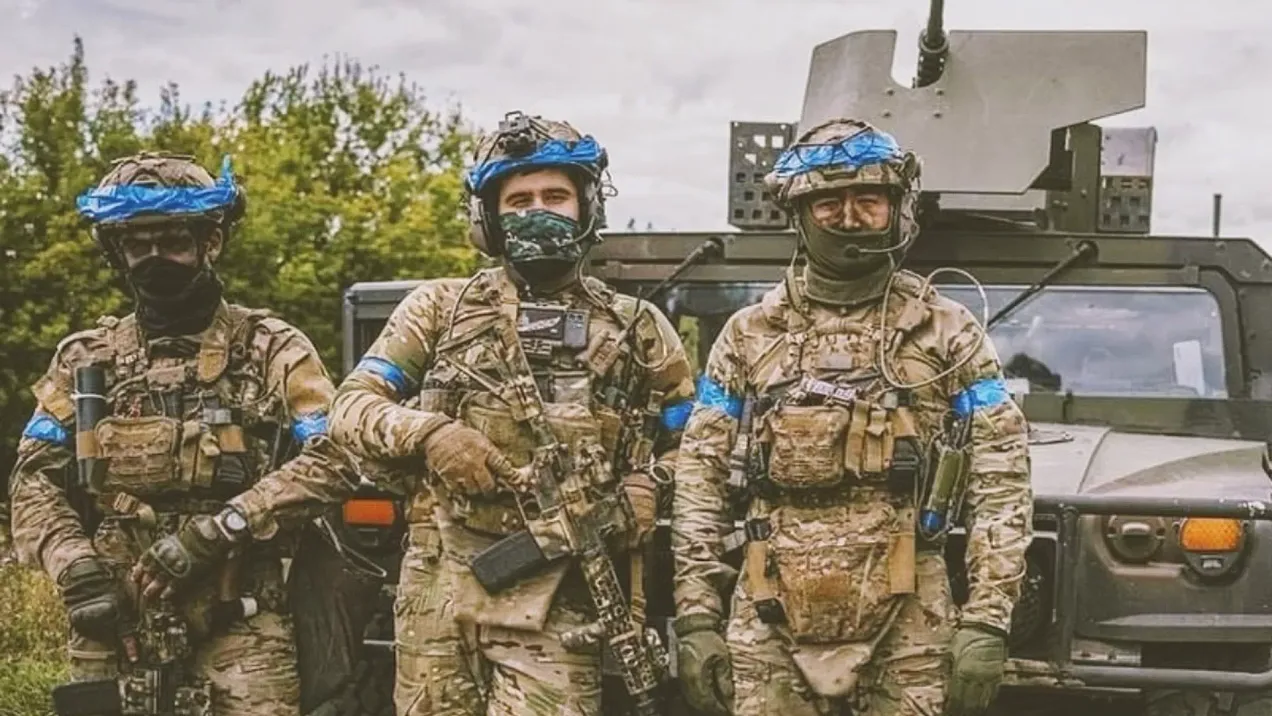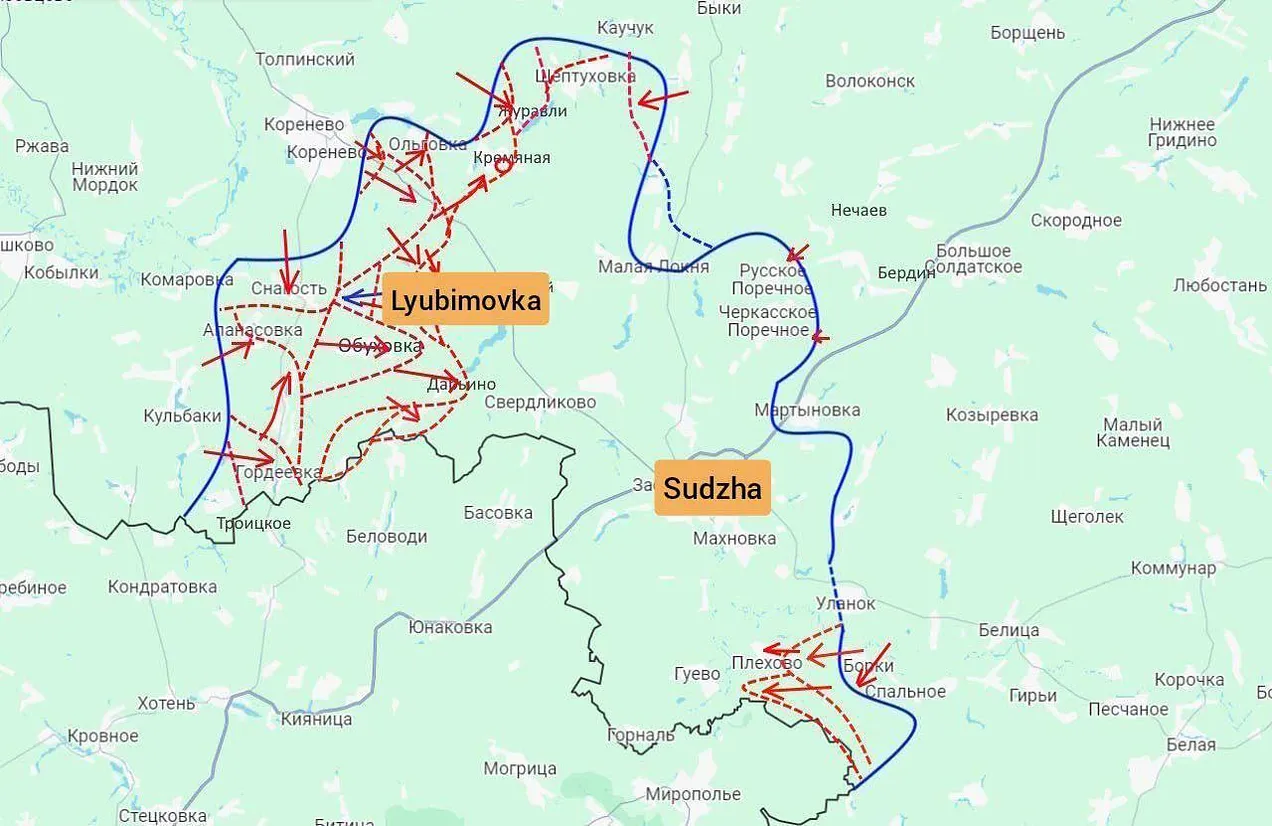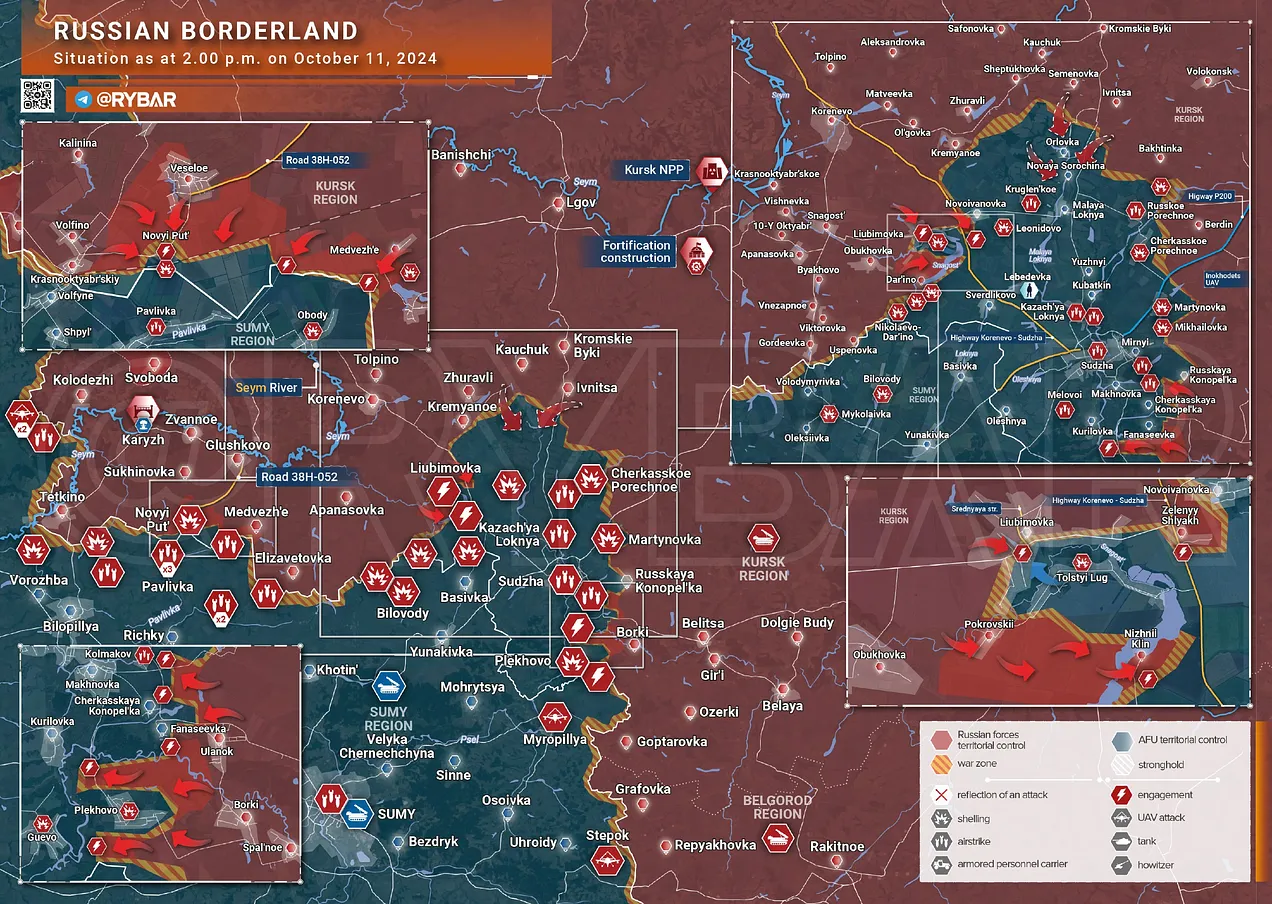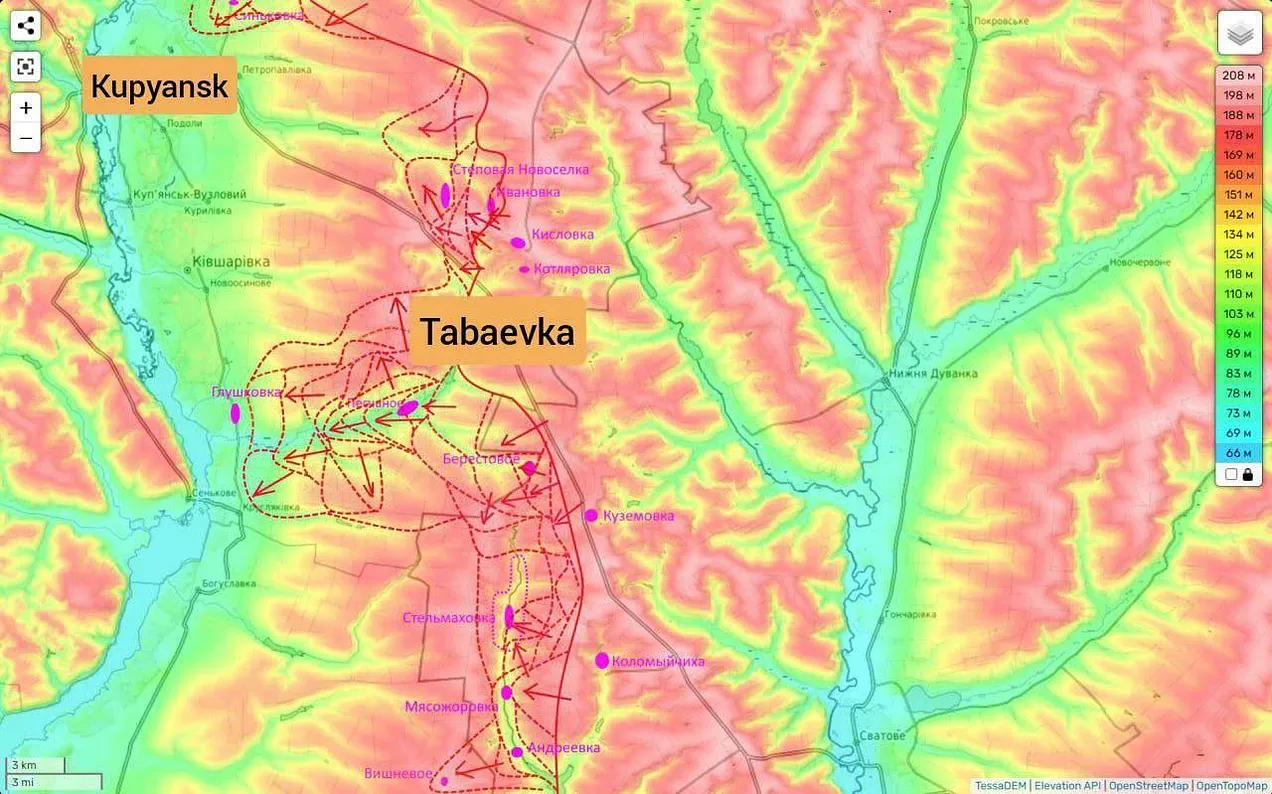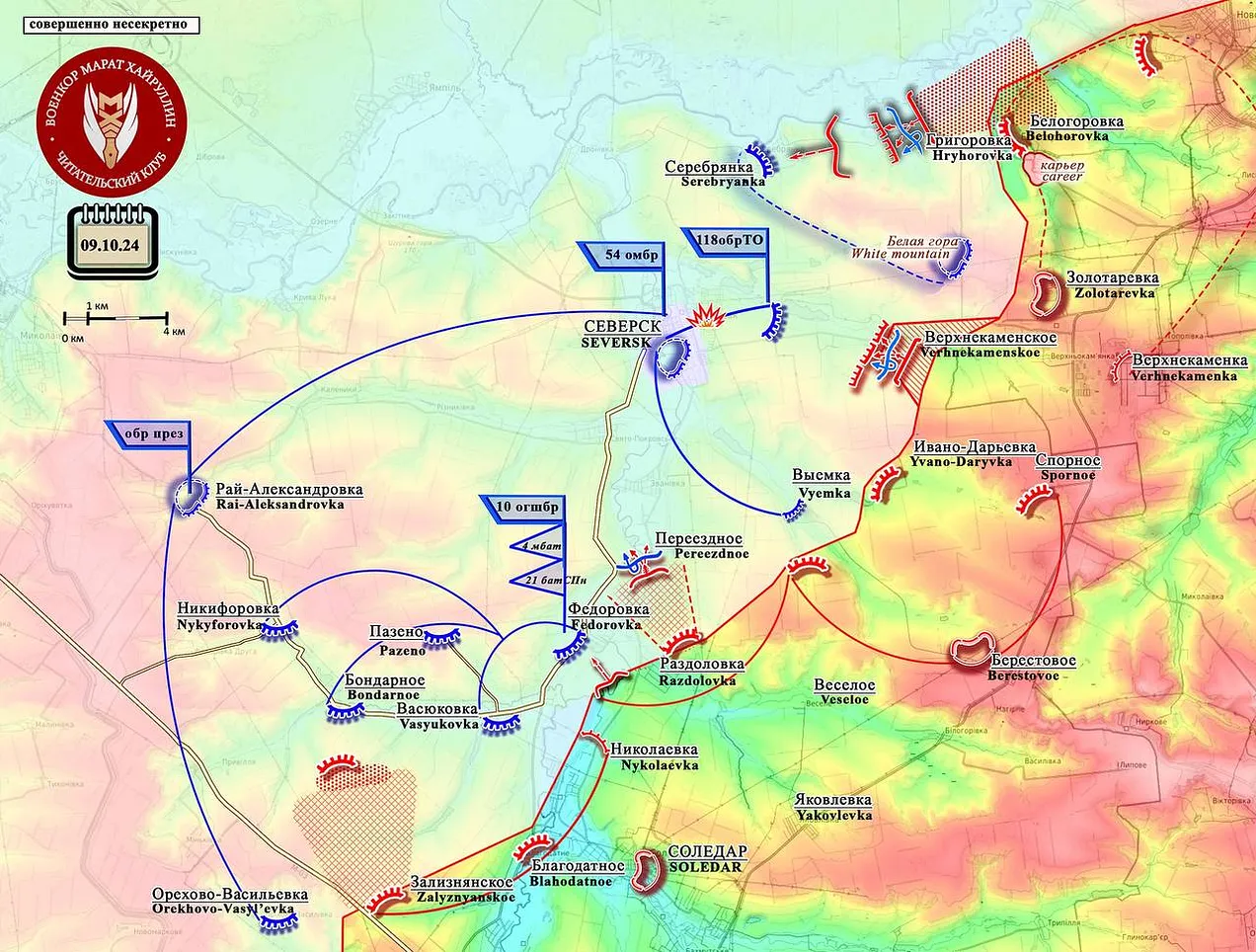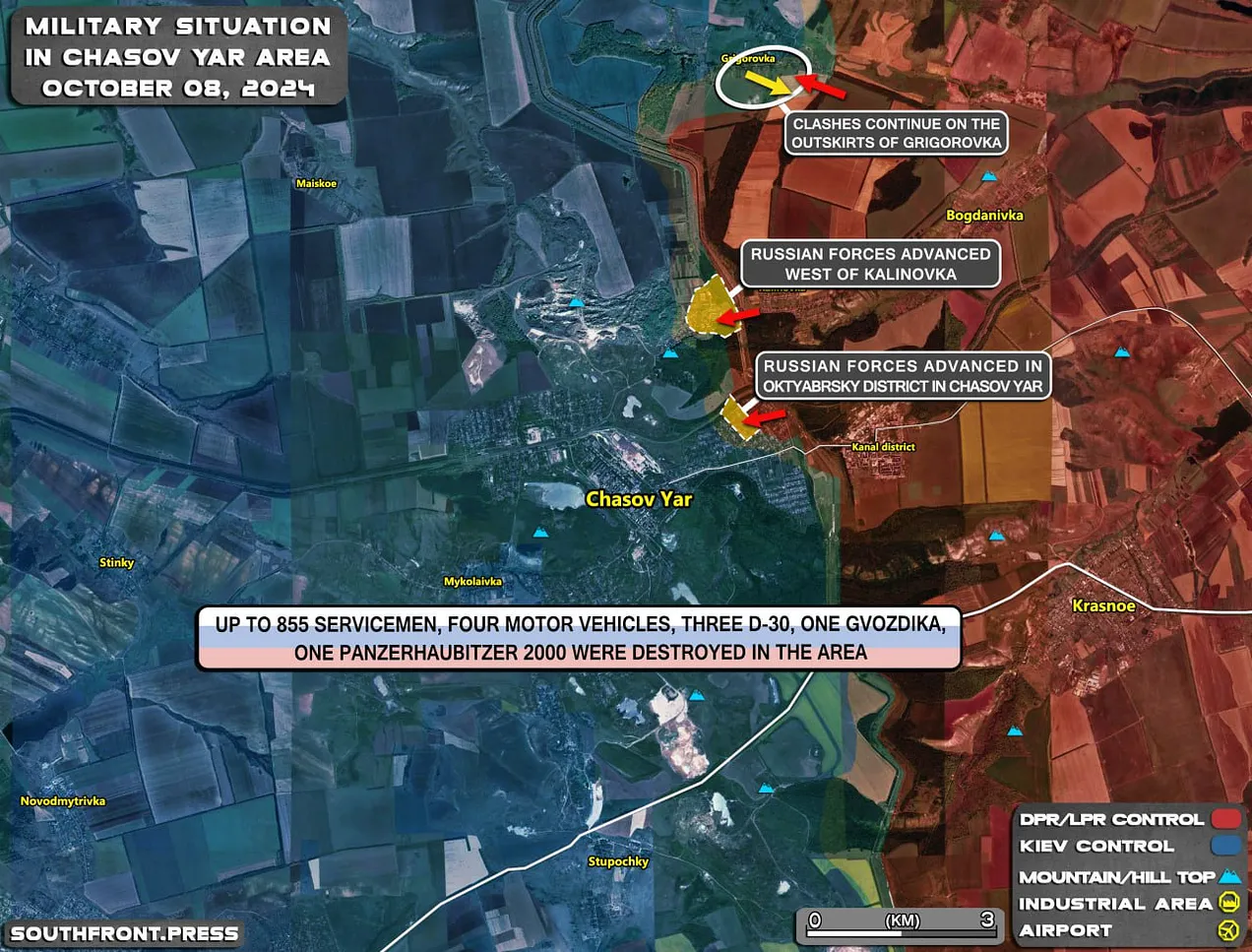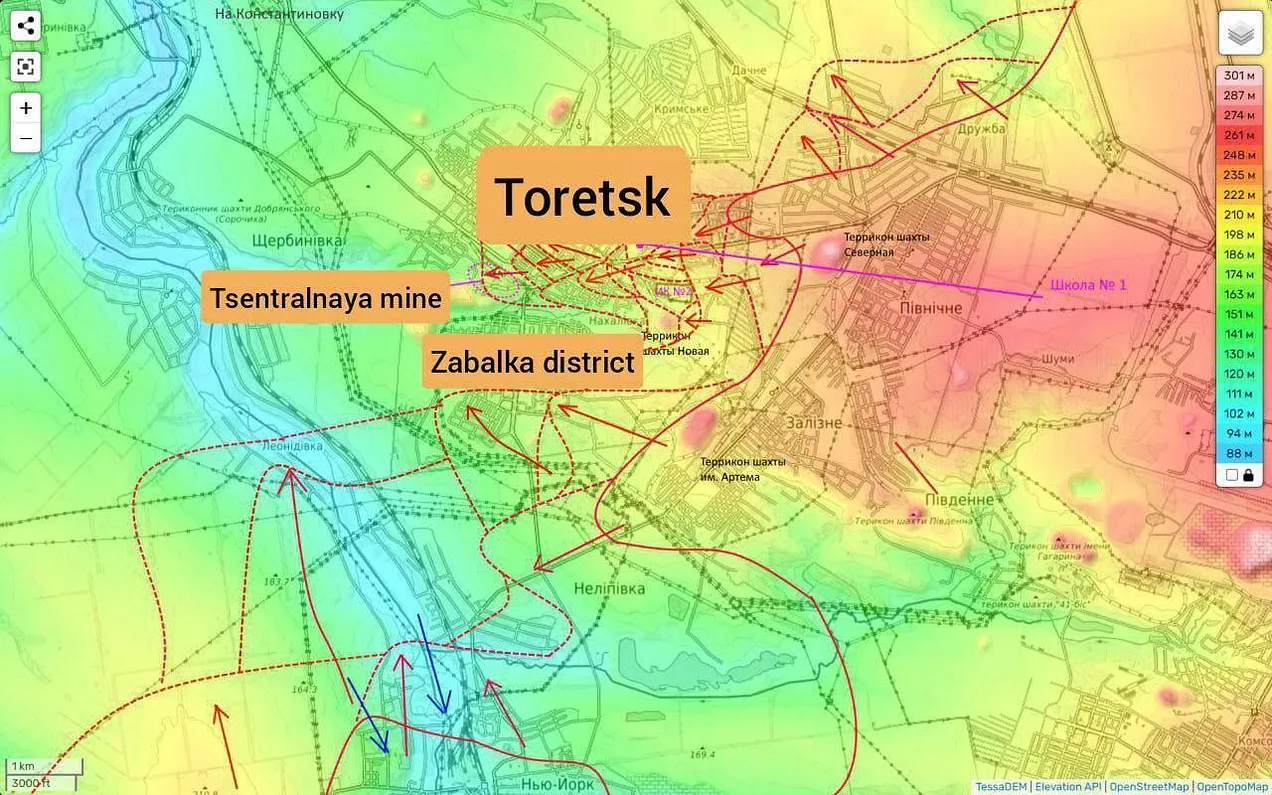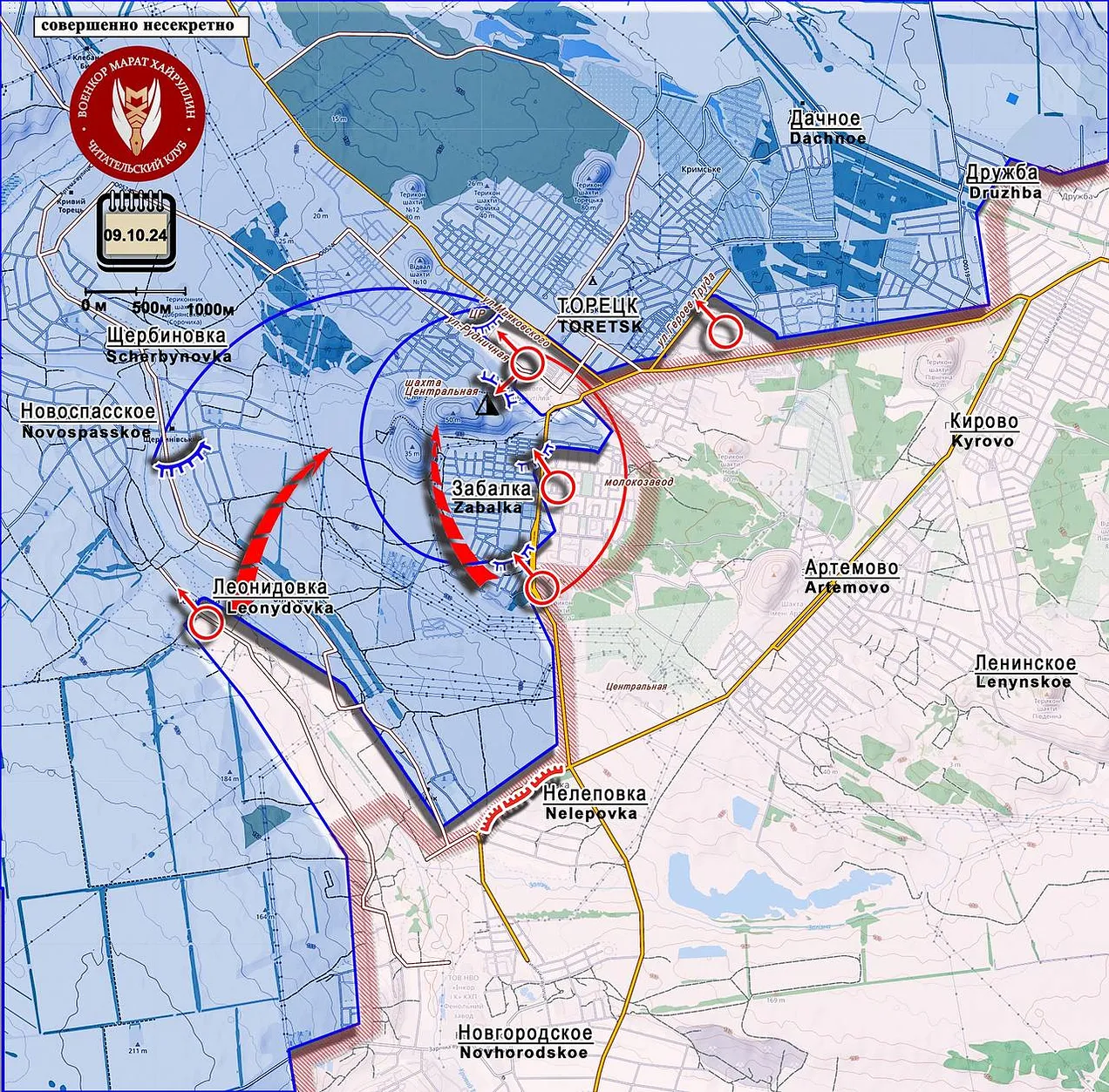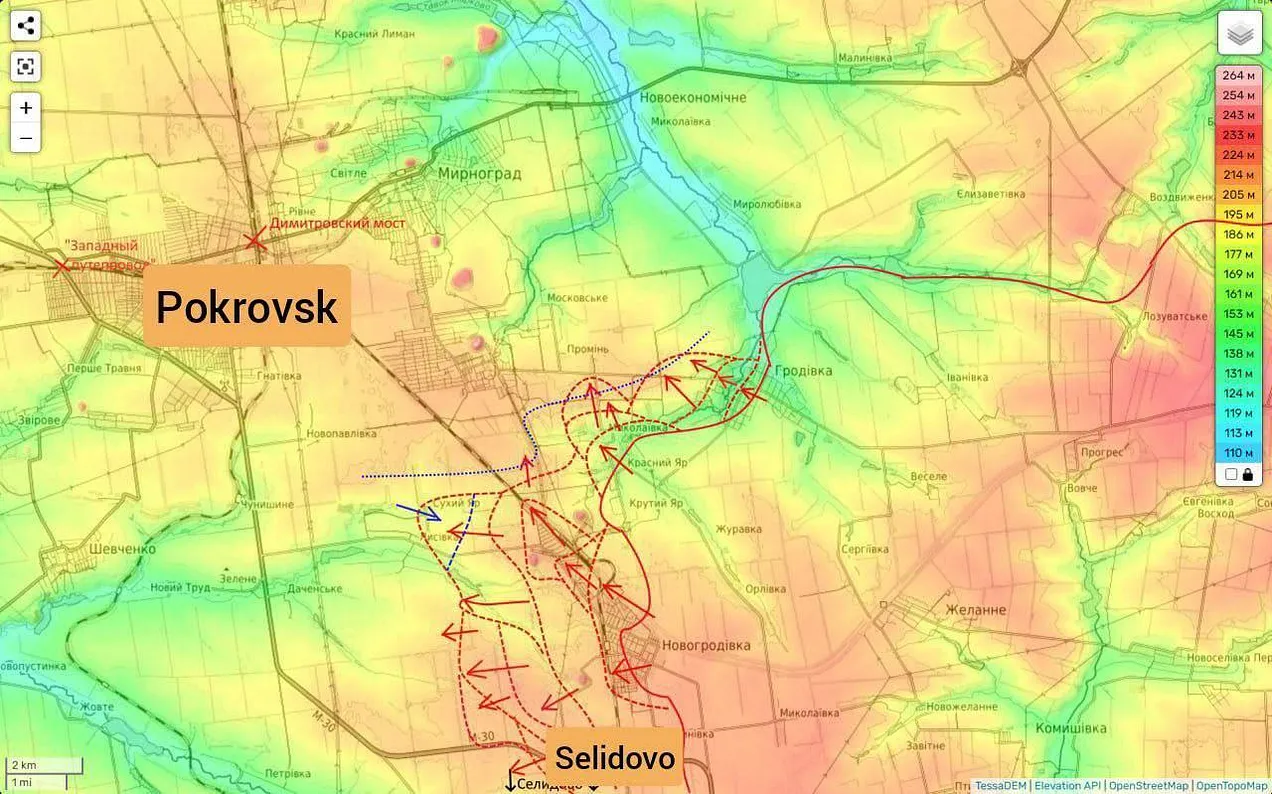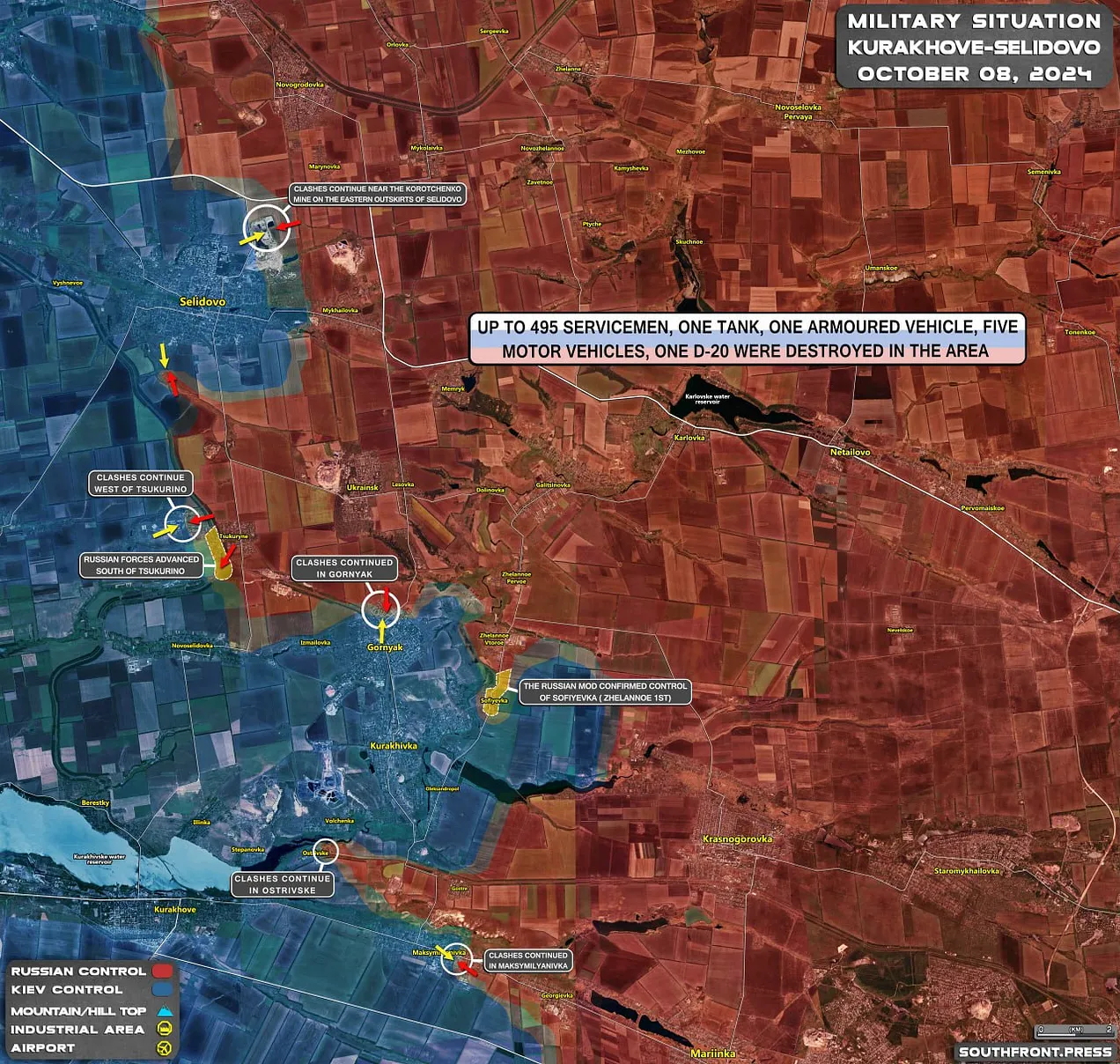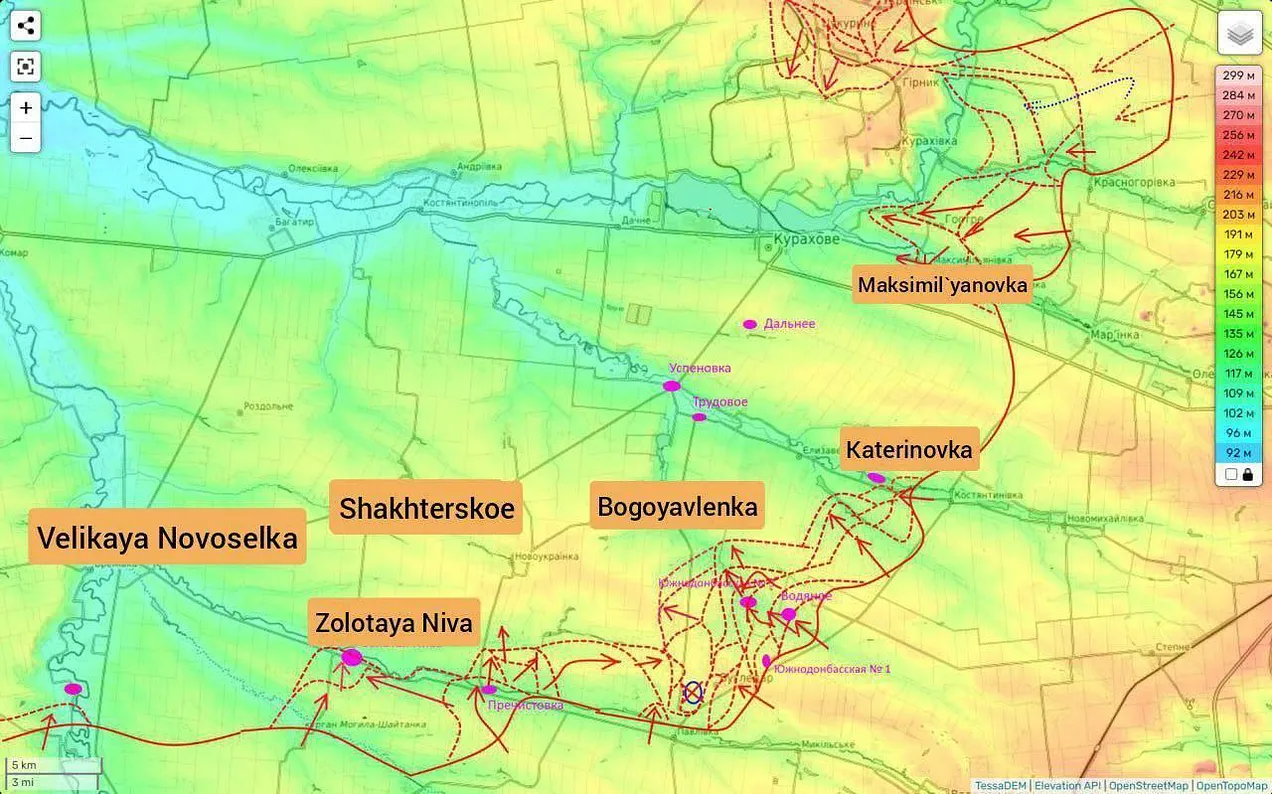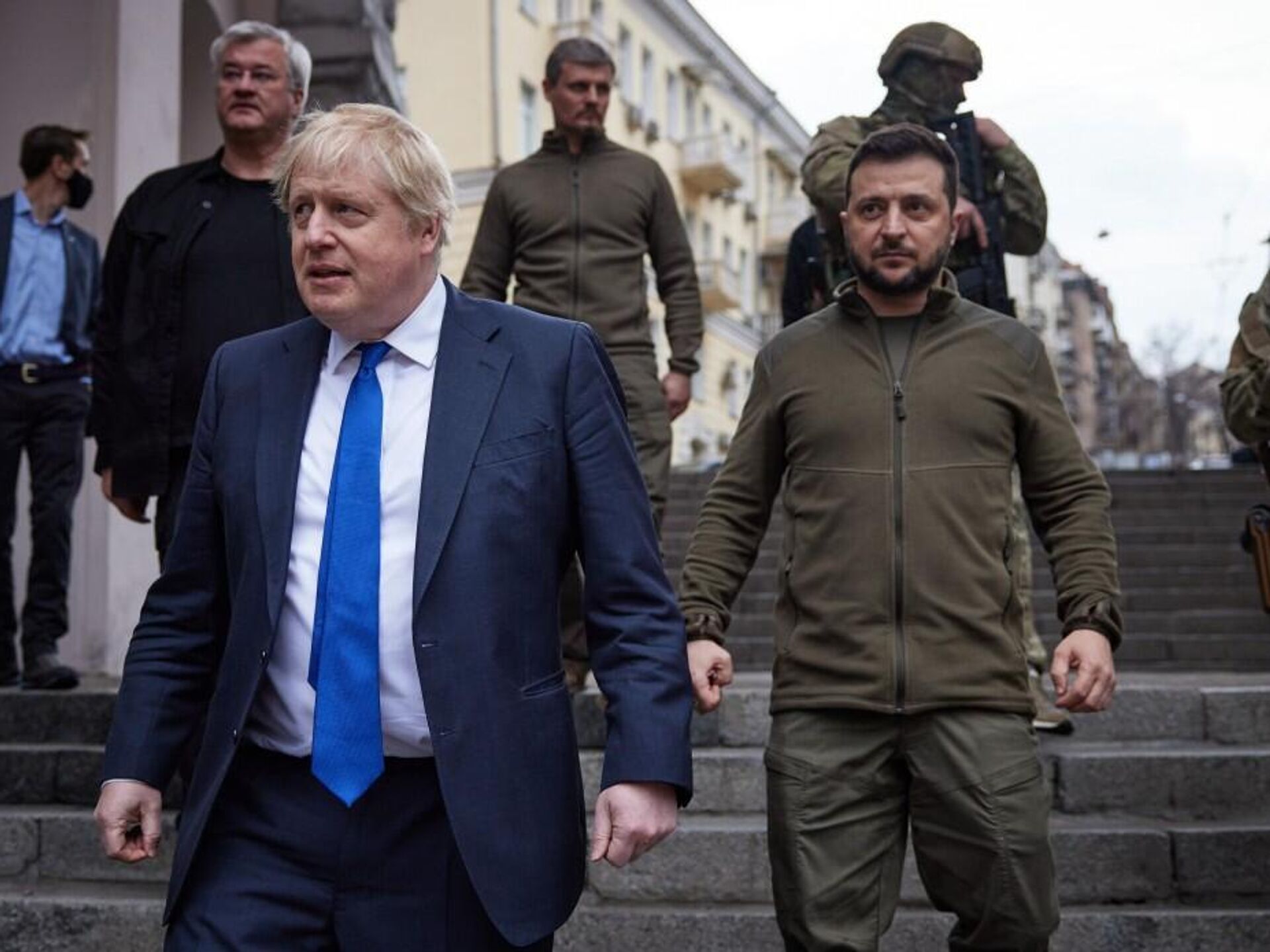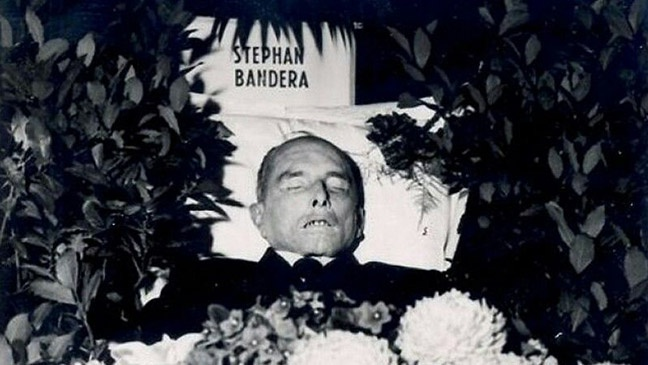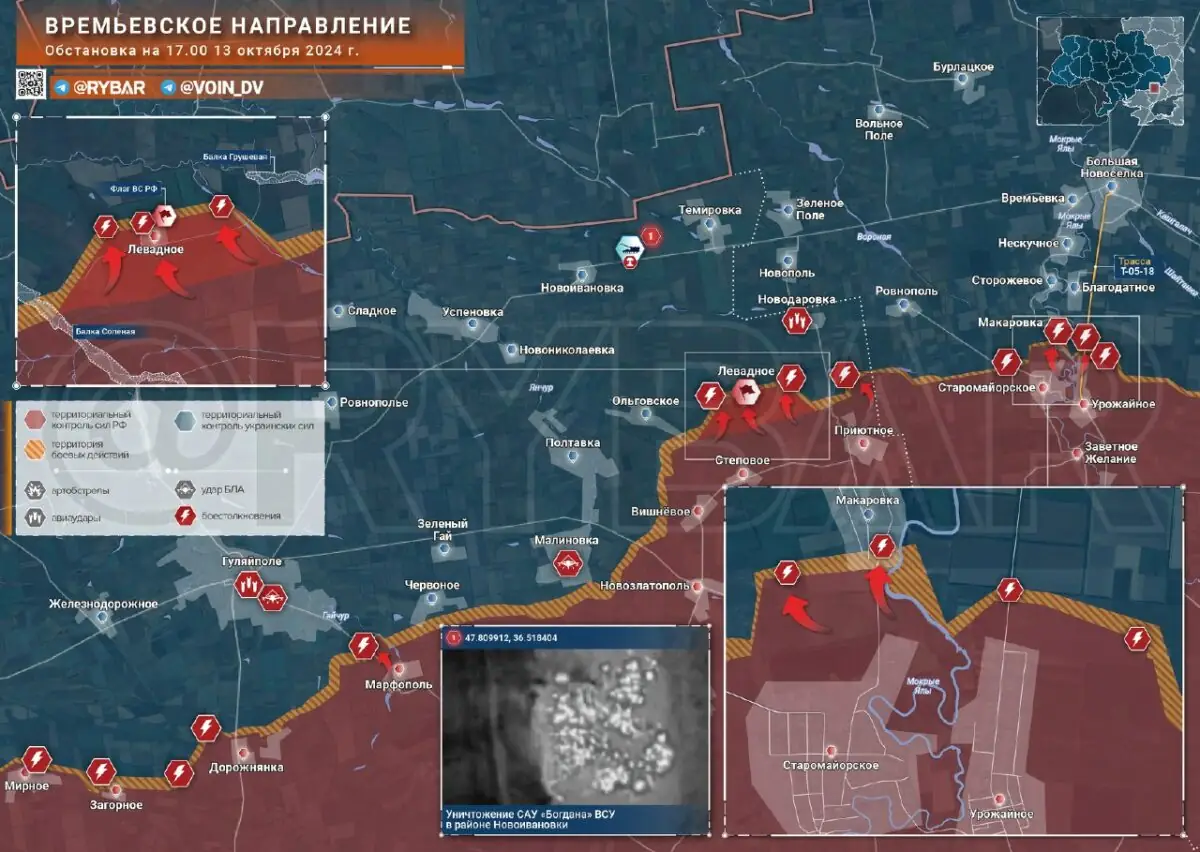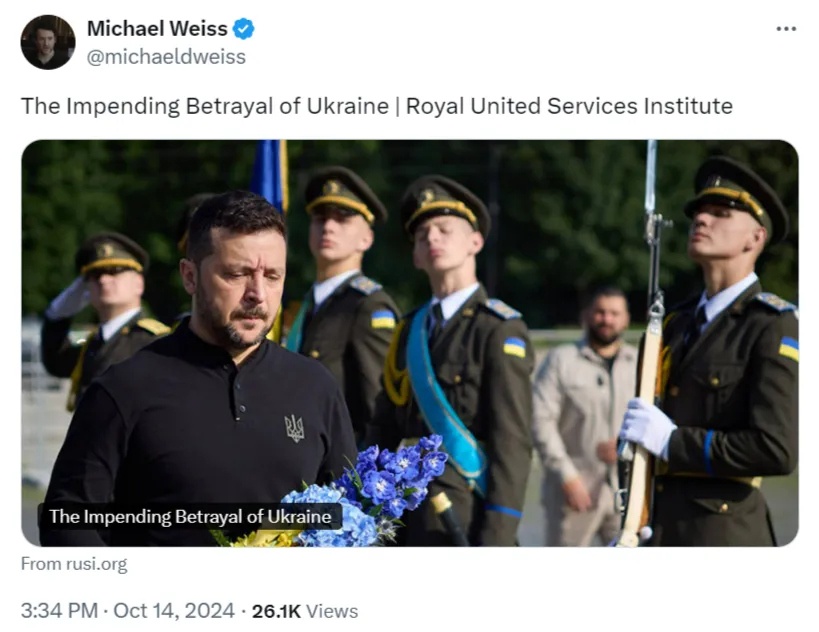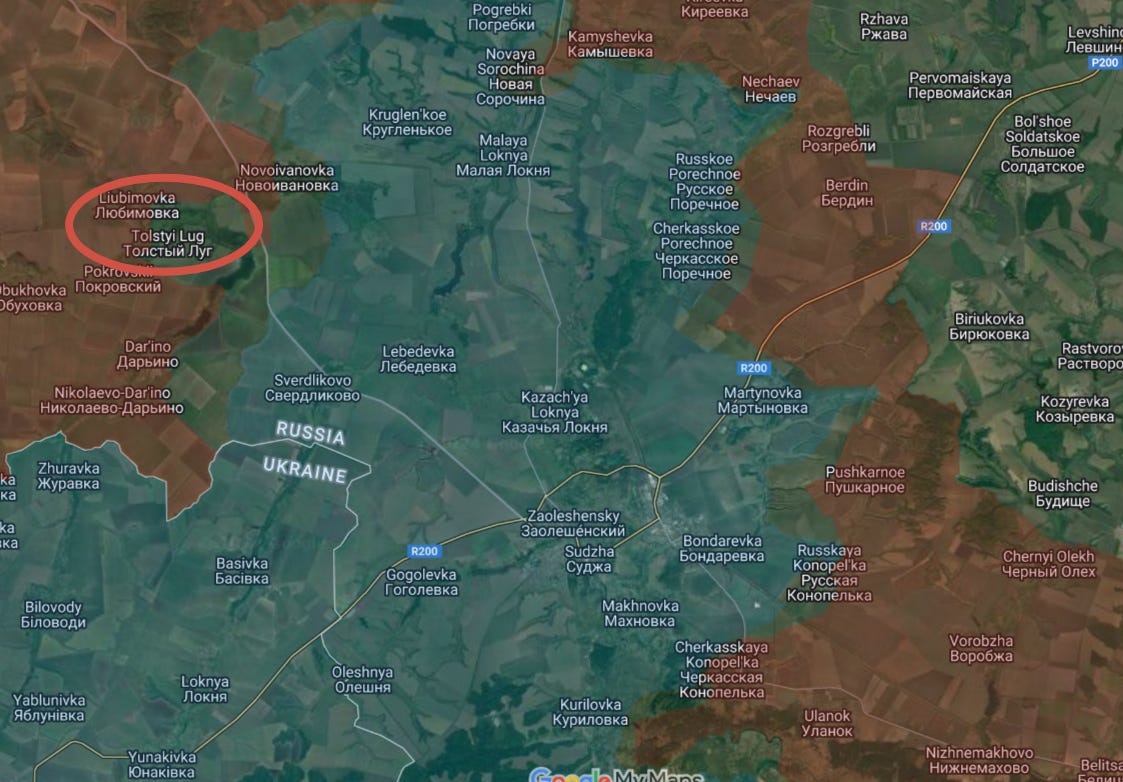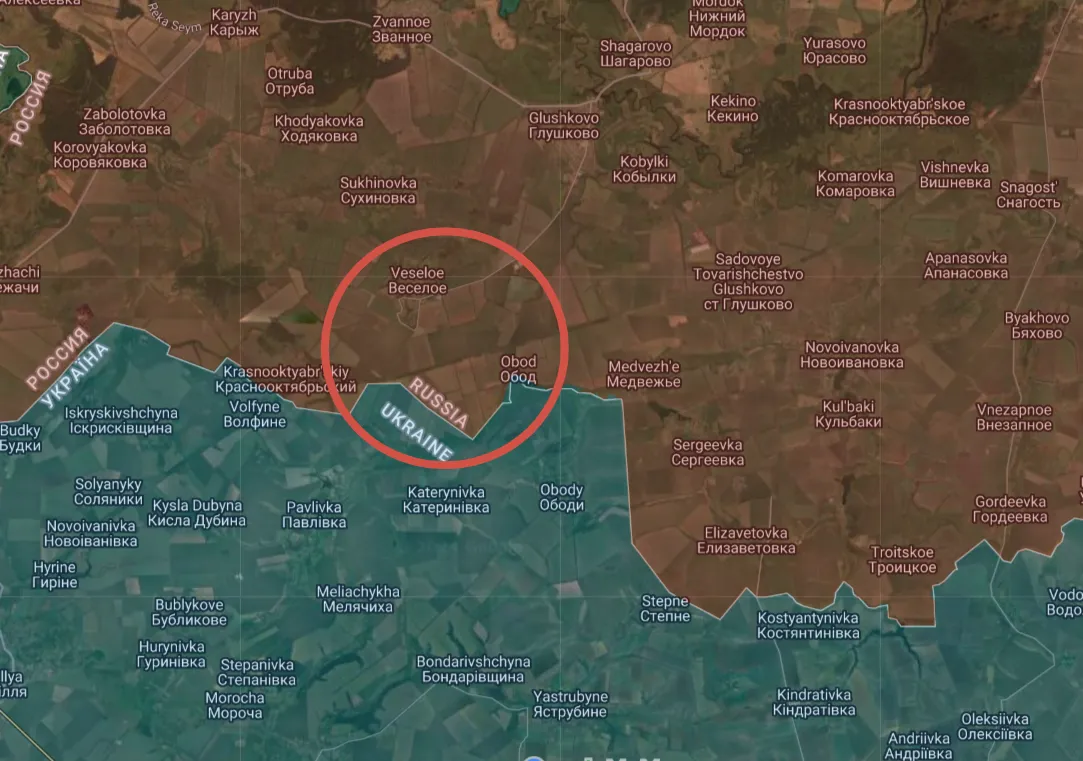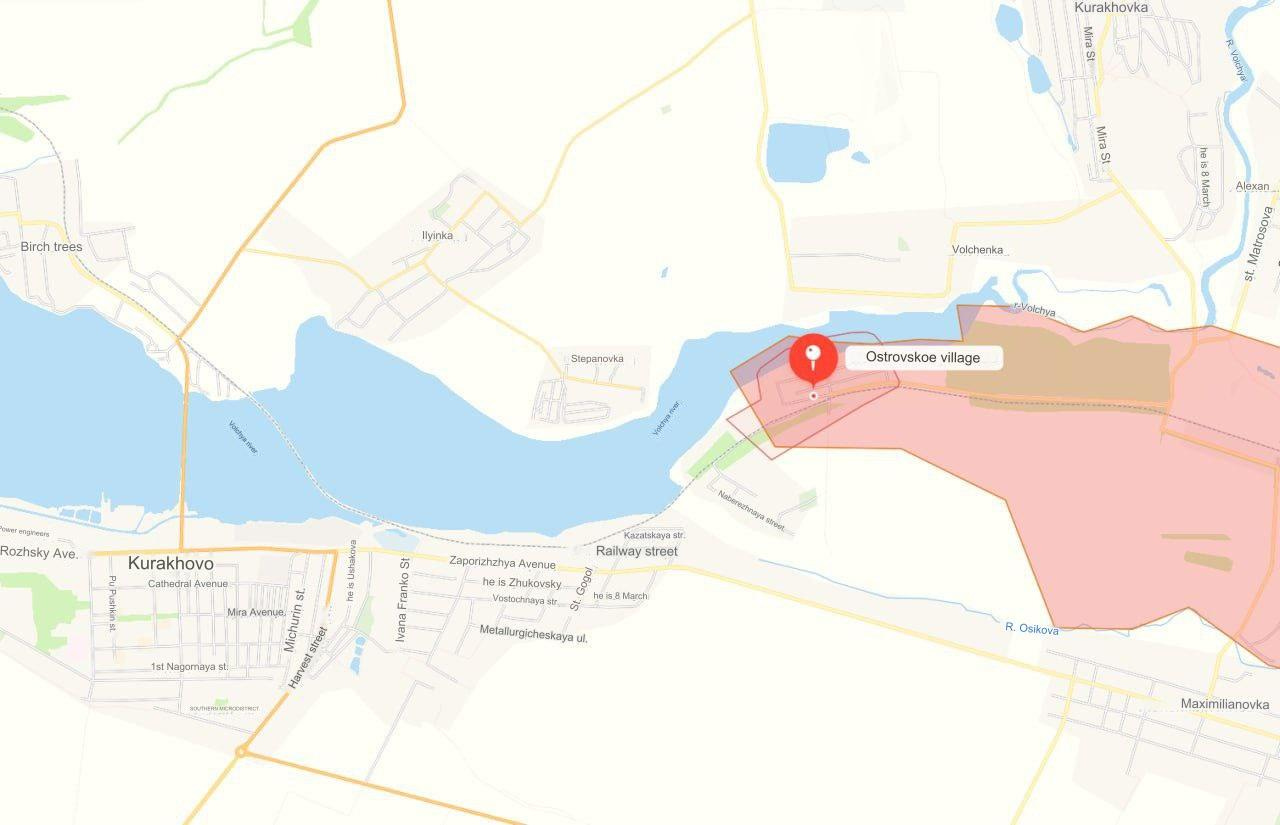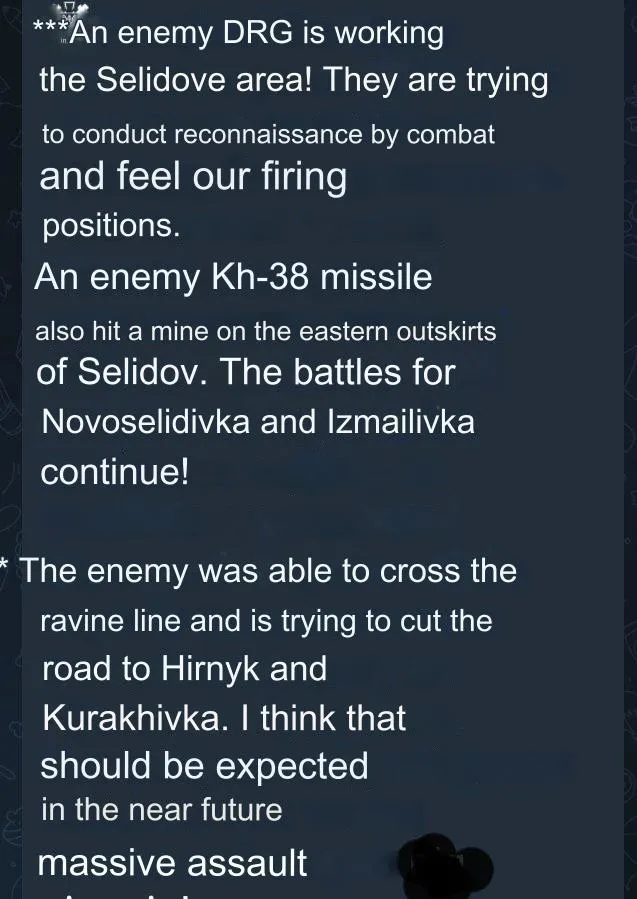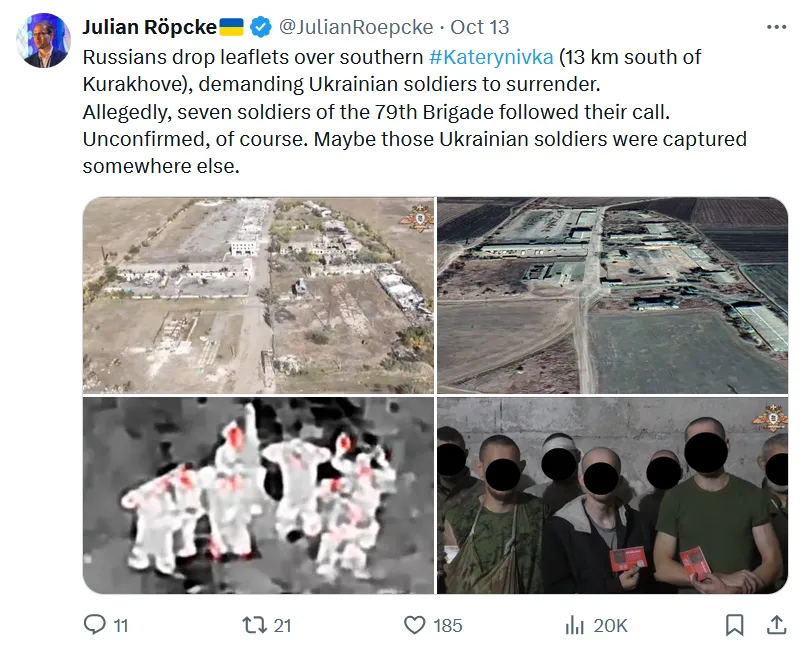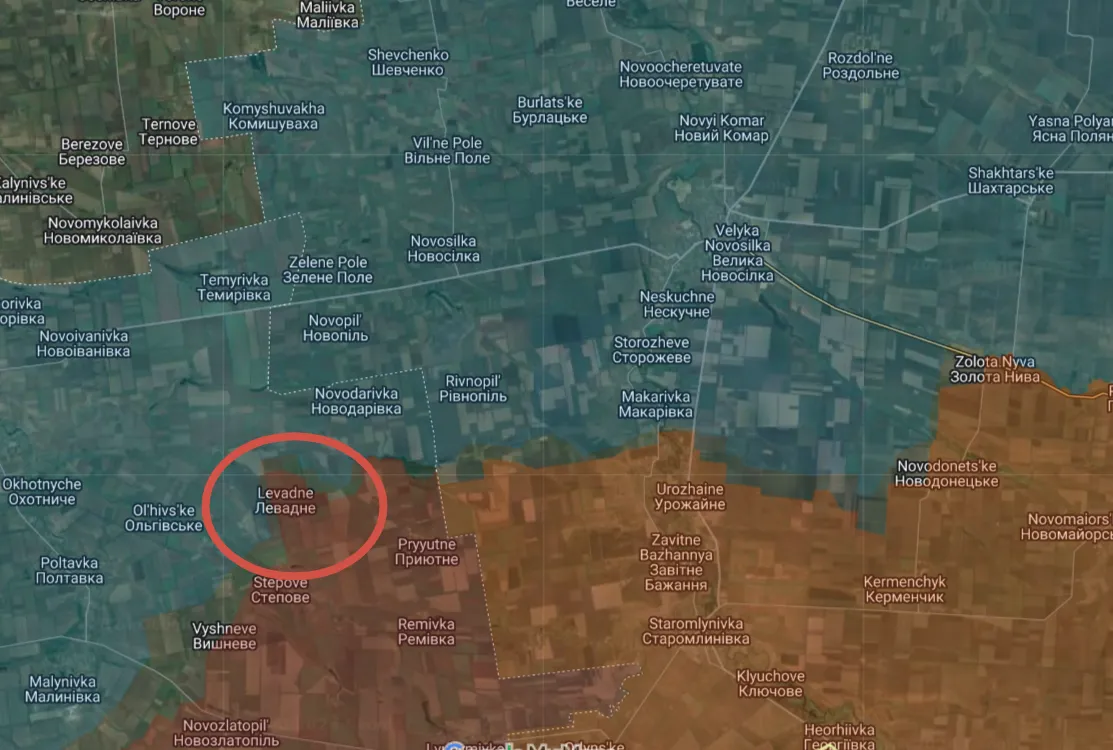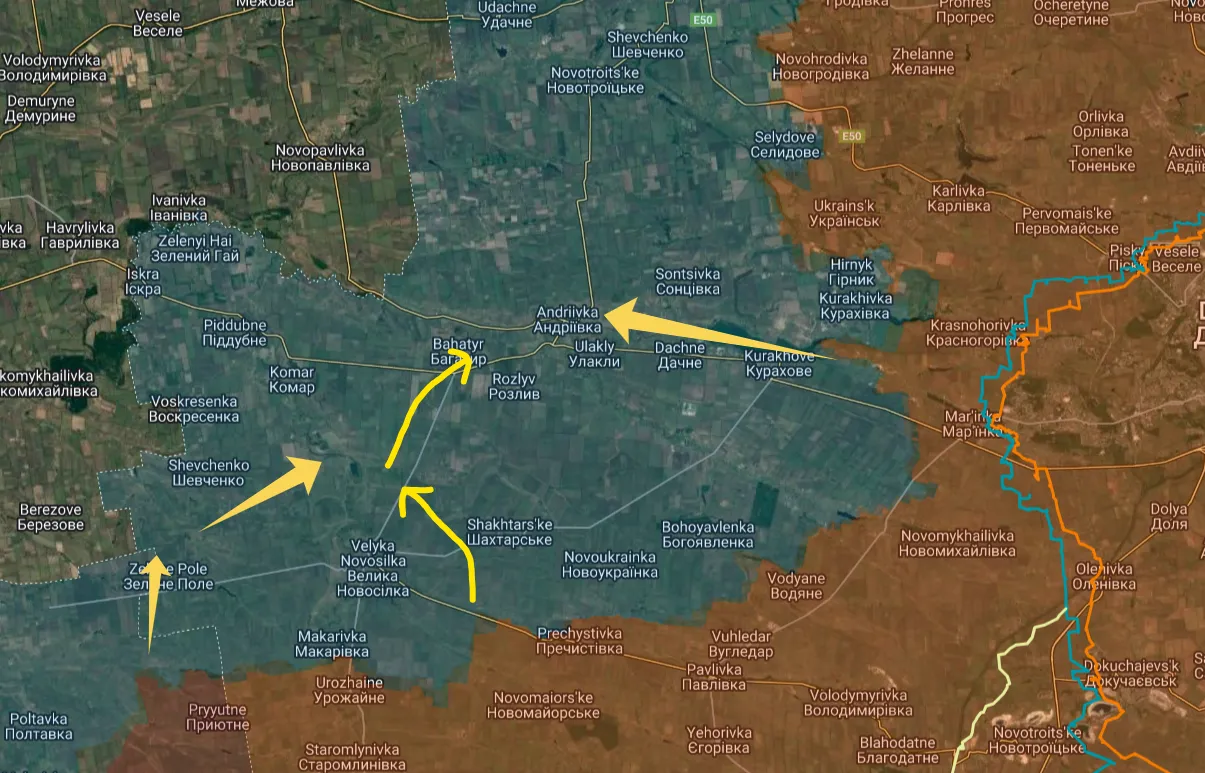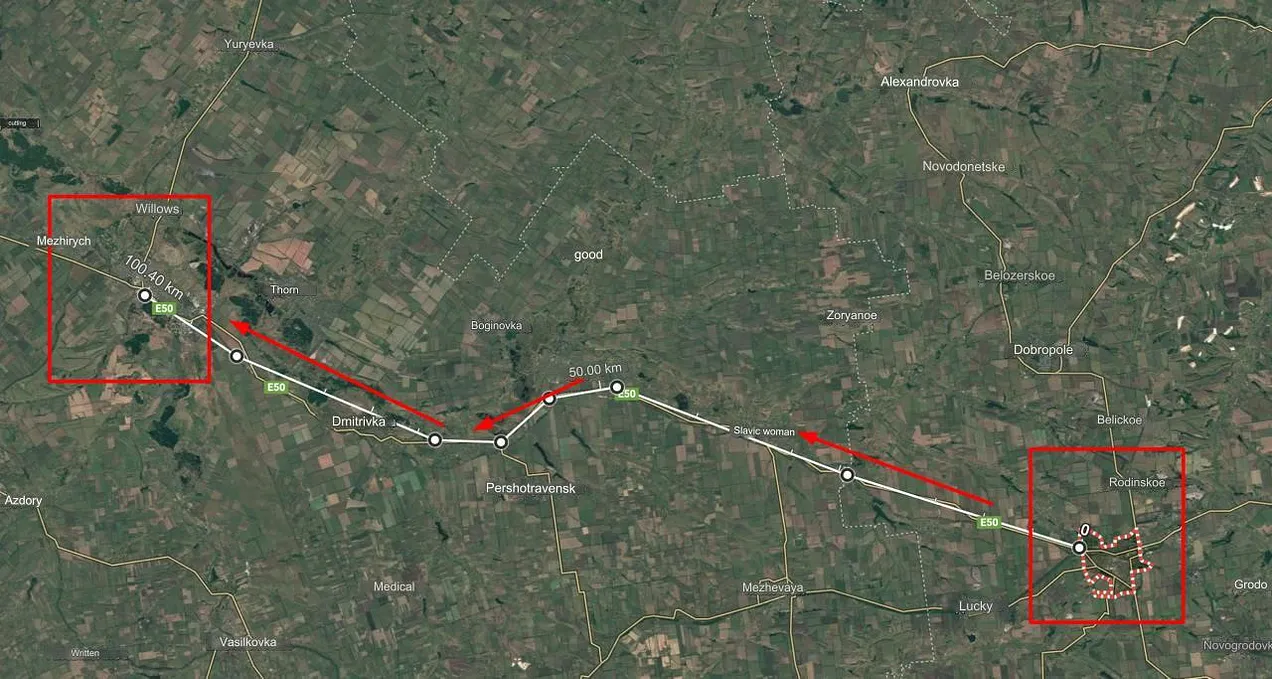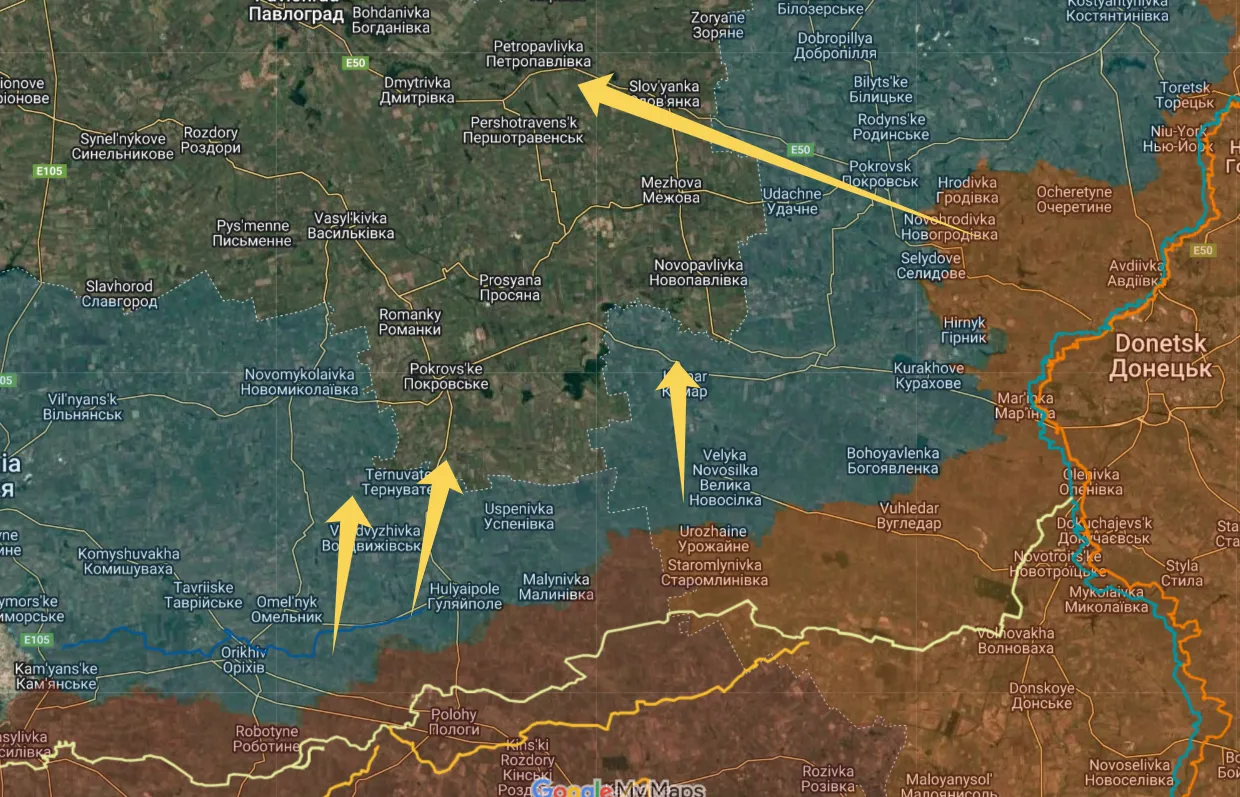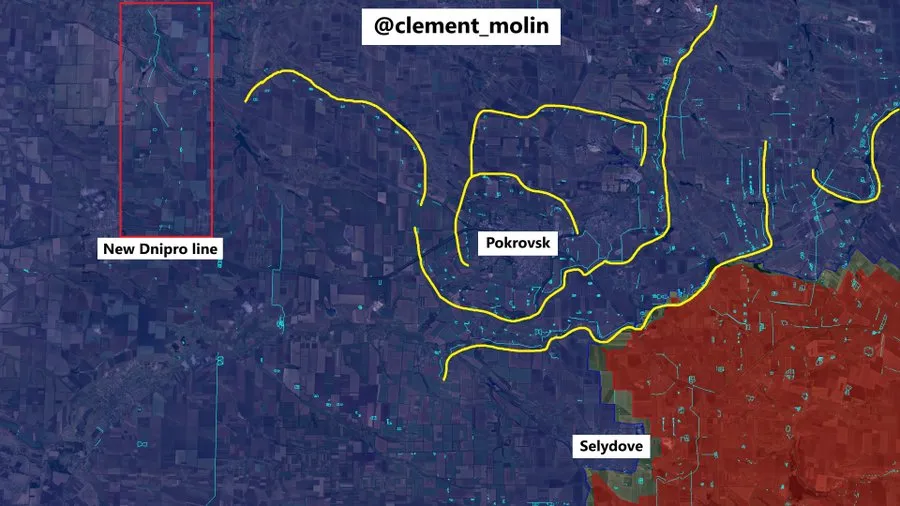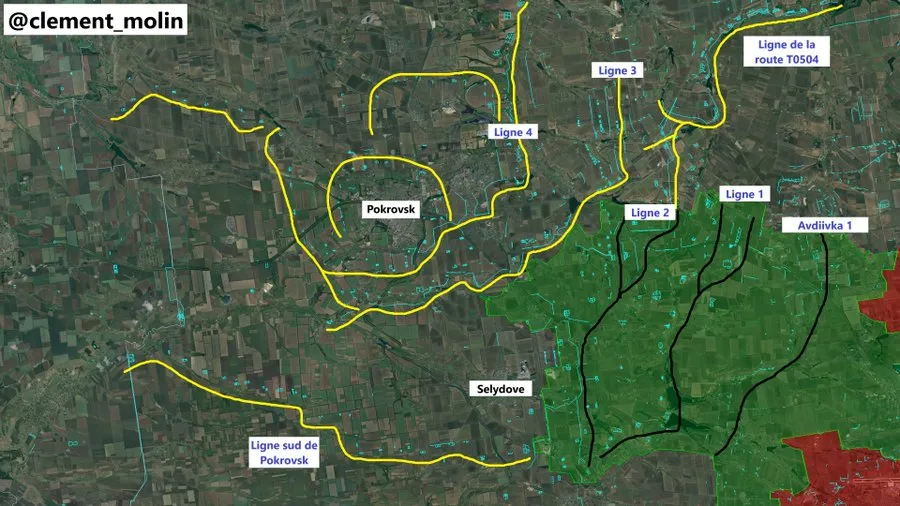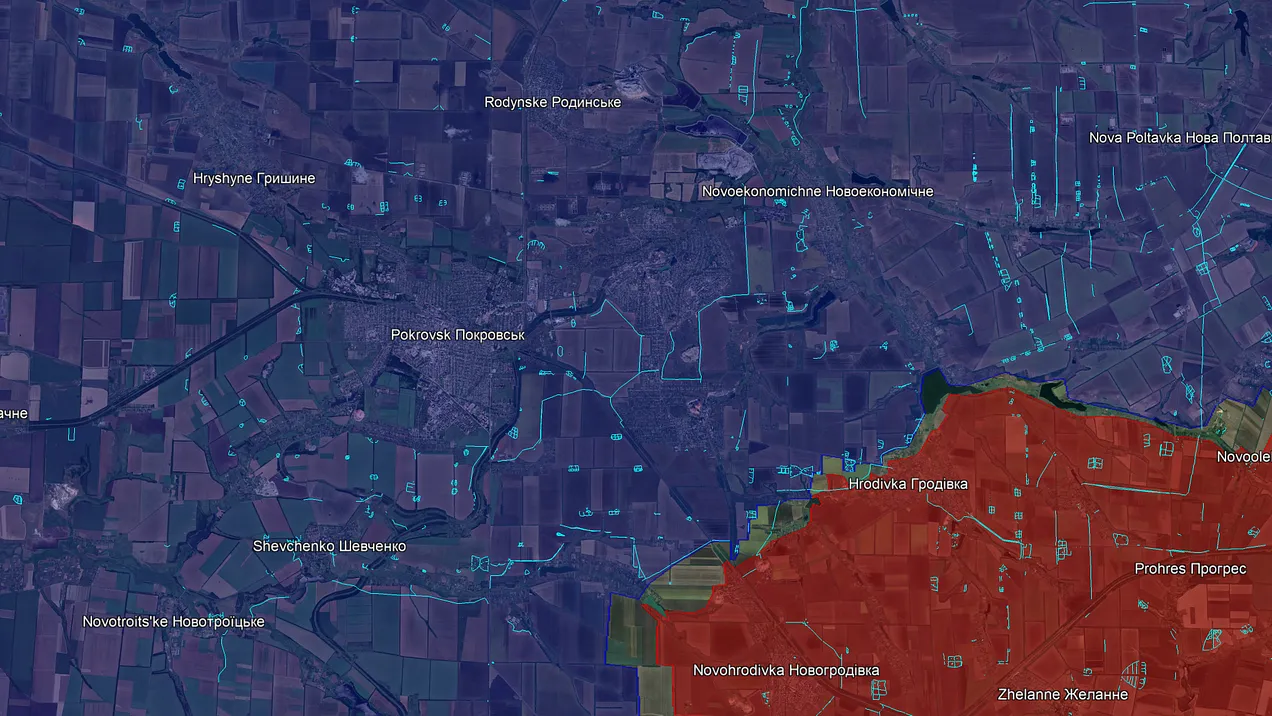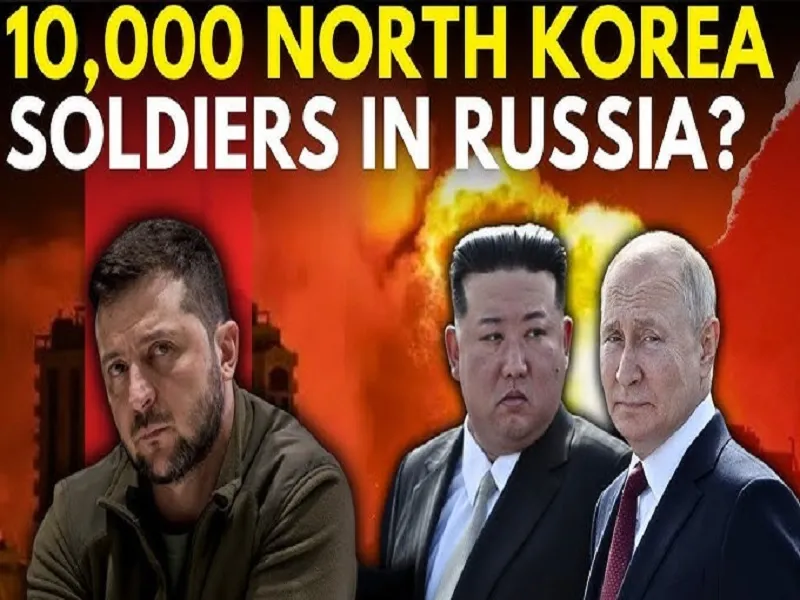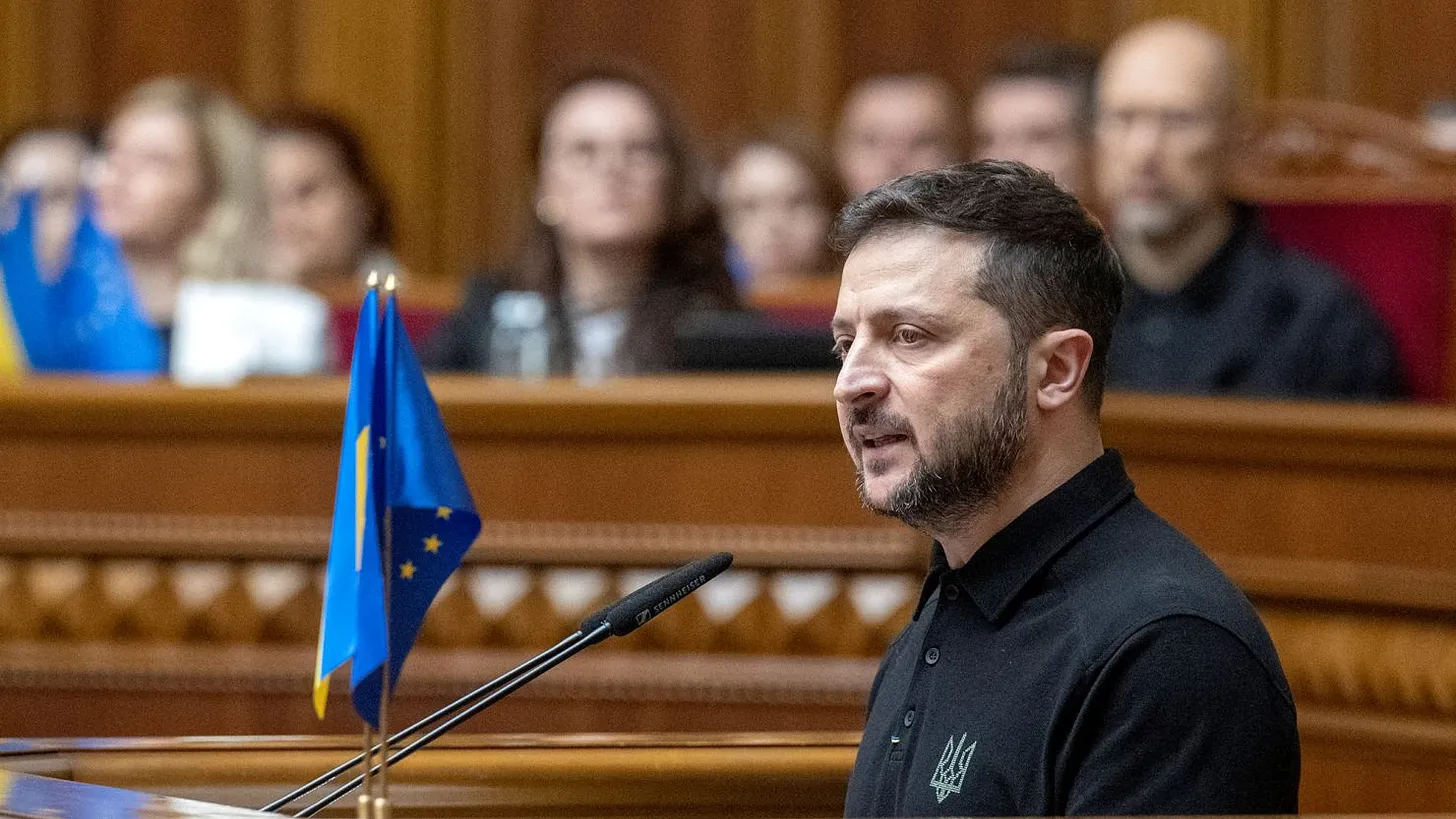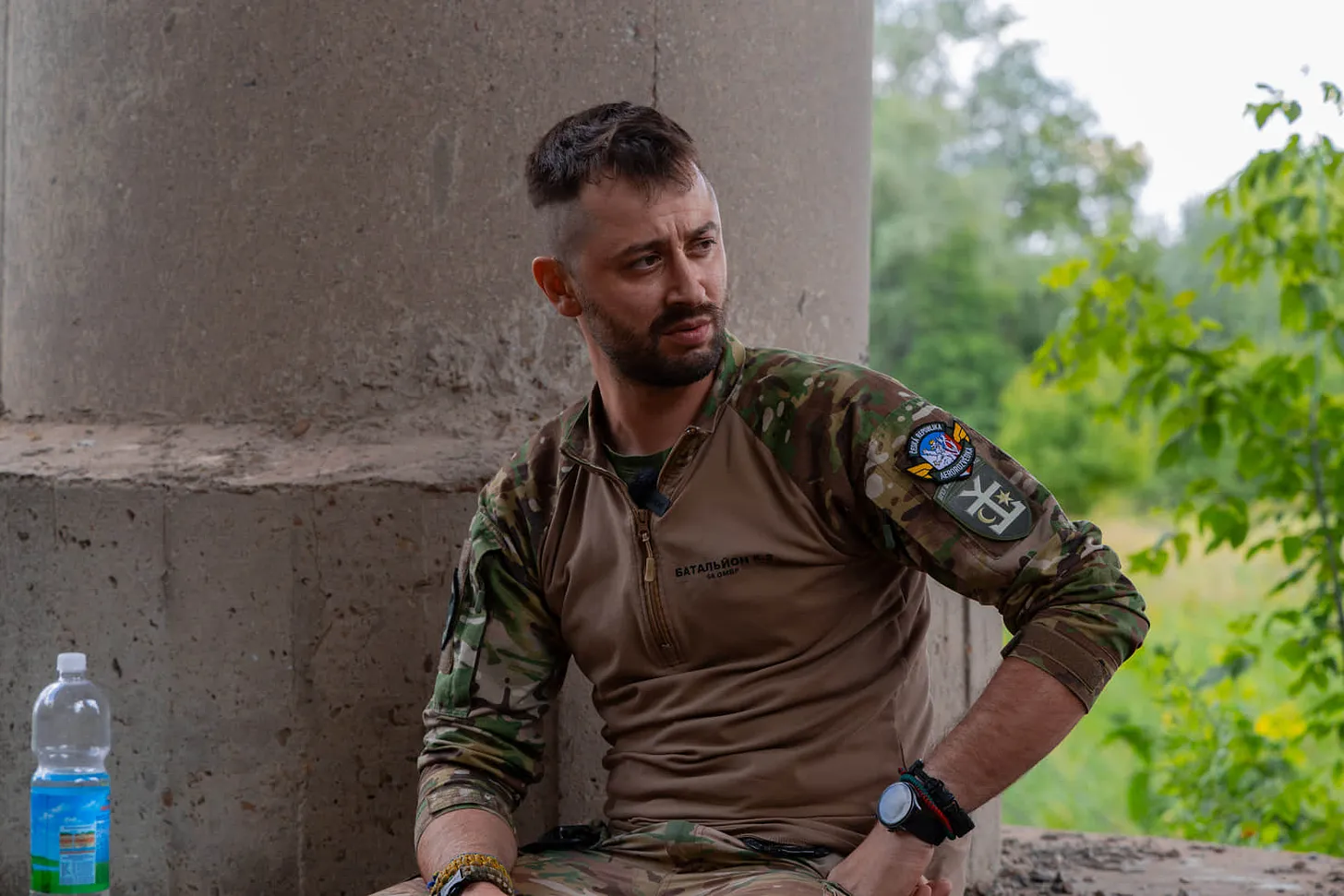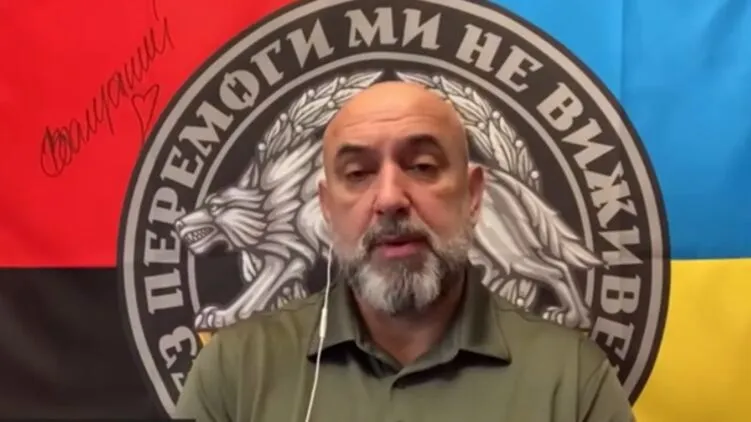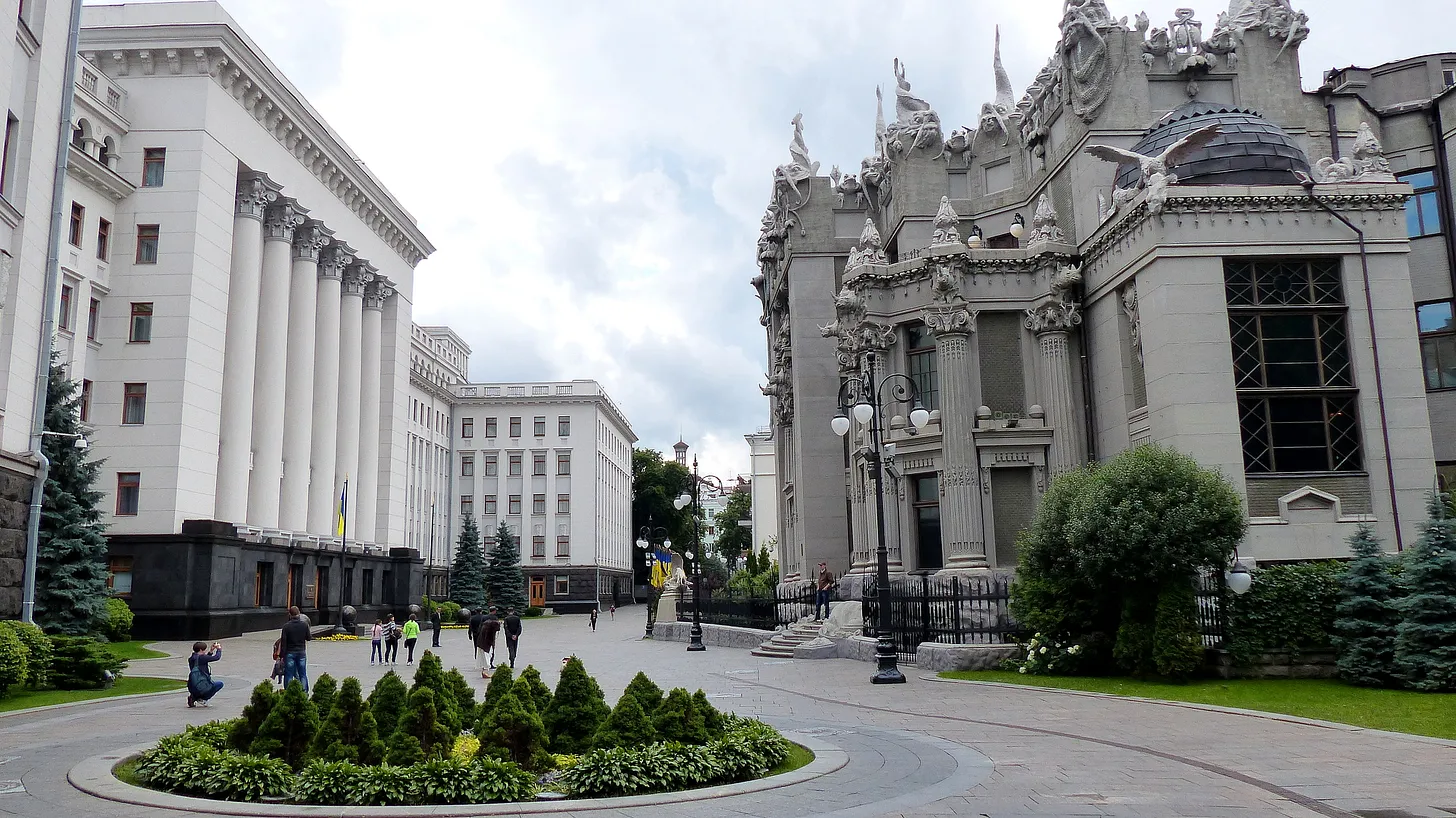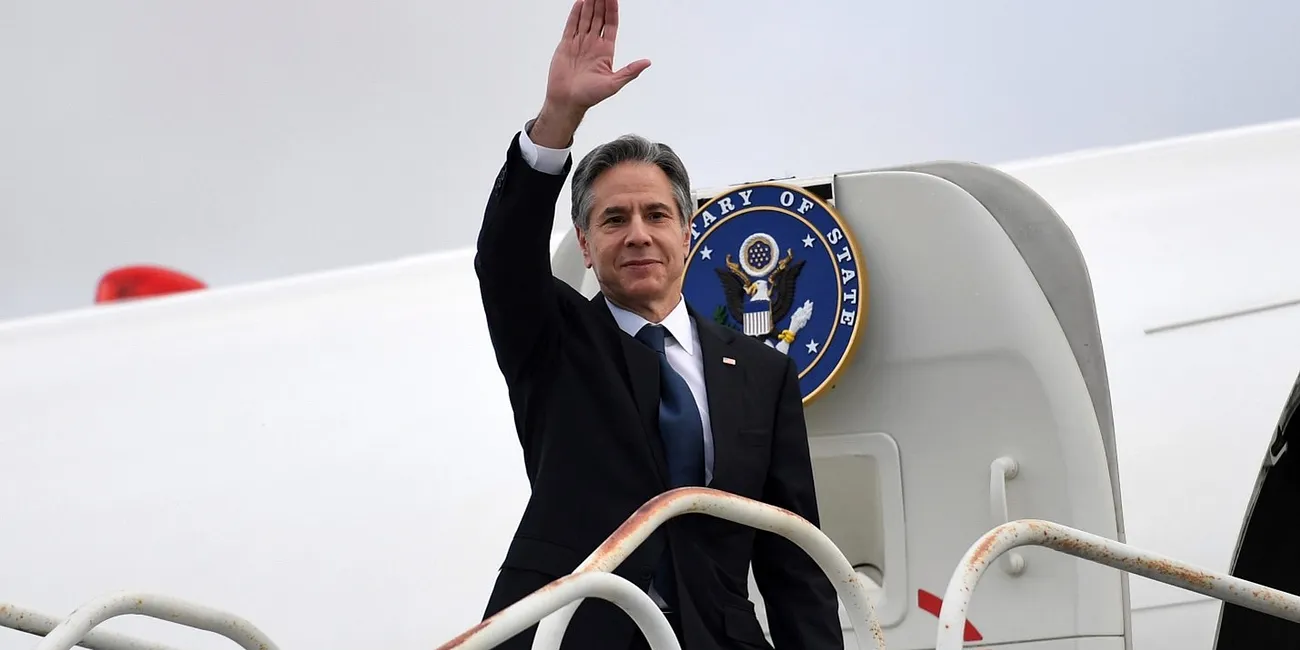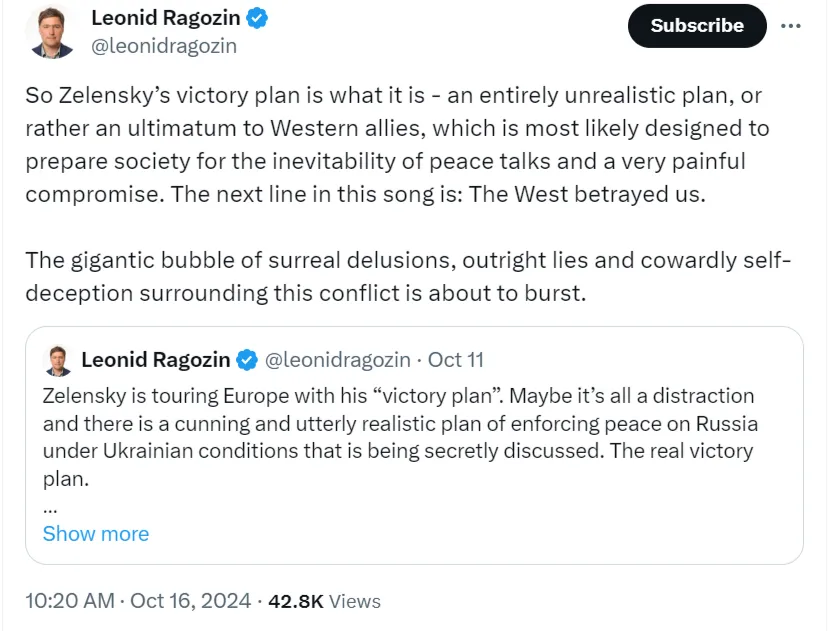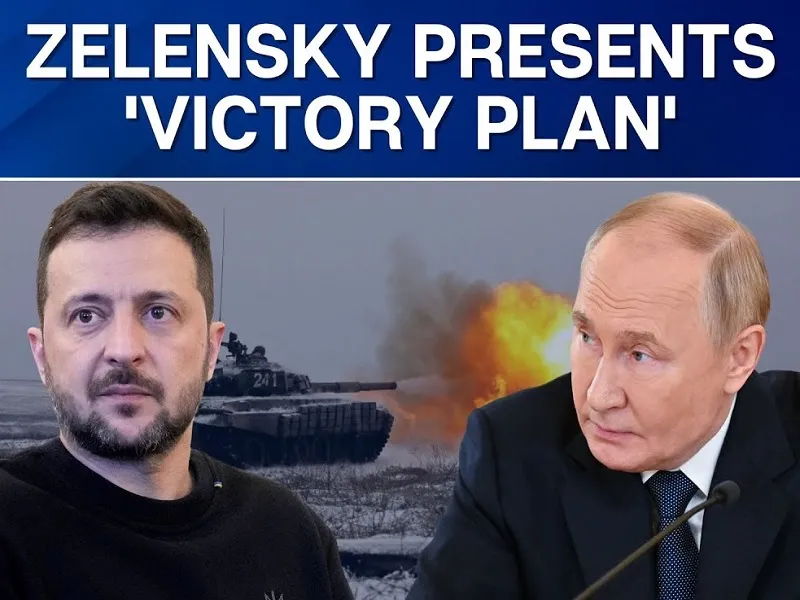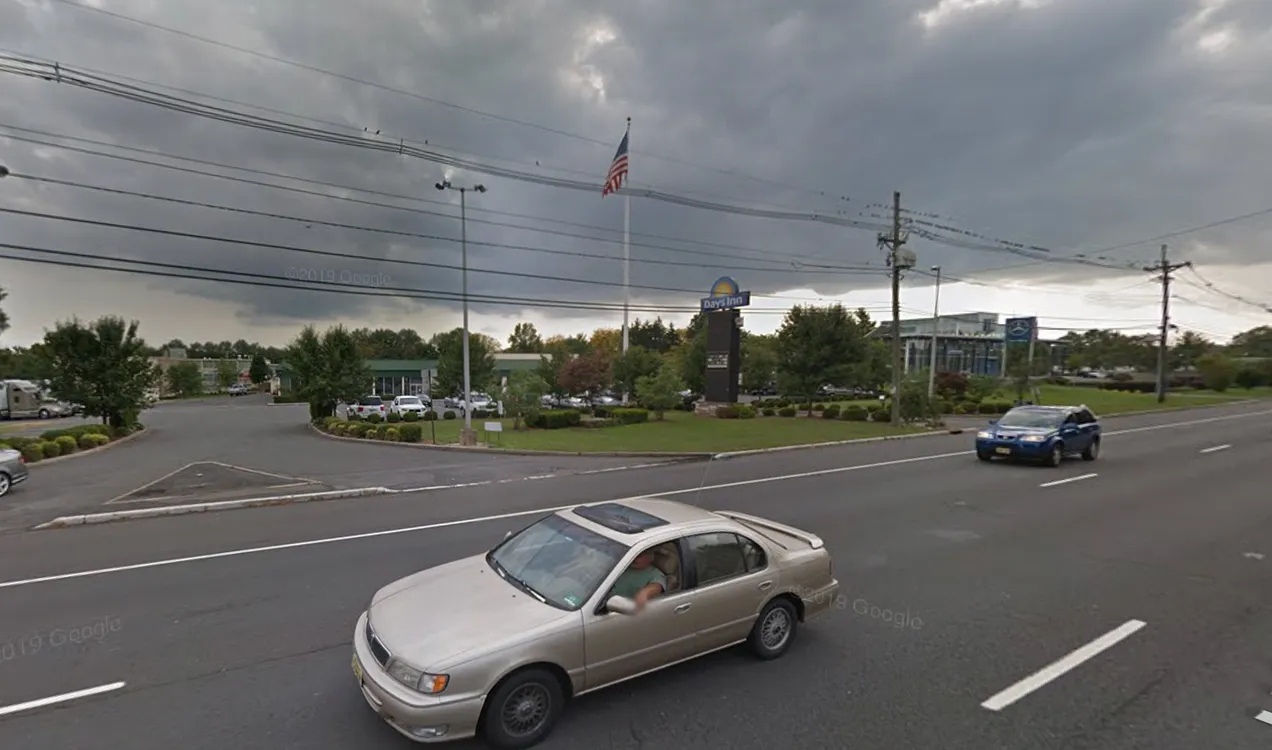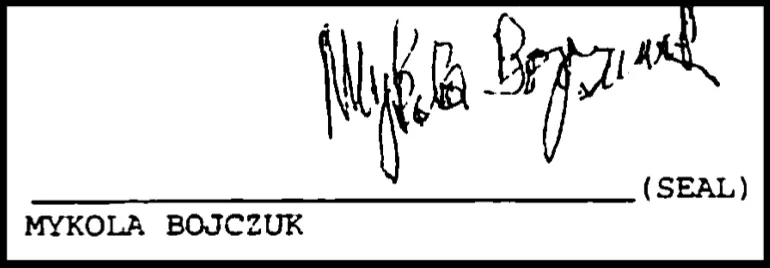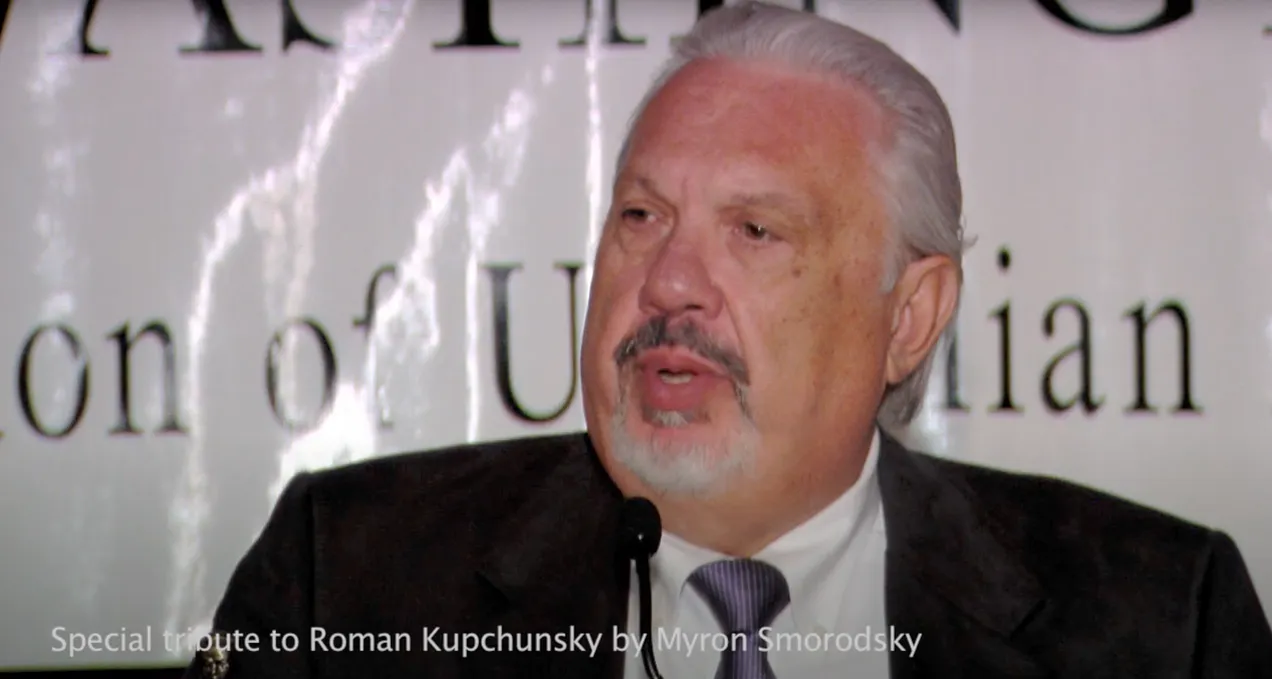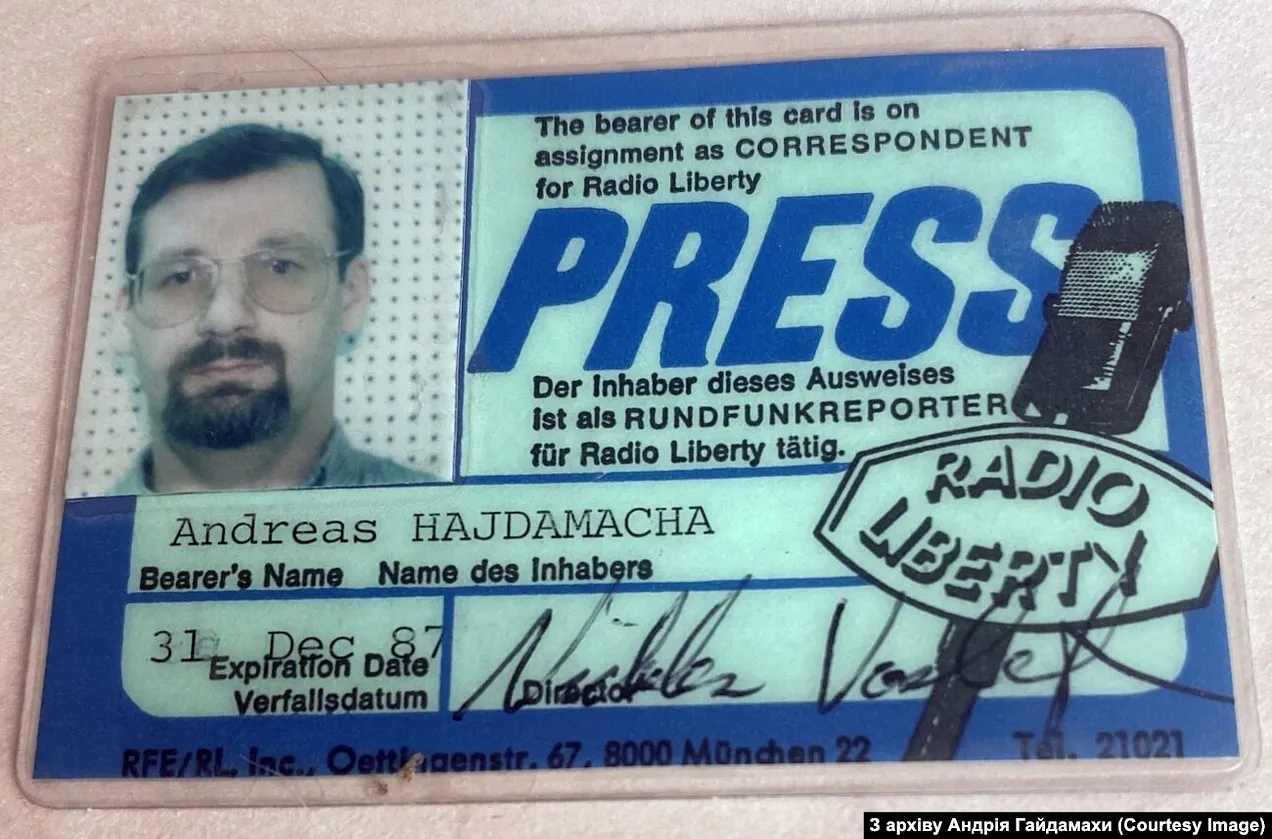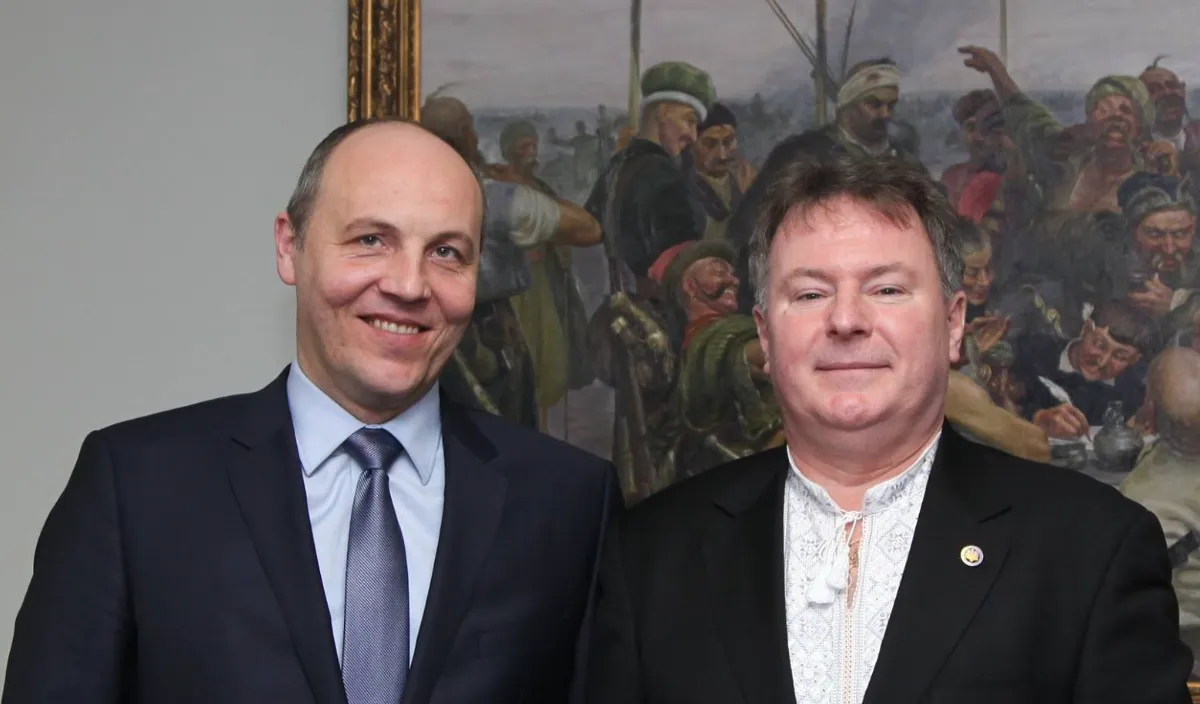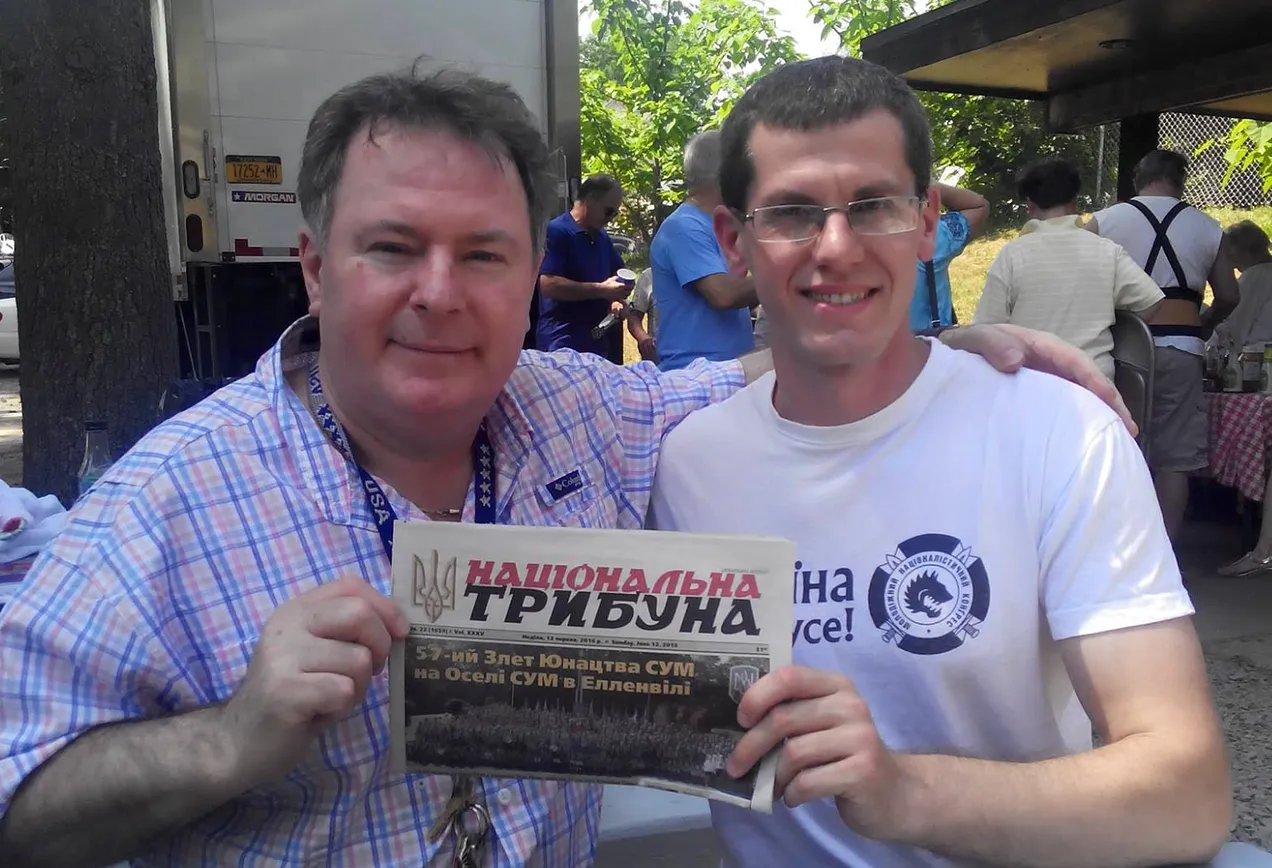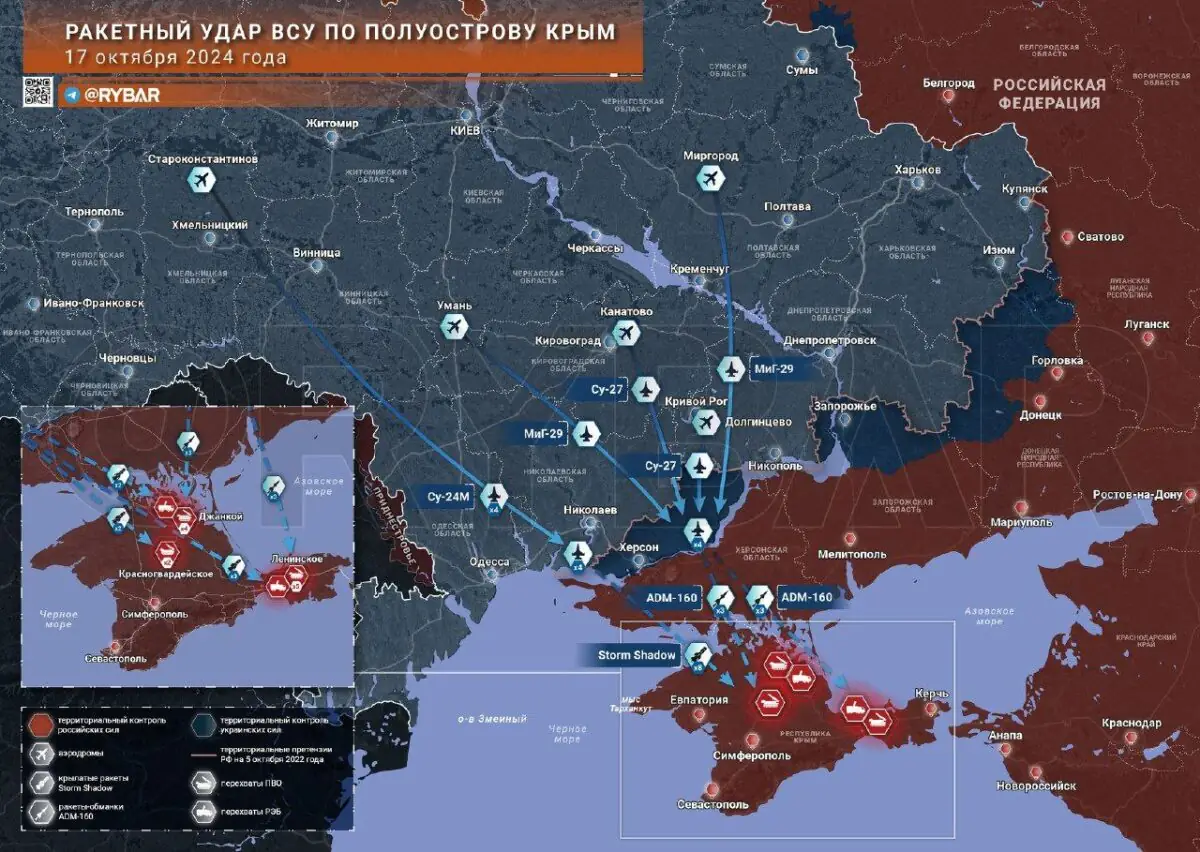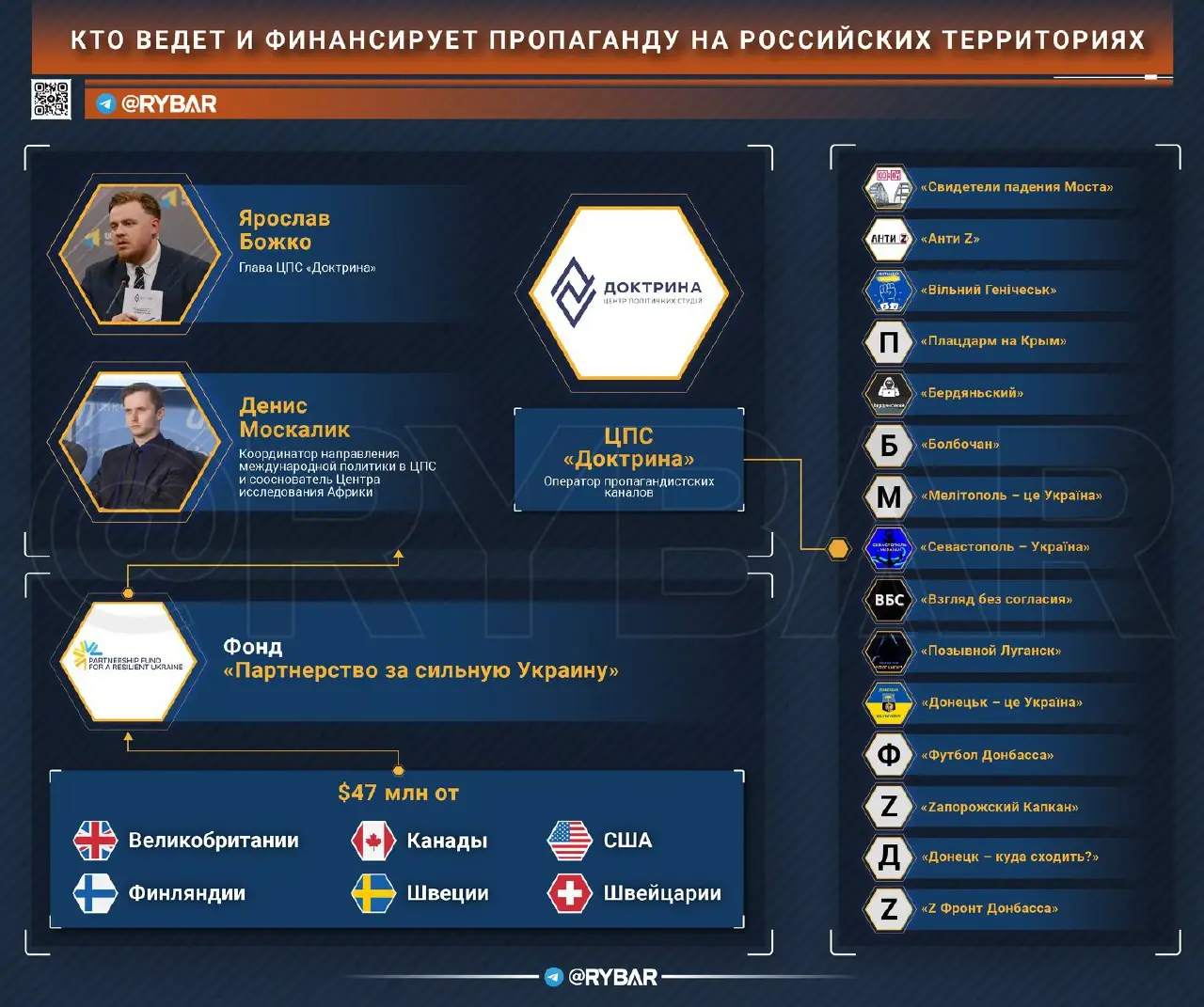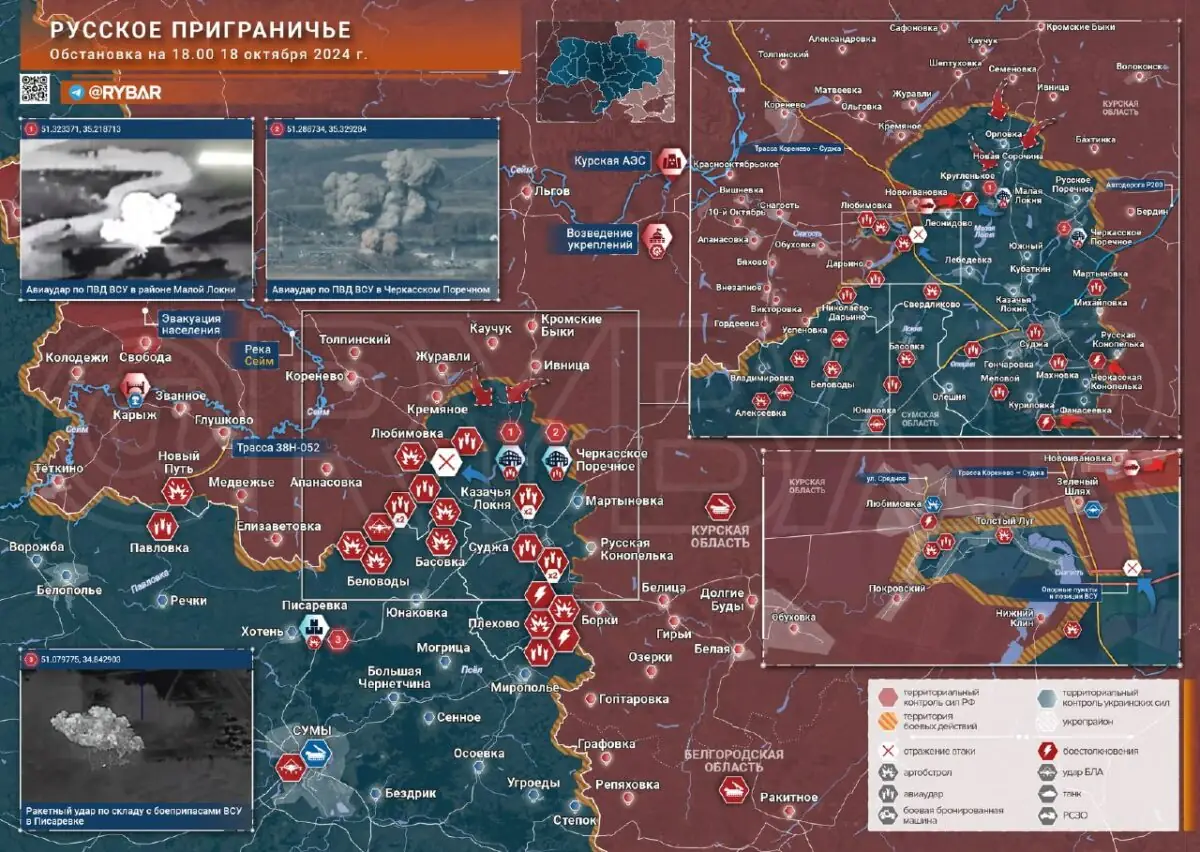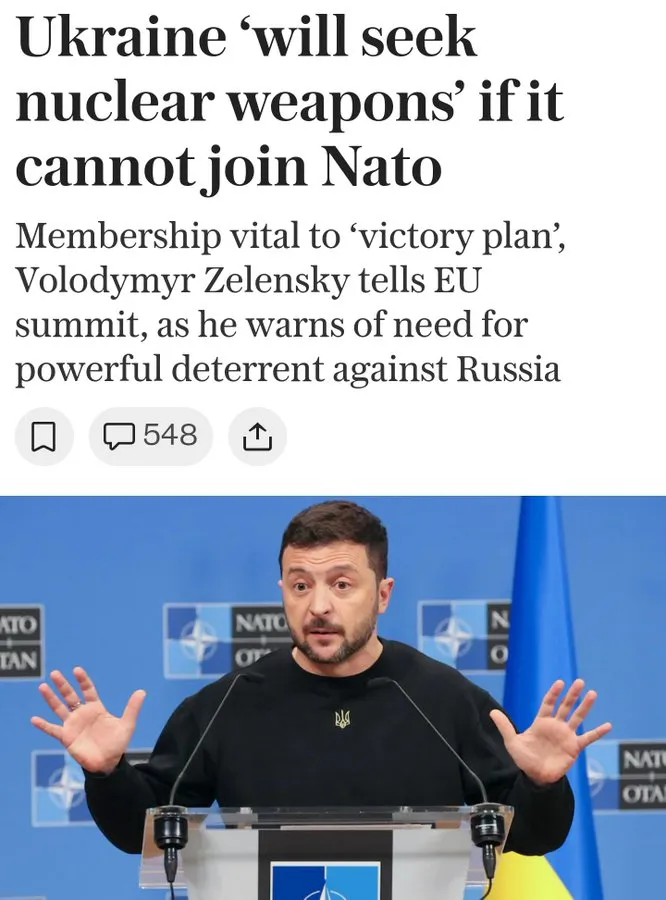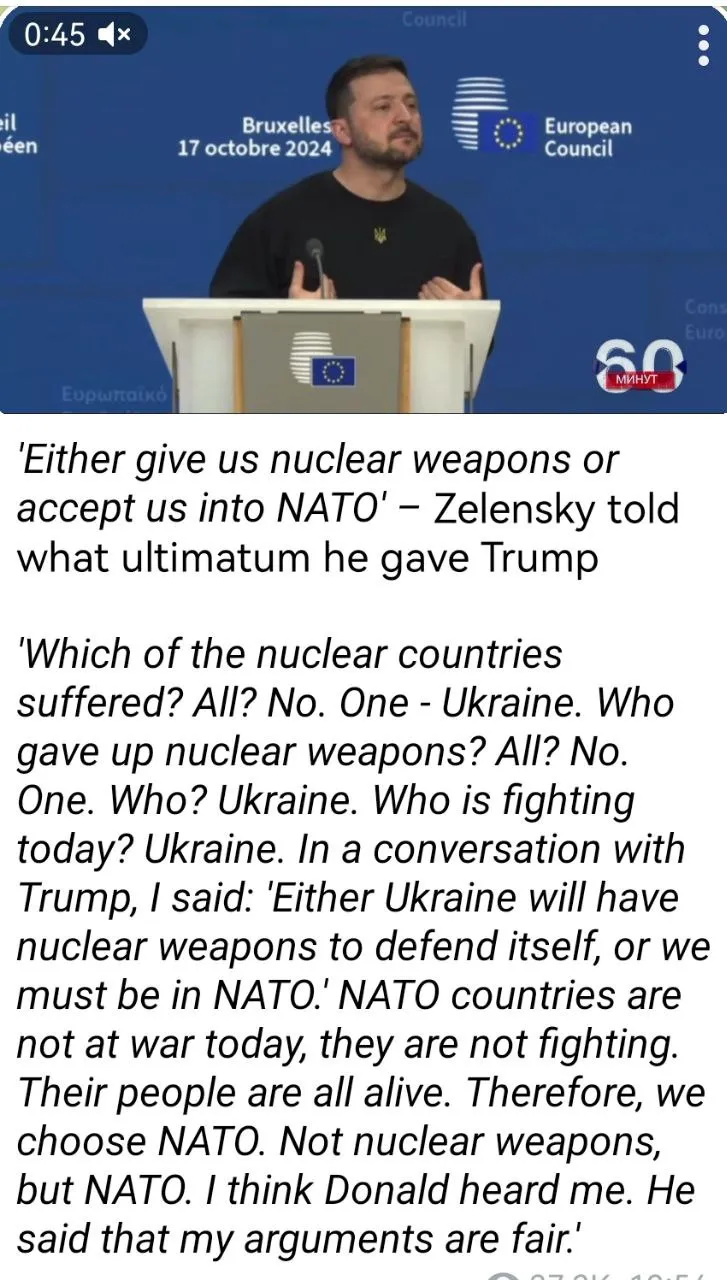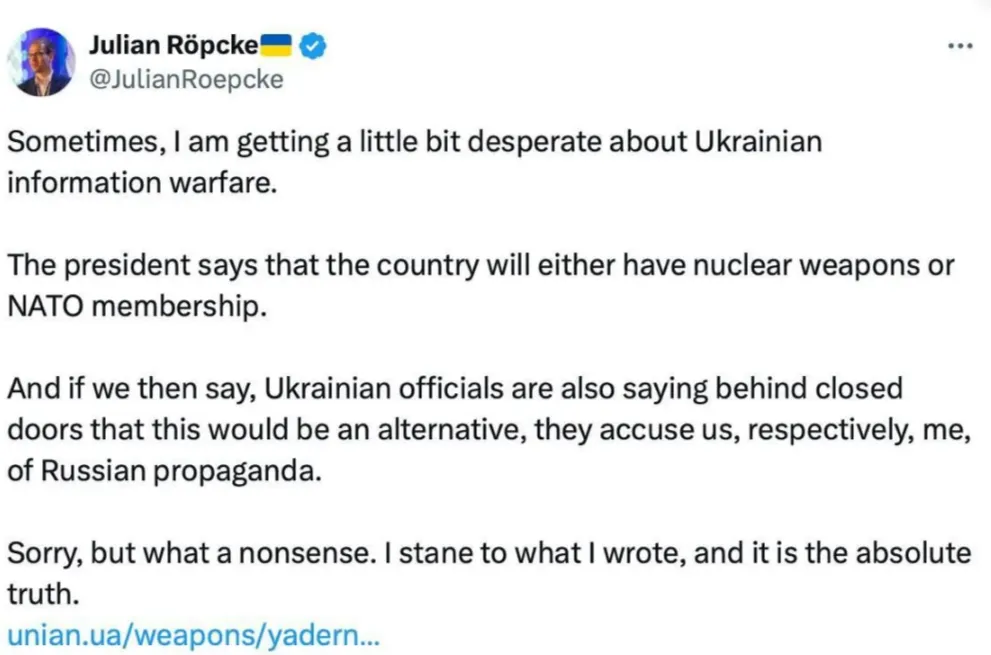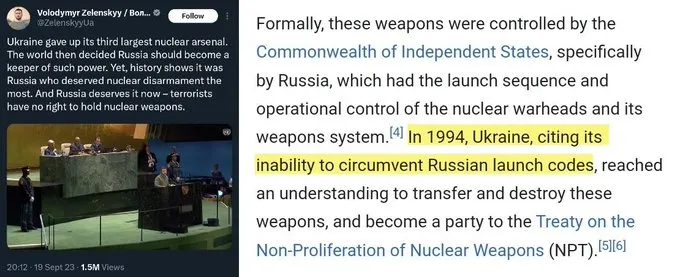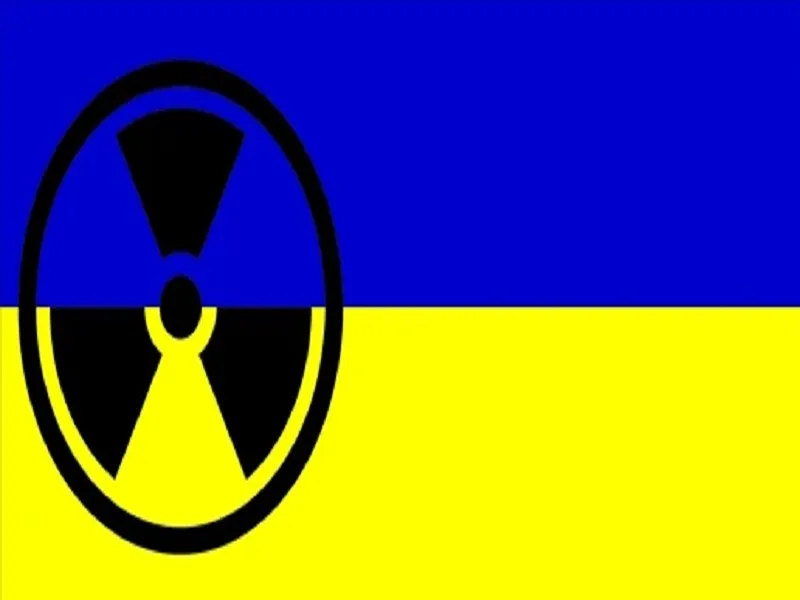Posted by @nsanzo ⋅ 11/10/2024

Volodymyr Zelensky had pinned his hopes on this week, when he was to have the opportunity to present his Victory Plan to the heads of state and government of his main allies and suppliers, who would hear first-hand the list of weapons that Ukraine expects to receive from them in the coming months and the actions that each must take to meet Ukrainian demands. The Ukrainian president continues to insist in his media appearances that the war can and must end as soon as possible. Just yesterday, Zelensky said that “in October, November and December, we have a real opportunity to move the situation towards peace and long-term stability.” With Ukraine suffering in Kursk and retreating in Donbass and even in Kharkiv, where Russia is slowly approaching the Oskol River, from which it had to flee in the chaotic retreat of September 2022, its worst defeat in this war, the front does not call for optimism for Kiev. That is, however, the image of confidence that the Ukrainian leader wants to give, adding that “the situation on the battlefield gives us the opportunity to make this choice: a choice in favour of decisive action to end the war by 2025 at the latest.”
The military framework in which the conflict currently takes place leaves two possibilities for Ukraine to achieve, at least partially, the objectives it has set itself. No country wants to lose, or even draw, any war and Zelensky is no longer presenting his allies with a peace plan but one for victory, so that decisive action would have to be directed towards achieving that victory, something that can be achieved by way of an agreement or by the massive intensification of the war, starting, of course, by obtaining the long-awaited permission to attack targets in any territory of the Russian Federation using Western missiles that certain countries will also have to deliver - and in large quantities.
The Ukrainian president will not be able to present his plans to the Ramstein group this week as planned, as the consequences of Hurricane Milton have forced Joe Biden to remain in the United States and put on his most presidential appearance. The absence of the US president during an episode in which deaths have already been reported could represent a Katrina moment for the Democratic Party at a key phase of the election campaign, so the Biden administration has been forced to prioritize its domestic agenda over its foreign policy agenda. The meeting, in which Olaf Scholz hoped to meet with Joe Biden, Keir Starmer and Emmanuel Macron to outline the common strategy, has been postponed and, although everything indicates that it will take place soon, it has already been replaced by a lightning tour in which Volodymyr Zelensky has already visited Croatia, Italy, the United Kingdom and France. “Ukrainian President Volodymyr Zelensky met with French President Emmanuel Macron in Paris on Thursday as part of a European tour aimed at gaining more Western support ahead of the US presidential election,” wrote France Presse yesterday , introducing the electoral key that is already marking Ukraine’s performance.
The two options for ending the war quickly – an agreement or an escalation – depend largely on the outcome of the US elections in the first week of November, and this is possibly one of the reasons why Zelensky is trying to keep his speech halfway. In the first phase of his trip, in Croatia, the Ukrainian president stated that the first point of his Victory Plan is NATO, which automatically makes any peace through an agreement unfeasible. In the second phase, in London, Zelensky confirmed once again that the Alliance is an integral part of this war, meeting not only with Prime Minister Starmer, but also with the newly appointed NATO Secretary General Mark Rutte. The result of this meeting was, according to the British press, that the possibility of the United Kingdom sending small contingents of troops to train Ukrainian soldiers in the country is back on the table. According to several media outlets yesterday, the proposal is that they be based in western Ukraine, far from the front line, which would increase security. For Zelensky, any presence of NATO troops is a guarantee that the country will not be left to its own devices in the event of a possible defeat or loss of Western interest in the Ukrainian cause. But above all, it would mean crossing another red line for Ukraine: the official presence of foreign troops, perhaps the start of a campaign to extend this presence to include combat advisers, etc.
The option of escalating the war to force Russia to accept Ukrainian and Western dictates – for which Ukraine would need a massive increase in the supply of arms, ammunition and financing and a significant increase in the number of troops, both of which are unlikely and possibly unfeasible in the short term – is undoubtedly the favourite of Zelensky and his entourage, as it would force them to raise the stakes in search of a resolution that would involve less painful concessions than a negotiation in a position of weakness such as the current one. However, if the Republican candidate’s statements correspond to his intentions – something that has not always been the case in his case – they make an ironclad position in which Zelensky is seen as a war president who has become the main barrier to peace unfeasible. Hence, the Ukrainian leader habitually insists on the need to achieve peace (although each and every one of his recipes are really proposals for war or an absolutely impossible armed peace). This is the logic behind the news published yesterday by Italy’s Corriere della Sera , the third of the four countries that Zelensky has visited in the last 48 hours. The newspaper claims that, despite not being prepared to give up any part of the territory (something that would be too unpopular for any Ukrainian president), the possibility of a ceasefire on the current line of separation would remain open in exchange for “security guarantees from the United States on the model given by the Americans in Japan, South Korea or the Philippines.” In other words, freezing the war according to the current positions, not recognizing the front as a real border, not giving up the territory, moving towards NATO and having American troops (these are the security guarantees available, for example, to the Republic of Korea, which also hosts American nuclear weapons), a version of the Minsk scenario aggravated by the certainty that the Western military bloc would find itself at Russia’s doorstep in conditions of an armed peace that, following the precedent of the last decade, would lack any stability. The fact that this news was leaked during Zelensky's stay in Italy denotes an attempt to present the Ukrainian president as a man of peace on the basis of a proposal that is impossible for Russia to accept, which, if rejected, would be accused of being the only obstacle to peace.
“There is certainly no such thing as ‘territory in exchange for security guarantees’. Nor any other ‘exchange format’. Because without the Russian Federation losing, there are no effective security guarantees and no one will agree to give them (for the simple reason that even today there are too many deterrents to simply provide adequate resource support to Ukraine),” wrote Mikhail Podolyak shortly after the Italian article began causing controversy. If Zelensky intends to move towards some kind of compromise in the future, which despite media speculation does not seem to be a reality, he will have to retract an important part of his speech. After two and a half years of promising a victory that would entail territorial integrity and accession to the EU and NATO, the freezing of the front, entry into the European Union and promises for the future of the Atlantic alliance seem scarce even for the president’s closest circle. In the afternoon, Zelensky confirmed that he does not plan to agree to a ceasefire, making it clear that the priority remains the war. Even though the possibility of some kind of peace has to be leaked to the press from time to time so that Ukraine is not seen, especially by a section of the American establishment , as the main obstacle to seeking an end to the conflict.
https://slavyangrad.es/2024/10/11/obsta ... -conflito/
Google Translator
*****
From Cassad's Telegram account:
Colonelcassad
Chronicle of strikes and shelling of enemy targets in the temporarily occupied territory of the DPR — for the past 24 hours, October 9-10, 2024
As part of the ongoing special military operation, Russian troops continue effective actions to eliminate key targets of the Ukrainian armed formations in the temporarily occupied territories of the Donetsk People's Republic (DPR). The latest strikes resulted in significant enemy losses in equipment, ammunition and personnel. Below is a chronicle of the main events of the past 24 hours.
Seversk agglomeration
In Seversk, an enemy deployment point was destroyed, which was organized in Comprehensive School No. 1 on Zheleznodorozhnikov Street, 76.
Krasnoliman agglomeration
In Krasny Liman , Russian troops struck the command post of the Armed Forces of Ukraine, located on Privokzalnaya Street, 22a .
Konstantinovsko-Druzhkovskaya agglomeration
Early in the morning in Druzhkovka, Russian troops carried out a series of strikes on deployment points of the Armed Forces of Ukraine and weapons depots. A police checkpoint between Toretsk and Konstantinovka was also attacked using an FPV drone , which weakened the control of Ukrainian forces along this route. In addition, the enemy headquarters in Konstantinovka , which was located in a school building at 58 European Street, was hit .
Dobropillya agglomeration
In Dobropillya, Russian troops carried out at least six strikes. The targets of the attacks were temporary deployment points of Ukrainian forces, as well as weapons and fuel and lubricant depots. These strikes contributed to the significant destruction of enemy reserves, which complicates the supply of Ukrainian troops in this area.
Pokrovska agglomeration
Russian forces struck the Solnechny microdistrict , where Ukrainian troops organized a temporary deployment point.
Enemy provocations and information attacks
Over the past 24 hours, numerous provocations from the Ukrainian forces have been recorded. In Konstantinovka (ATB supermarket) , Mirnograd (Dimitrovo) , Chervone ( Osipenko street ), Kurakhovo and Krasnyi Liman , civilian objects were shelled. These actions are part of an information war aimed at discrediting the Russian armed forces and creating a negative image of Russia in the international arena.
@don_partizan
***
Colonelcassad
0:03
0:03
A comprehensive strike on port infrastructure in the Odessa region: destruction of a ship with military cargo
To objectively monitor the consequences of the strike, photographs were obtained from the scene, which clearly demonstrate the scale of the destruction and the nature of the damage received.
So, now let's analyze all the information received in a complex: on the evening of October 9, 2024, the Russian armed forces launched a series of precise strikes on the port infrastructure of the Odessa region , aimed at stopping the supply of military materials. The strikes were carried out using the Iskander-M operational-tactical missile system, which led to significant destruction and losses on the part of the enemy.
Chronology and nature of the strike
The strikes occurred in two stages. The first missile hit the 4th berth of the port of "Chernomorsk" at 19:10 , where the unloading of the Shui Spirit ship under the Panamanian flag , which delivered military cargo, took place. The second missile, at around 20:05 , made a direct hit on the hull of the vessel , causing a massive explosion, likely related to the detonation of ammunition or fuel and lubricants on board.
Aftermath of the strike
As a result of the attack, containers with weapons for the air defense systems, several fuel tanks and engineering equipment were destroyed . After the strike, a fuel leak occurred, which led to a massive fire that engulfed more than 400 square meters of territory. Four tanker trucks and three trucks of the Ukrainian Armed Forces involved in the unloading process were also destroyed.
In addition, as a result of the explosion and subsequent fire, the enemy suffered significant losses in manpower. According to available information, three employees of the State Border Service and two servicemen of the Main Intelligence Directorate (GUR) were eliminated , another nine people received injuries of varying severity. One boat of the Ukrainian Maritime Guard, which was in the immediate vicinity of the unloading site, was also destroyed.
Significance of the strike
The destruction of the Shui Spirit and the unloading infrastructure at the port was part of a systematic attack aimed at destabilizing the Ukrainian army's logistics chains. Given the strategic importance of the Odessa region as a key hub for maritime supplies,This strike significantly weakens Ukraine's ability to support its troops, especially in terms of providing them with ammunition and technical equipment.
In addition, it is important to note that the use of port infrastructure to unload military cargo indicates the critical dependence of the Ukrainian Armed Forces on external supplies of weapons and materials. The destruction of the Shui Spirit and the unloaded cargo intensifies the effect of previous attacks on maritime supplies, which were recorded on October 6 and 7, 2024. Then two ships were hit : Paresa in the port of Yuzhnoye and Optima in Odessa , which also led to the destruction of military cargo and significant damage. Systematic defeat of maritime logistics Recent events confirm that Russian forces continue to target maritime supplies of military materials for Ukraine. The strikes on the Paresa and Optima demonstrate the effectiveness of the strategic line of damaging key nodes of Ukrainian logistics. As a result of such actions, the enemy faces serious difficulties in providing its units , which directly affects its combat capability and stability at the front. @don_partizan
***
Colonelcassad
- Units of the North group of forces in the Liptsov and Vovchansk directions defeated the formations of the 92nd airborne assault brigade of the Armed Forces of Ukraine and the 129th territorial defence brigade in the areas of the settlements of Malye Prokhody and Liptsy in the Kharkiv region.
The Armed Forces of Ukraine lost up to 55 servicemen, two vehicles and a 122-mm howitzer D-30. A field ammunition depot was destroyed.
- Units of the West group of forces took up more advantageous lines and positions. They defeated the manpower and equipment of the 4th tank, 66th, 116th mechanized brigades of the Armed Forces of Ukraine and the 104th territorial defence brigade in the areas of the settlements of Shchurovo, Torskoye of the Donetsk People's Republic, Izyumskoye and Kupyansk of the Kharkiv region.
The enemy's losses amounted to more than 430 servicemen, five vehicles, a Gvozdika self-propelled artillery unit, and two 122-mm D-30 howitzers. Two Anklav-N electronic warfare stations and three field ammunition depots were destroyed.
– Units of the Southern Group of Forces took up more advantageous positions and defeated formations of the 54th, 93rd Mechanized, 56th Motorized Infantry, and 10th Mountain Assault Brigades of the Ukrainian Armed Forces in the areas of the settlements of Seversk, Zvanovka, Belaya Gora, and Maksimilyanovka of the Donetsk People's Republic.
The enemy lost up to 765 servicemen, five vehicles, a 155-mm M777 howitzer made in the USA, two 122-mm D-30 howitzers, and three 105-mm M119 guns made in the USA.
– Units of the Center group of forces continued to advance into the depth of the enemy's defense. They inflicted losses on the manpower and equipment of the 24th, 59th mechanized, 152nd infantry brigades of the Ukrainian Armed Forces, the 101st, 111th and 120th territorial defense brigades in the areas of the settlements of Vozdvizhenka, Aleksandro-Kalinovo, Valentinovka, Sukhaya Balka, Kalinovo and Selidovo of the Donetsk People's Republic.
The enemy's losses amounted to 490 servicemen, a US-made M-113 armored personnel carrier, two vehicles, a 152-mm D-20 gun, a 152-mm Giatsint gun and a 122-mm D-30 howitzer.
– Units of the "East" group of forces occupied more advantageous positions and defeated the manpower and equipment of the 72nd Mechanized Brigade of the Armed Forces of Ukraine, the 102nd and 108th Territorial Defense Brigades in the areas of the settlements of Malinovka, Kopani in the Zaporizhia region and Dobrovolye in the Donetsk People's Republic.
The enemy lost up to 120 servicemen, eight vehicles, a 155-mm self-propelled artillery mount "Caesar" made in France and two 122-mm self-propelled artillery mounts "Gvozdika".
– Units of the "Dnepr" group of forcesThe 39th Coastal Defense Brigade and the 121st Territorial Defense Brigade were defeated in the areas of the settlements of Sadovoe and Tokarevka in the Kherson region.
The Ukrainian Armed Forces lost up to 95 servicemen, two vehicles, a 155-mm M-777 howitzer made in the USA, a 152-mm Msta-B howitzer, a 152-mm D-20 gun, and a 122-mm D-30 howitzer. A field ammunition depot was destroyed.
– Operational-tactical aviation, attack unmanned aerial vehicles, missile troops, and artillery of the troop groups of the Armed Forces of the Russian Federation destroyed the following: an AN/MSQ-104 combat control cabin, an AN/MPQ-65 multifunctional radar station made in the USA, and two Patriot SAM launchers made in the USA, as well as enemy manpower and military equipment concentrations in the 131st area.
– Air defense systems shot down six US-made HIMARS rockets and 205 aircraft-type unmanned aerial vehicles, including 96 outside the special military operation zone.
https://t.me/s/boris_rozhin
Google Translator
*****
Kursk direction: Russian troops advance in Korenevsky district
October 10, 2024
Rybar

In Kursk Oblast, Russian troops went on the attack in several areas in Korenevsky and Sudzhansky districts . The advanced groups of Russian troops reached Zeleny Shlyakh by the end of the day , which allows us to claim that the Ukrainian Armed Forces have at least partially broken through their defenses.
In the Glushkovsky district, Russian troops are repelling enemy attacks south of Veseloye , trying to prevent Ukrainian formations from advancing to the 38N-052 highway leading to the district's administrative center. Despite problems in other areas, the enemy continues to attack here.
In the Korenevsky district, the Russian Armed Forces launched a series of attacks on Ukrainian Armed Forces positions. The advance armored group of Russian troops was spotted "chasing" an enemy tank northwest of Zeleny Shlyakh . The settlement is located just under five kilometers from the previously noted front line in the Lyubimovka area , while the armored group of the Russian Armed Forces itself was moving from the north.
Russian troops broke through the Ukrainian Armed Forces defense to the north, in the area of Kremyanoye , and effectively "cut off" the salient on the front that rested on Korenevo and Olgovka . Control over Zeleny Shlyakh will allow Russian troops to block the enemy's supply lines via the 38K-030 highway , which plays an important role in the logistics of the Ukrainian Armed Forces.
Footage of Russian Armed Forces equipment driving along the Korenevo-Sudzha highway towards Zeleny Shlyakh has also appeared online , which also confirms the success of the attack near Olgovka .
In the Sudzhansky district, Russian troops also went on the offensive in several sections of the front and achieved tactical successes. Thus, according to some reports, they liberated the settlement of Novaya Sorochina and are now advancing towards Malaya Lokna .
There are also reports of a deep breakthrough of Russian troops into the Ukrainian Armed Forces' line of defense in one of the areas, but it is still impossible to assess the scale of the advance, and rumors of reaching the northern outskirts of Sudzha seem overly optimistic.
At the same time, another use of the Inokhodets UAV was recorded to the west of the city , which may indicate preparations for an assault. There are reports from the field that Russian troops have also made significant advances in the Plekhovo area from the direction of Ulanka and Borki , but there are no more detailed details of the attack yet.
The success of the “double strike” of Russian troops in the Korenevsky district could lead to the encirclement of significant forces of the Ukrainian Armed Forces, but before that moment there are still several settlements to be passed, which have been occupied and fortified by the enemy for quite some time.
https://rybar.ru/kurskoe-napravlenie-na ... om-rajone/
Google Translator
*****
Mobilization: death, escape, corruption
Another death at a mobilization office. US congressmen demand mobilization of the youth. 6 million dollars in cash found at corrupt doctor family's house - member of Zelensky's party
Events in Ukraine
Oct 10, 2024
Back in 2021, I was on a train to the western border of Ukraine, travelling through the Carpathian mountains. Between enjoying the bucolic landscapes and occasional forlorn statues honoring various unsavory figures from the 1940s, I struck up conversation with a local in his 40s.

Local villagers clearly created this charming statue of ‘a Ukrainian Partisan fighter bidding farewell to his wife’. I noticed it while hiking in a small village in the Carpathians, and managed to find it on google maps. Of course, it became less enchanting when you find out what the UPA did in the 1940s
He spoke in a very heavily accented Ukrainian - there are many in the Carpathian region who even claim to form a separate ethnicity, and speak a separate language - Rusyn. This part of Ukraine first became part of a unified Ukrainian state in 1945, and Rusyn activists draw attention to their forced Ukrainization in Soviet Ukraine, which embraced a ‘proletarian Ukrainian patriotism’ to combat ‘bourgeois Ukrainian nationalism’. Anyway, historical segue over.
He told me his destination - the Czech Republic. There, he would work as a construction worker with other Ukrainians. ‘You have to, those in charge, Poroshenko, Zelensky, everyone, they’ve stolen everything there is’. He told me about the car factories in his Carpathian border city of Mukachevo - sweatshops working for Austrian companies. Eventually I got off at my stop for a mountain hike, and he continued on his way to the border.
On September 25, the pro-western publication Suspilne put out a story about the fate of a man quite similar to the one I chatted back in that train.
On September 4, 53 year-old Serhiy Kanalosh from the small Carpathian city of Svalyava died on his fourth day at the Mukachevo regional mobilization office (TSK).
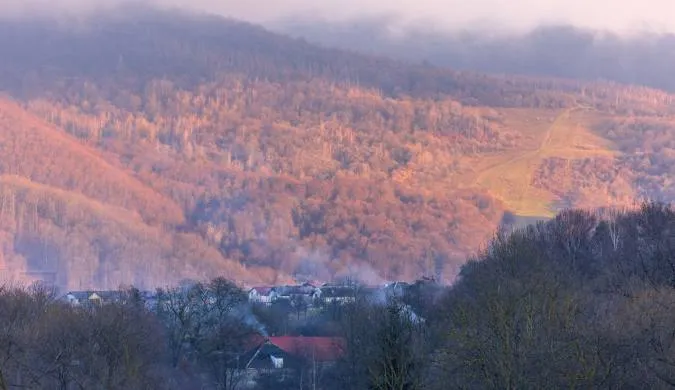
Svalyava
According to the TSK, he fell ill during transportation and then had a fatal stroke in hospital. Serhiy’s widow, Olha Tanalosha, has a different story:
On August 28, he was taken to the military recruitment office. He went there uninjured and without bruises. I immediately went to see him. We were allowed to meet, but only through a fence. He was fine. I didn't see any injuries on August 30 or 31. He kept repeating that they were preparing documents to send him home. For three days I waited for us to go home, but it never happened
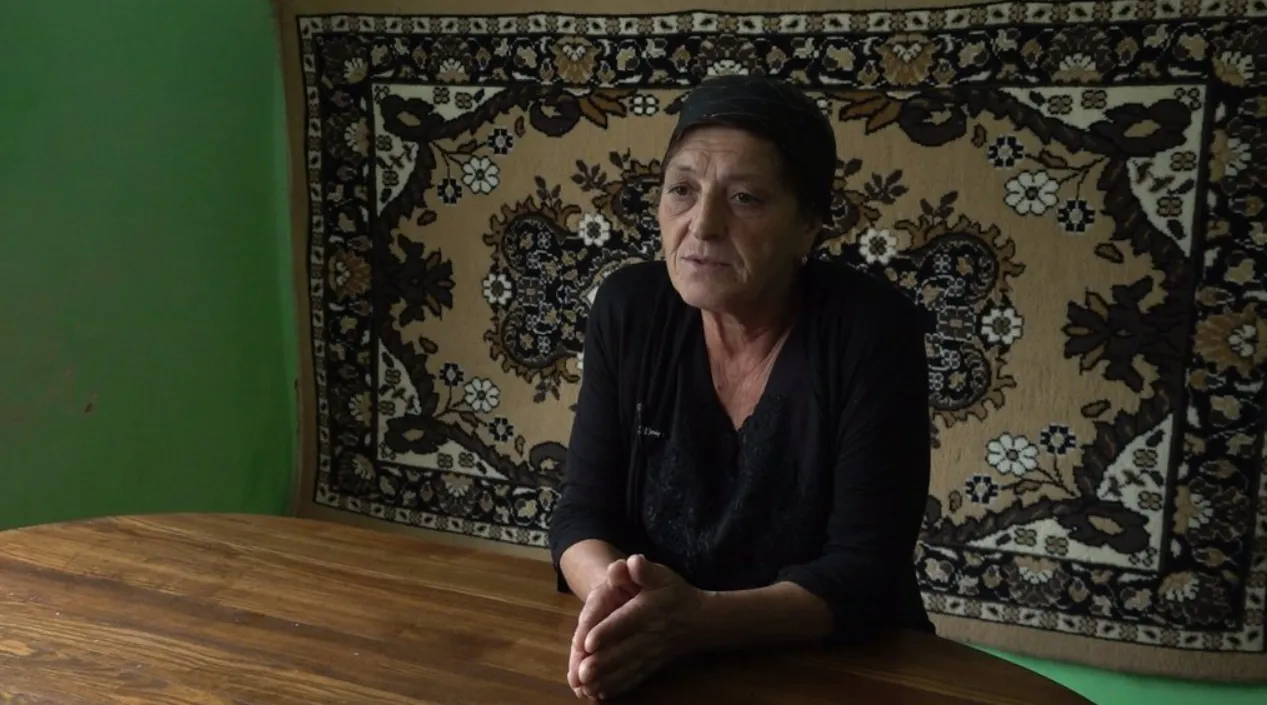
Olha told Suspilne that she noticed signs of beating on her husband’s third day at the TSK. Serhiy also told her he had been beaten during a brief meeting. Olha told Suspilne:
On Sunday, September 1, I went to see him and saw that he was badly beaten and limping, with a broken nose and a bruise under his right eye. He was taken away, and the same military officer who transported him explained to me that Serhiy was going to the police to file a report about who had beaten him. But things didn’t turn out that way...
The head doctor of the Svalyava City hospital confirmed that Serhiy was brought to the hospital unconscious and CT scans revealed intracranial hemorrhage.
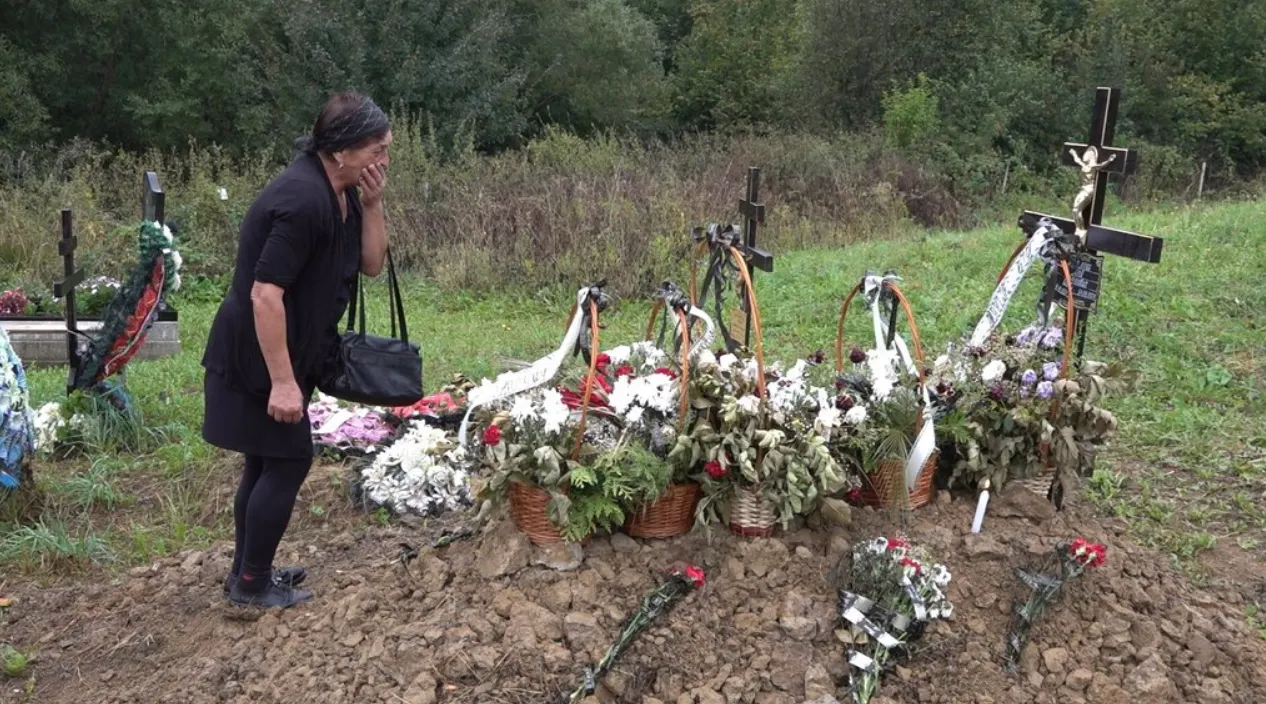
Regional law enforcement claims it is looking into the matter. But there have been many such cases, especially in this desperately poor part of the country. And the TSK hardly feels threatened - it publicly sticks to its standard story in such cases, that they had nothing to do with Serhiy’s death. Olha also claims that her late husband was medically unfit for service - not that this has ever stopped the mobilization officers.
What struck me most from the video interviewing Olha was where she laid out her late husband’s remains in her modest dwelling - ‘all I have left to remember him’:
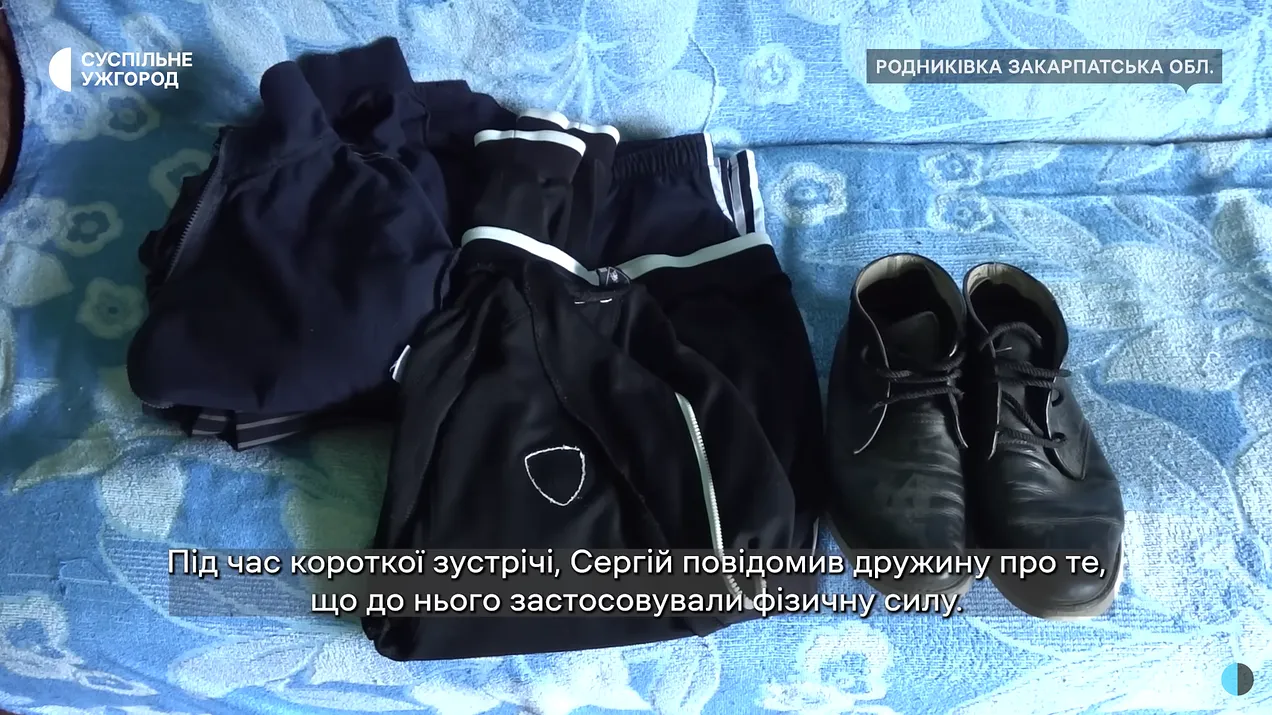
An adidas tracksuit and old black shoes - Serhiy was dressed like the man I met. Like the man I talked to, Olha speaks in a very ‘Carpathian’ Ukrainian - so much so that the patriotic Suspilne subtitles her speech with the ‘correct’ Ukrainian (though honestly, it is easily understandable).
Serhiy also looks like the man I met, with the face of a man worn down by years of hard work. This is what 53 years looks like in Ukraine.
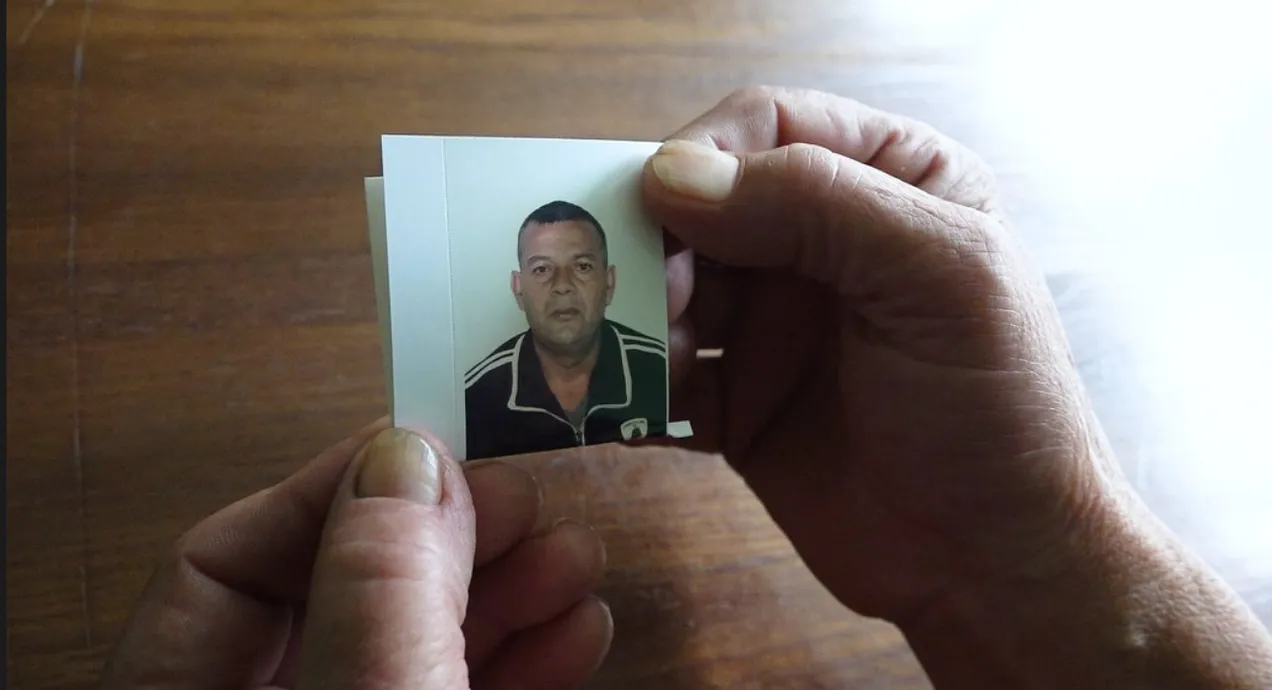
Younger, younger!
On October 4, parliamentarian Roman Kostenko once again called on the government to begin mobilizing men aged 20 years and older. Kostenko, secretary of the parliamentary security and defense committee, stated the following in a TV interview:
“US congressmen call me all the time and say
"We give you weapons, and you say you don't have enough people. How is it that you don't conscript people under 25? How does that even work?"
"It's hard for me to answer, I don't know why,"
(Paywall with free trial)
https://eventsinukraine.substack.com/p/ ... corruption
*****
A Forbes Contributor Fears That A Ceasefire Will Lead To A Pro-Russian Fascist Coup In Ukraine
Andrew Korybko
Oct 11, 2024
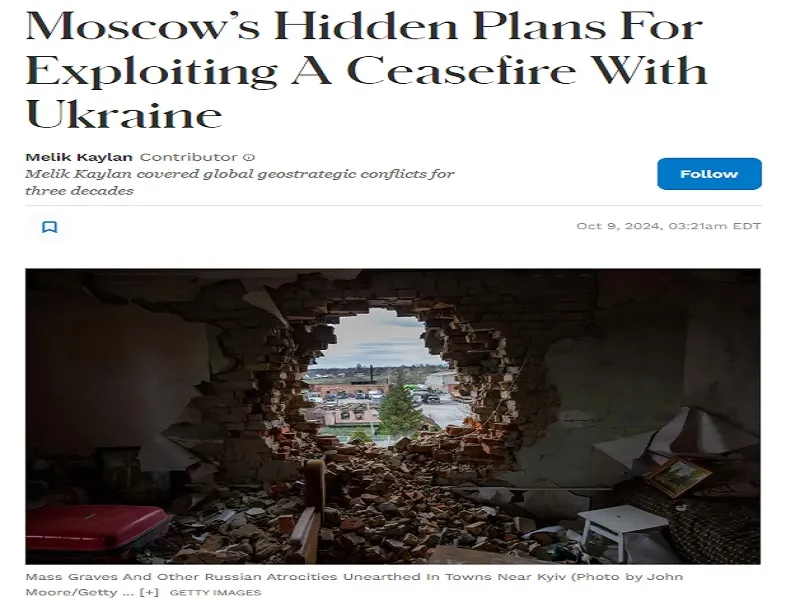
Most Westerners already know that Ukrainian nationalists fiercely hate Russia so they’re unlikely to fall for the fantasy that he’s peddling to scare them away from supporting a ceasefire.
Forbes contributor Melik Kaylan, who’s described by that outlet as having covered global geostrategic conflicts for three decades, published a highly speculative piece last week about “Moscow’s Hidden Plans For Exploiting A Ceasefire With Ukraine”. He predicts that “ultra-nationalist elements of the army (will) revolt and stage a coup against Zelensky for giving away Donbas and Crimea” if there’s a ceasefire, after which they’ll align with Russia due to being subjected to its propaganda and aliened by the West.
According to Kaylan, versions of this approach have been employed by Russia in the past in Georgia and Armenia, the first by supposedly meddling in its 2013 elections to get conservative-nationalists elected and the second after pro-Russian veterans of the original Karabakh War came to power. These are imperfect comparisons though since neither had a military coup nor were the nationalist who came to rule those countries driven by anti-Russian sentiment like is the case with most Ukrainian nationalists.
While there do indeed still exist some representatives of that ideology’s moderate school, in the sense of those who are proud of the regional identity that’s formed around their lands over the centuries but aren’t obsessed with hating Russia, the radicals still far outnumber them. It’s therefore unrealistic to imagine that there are enough moderates in the army to attempt a coup, that they wouldn’t be stopped by the radicals, and then their new regime will successfully repair ties with Russia.
What’s much more likely is that the radicals among them might attempt a coup if there’s a ceasefire, perhaps with the support of the SBU, though it wouldn’t be for pro-Russian purposes but to perpetuate the conflict that they’re doomed to lose anyhow in order to become “martyrs” for their cause. Even if that doesn’t unfold or fails, there’s no way that they’d sit back and let moderates take over the armed forces and then repair ties with Russia. They’d either rise up on their own or be ordered to by the US.
By seeding the false narrative that a ceasefire could lead to a pro-Russian coup, however, Kaylan is trying to scare the Western public away from embracing this scenario that’s increasingly being discussed. He’s hoping that Forbes’ perceived authority will reduce the chances that they’d question his words, but most Westerners already know that Ukrainian nationalists fiercely hate Russia. They remember Russia calling them Nazis and then their own governments defending them as “patriotic freedom fighters”.
Nobody will therefore be fooled by what he wrote, but it’s also possible that these weren’t solely his own ideas and that he was instead tasked by hawkish members of America’s permanent military, intelligence, and/or diplomatic bureaucracies (“deep state”) with seeding this on their behalf. If that’s the case, then media figures might soon start talking about this too, all with the same intent no matter how ridiculous their forecast sounds to friends and foes alike.
Conspicuously absent from his prediction is any reference to the hundreds of billions of dollars that the West gave Ukraine, which bought them lots of influence within the Ukrainian “deep state”, thus raising questions about why their proxies wouldn’t stop a pro-Russian fascist military coup. The more that one thinks about it, the less that Kaylan’s fears make any sense, which exposes him as a propagandist whose only purpose is to fearmonger about the ceasefire scenario that more Westerners are now supporting.
https://korybko.substack.com/p/a-forbes ... ars-that-a
*****
Russian troops have begun the second phase of an active counteroffensive in the Kursk region
Mash: Russian Armed Forces have begun the second phase of an active counteroffensive in the Kursk region
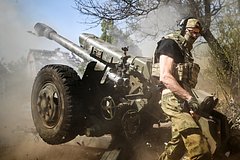
Photo: Sergey Bobylev / RIA Novosti
The Russian Armed Forces have begun the second phase of an active counteroffensive in the Kursk region, writes the Telegram channel Mash.
According to the channel, Russian military personnel have already taken control of the village of Lyubimovka and the Sudzha-Korenevo road, which Ukrainian troops used to supply their units.
As stated in the publication, the majority of the military of the Armed Forces of Ukraine (AFU) in the Kursk border area are leaving their positions and fleeing towards Ukraine.
At that time, Russian paratroopers took the village of Zeleny Shlyakh without a fight, which the Ukrainian military had captured on the first day of the invasion of the Kursk region and attacked civilian settlements from there. The Russian Armed Forces also took control of Nizhny Klin , Mash reports, citing military bloggers.
Along with this, the channel reports that during the liberation of the Kursk border area by Russian troops, the Ukrainian Armed Forces lost a large number of their soldiers.
Earlier, military blogger Yuriy Podolyaka reported that Russian troops had begun to "break through along the entire front" in the Kursk region. According to him, Ukrainian Armed Forces fighters in the village of Lyubimovka were cut off from the rest of the enemy formations.
https://lenta.ru/news/2024/10/10/rossiy ... 72252e7b64
Google Translator

